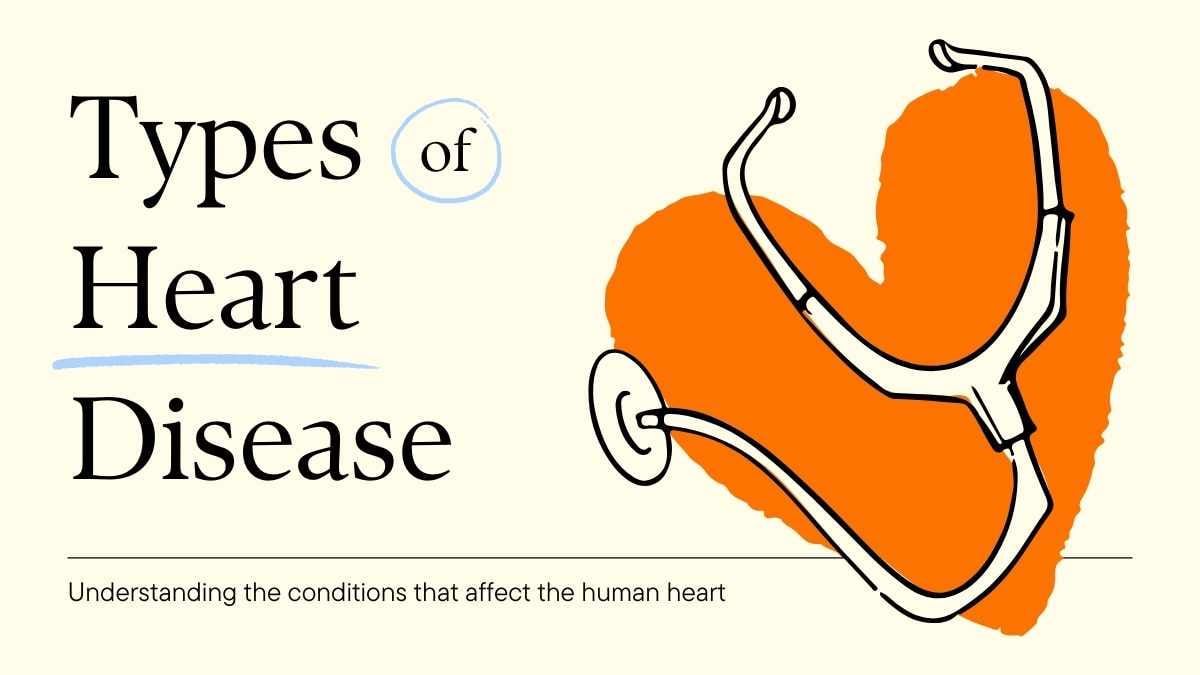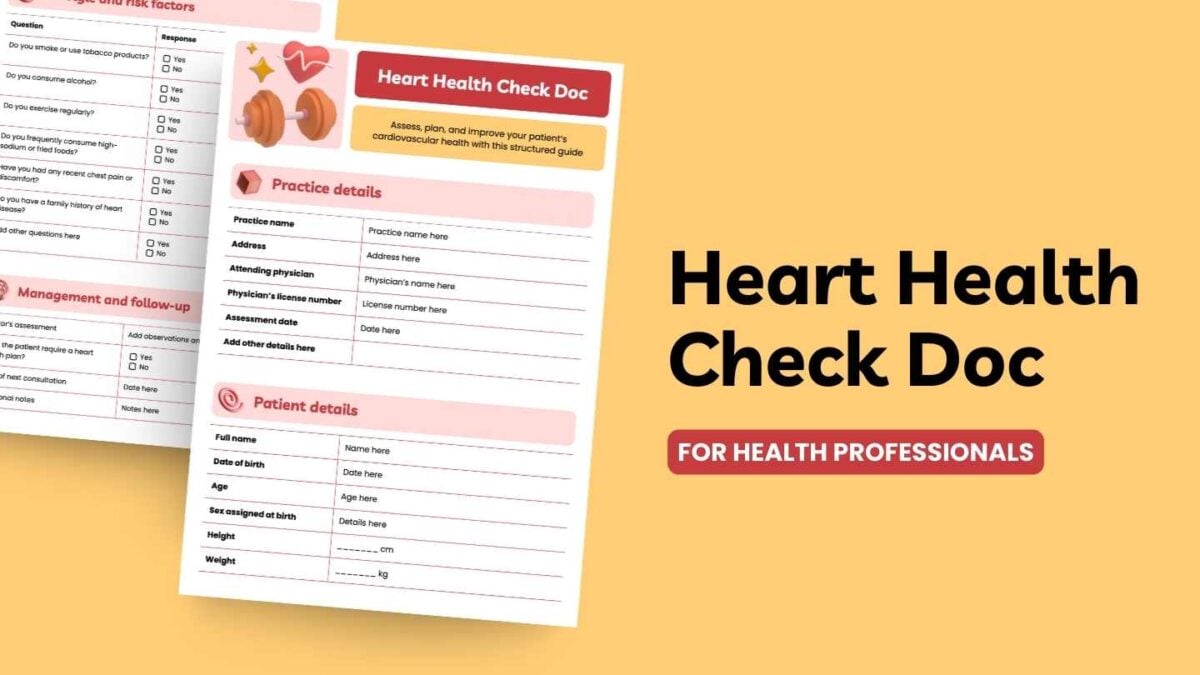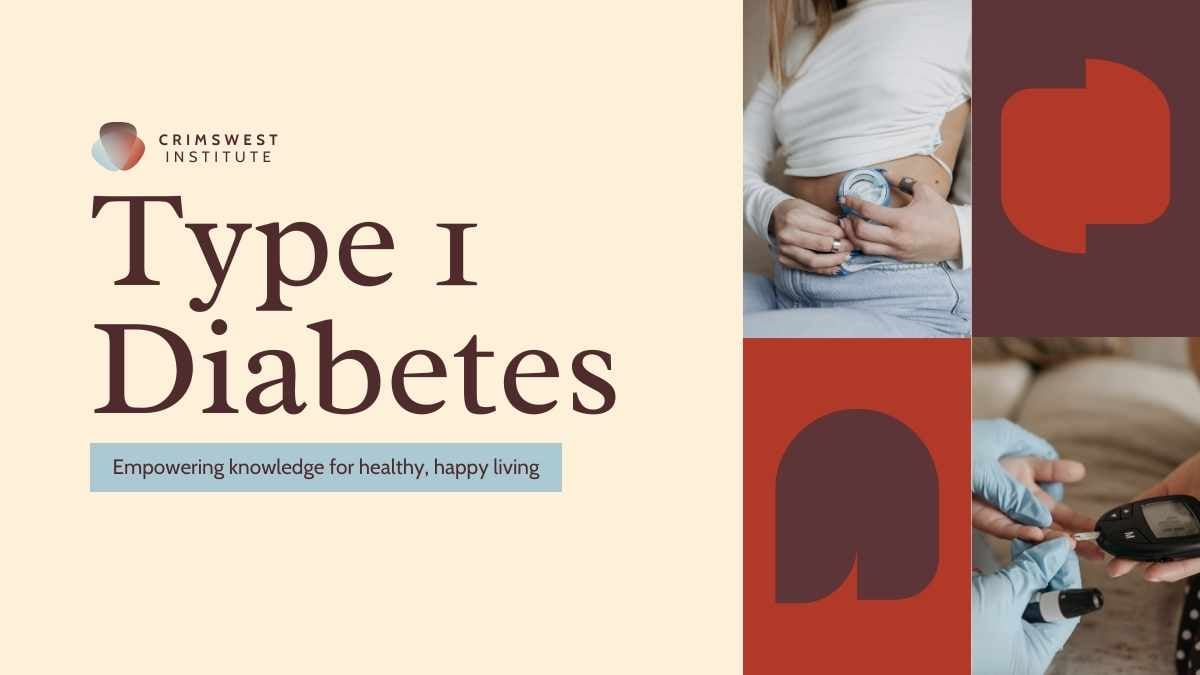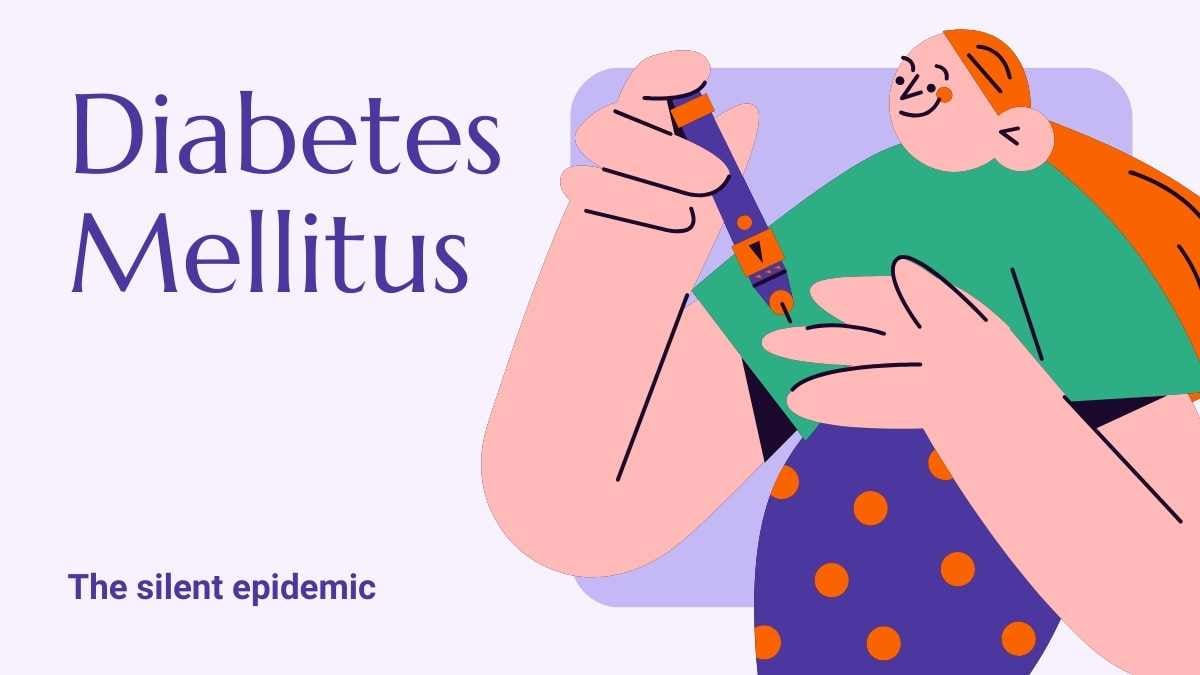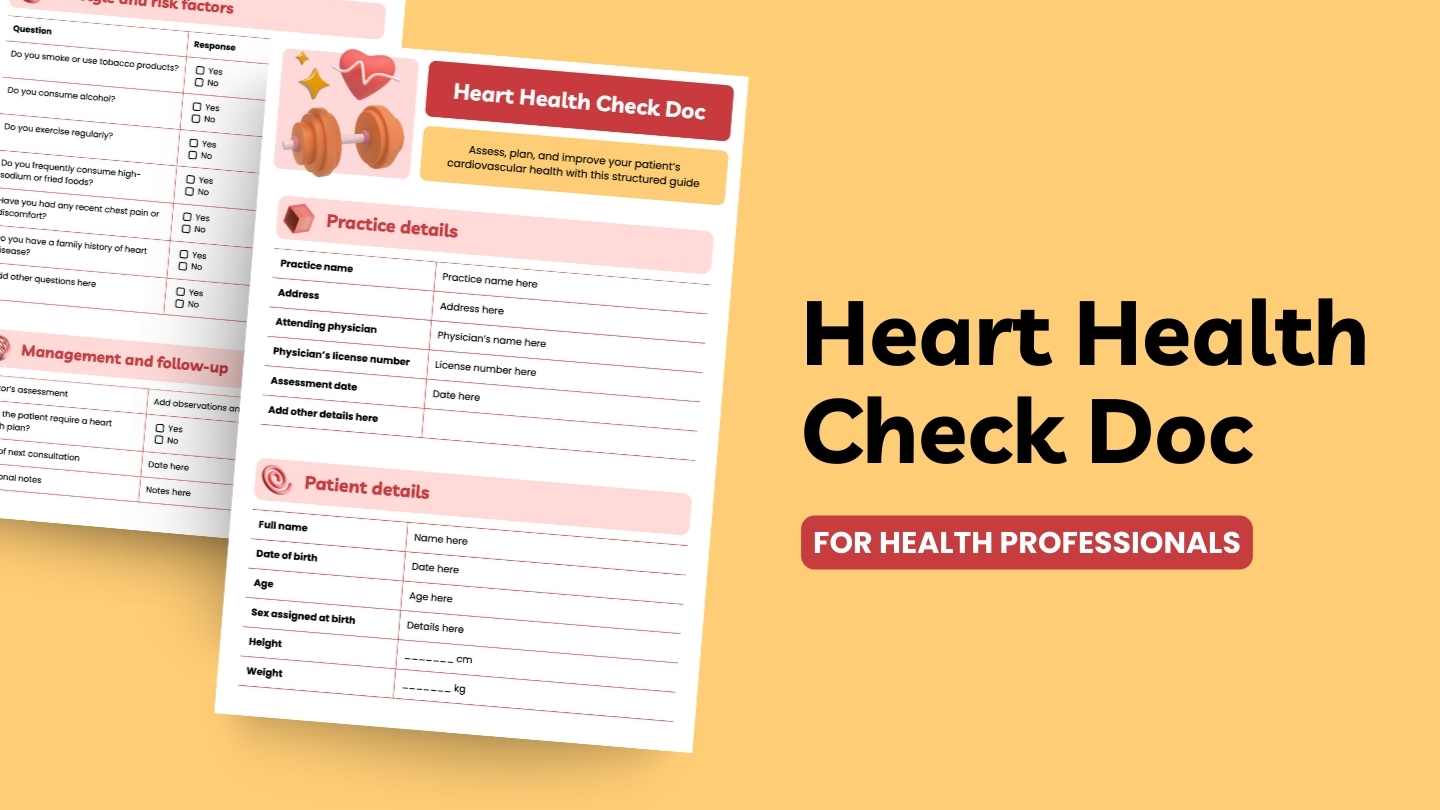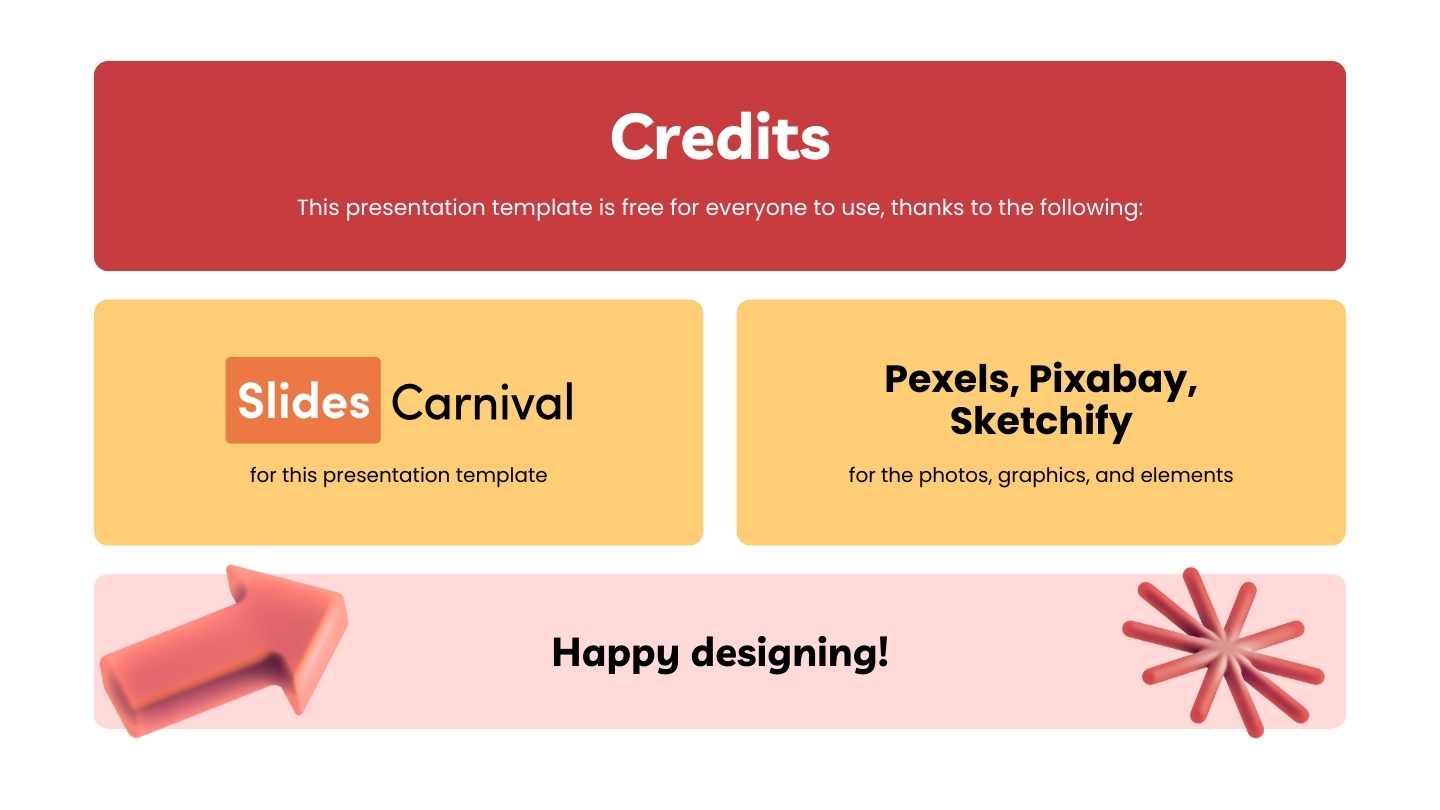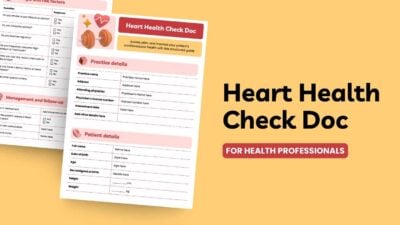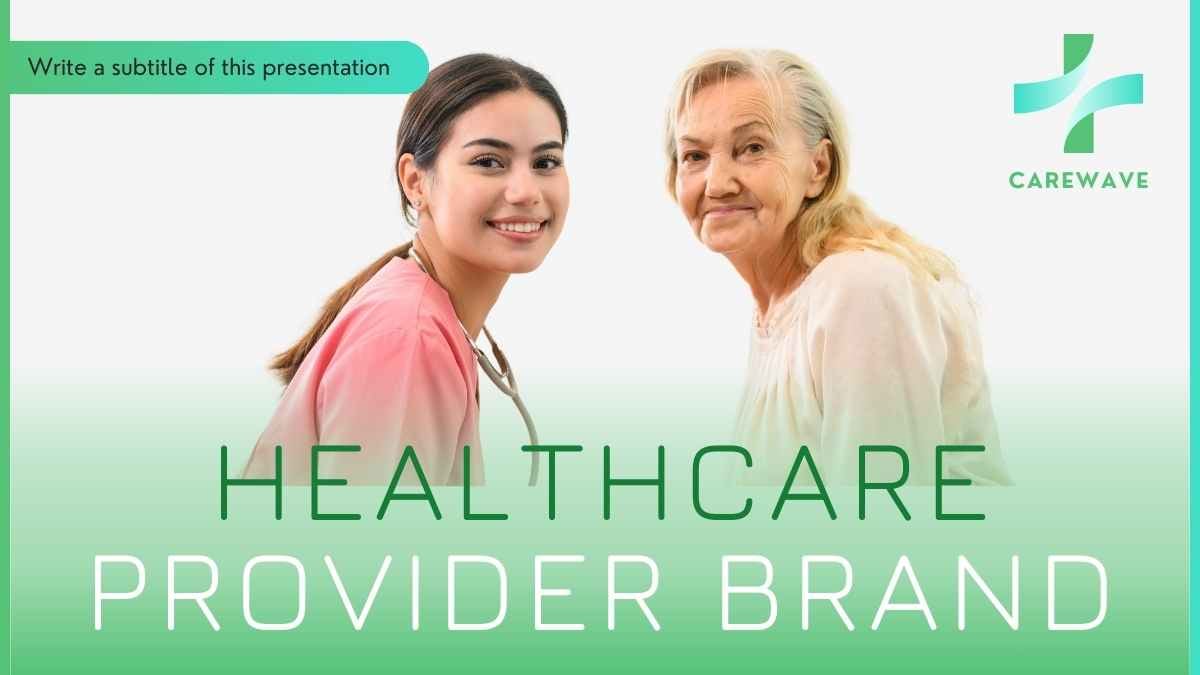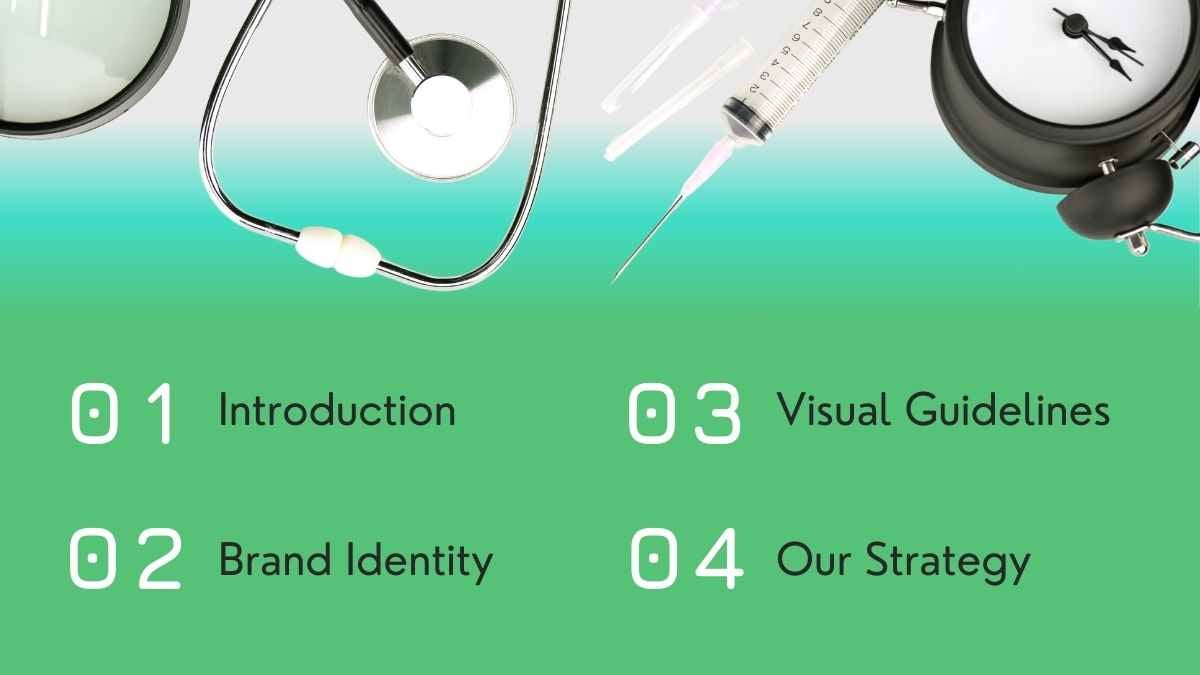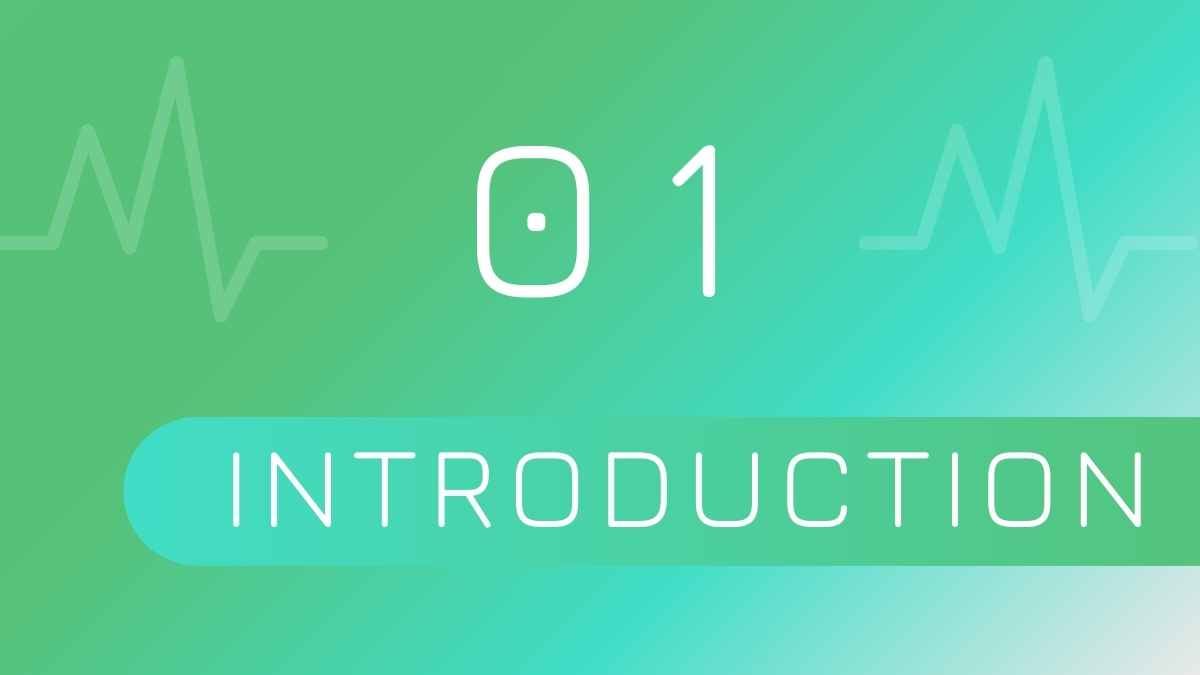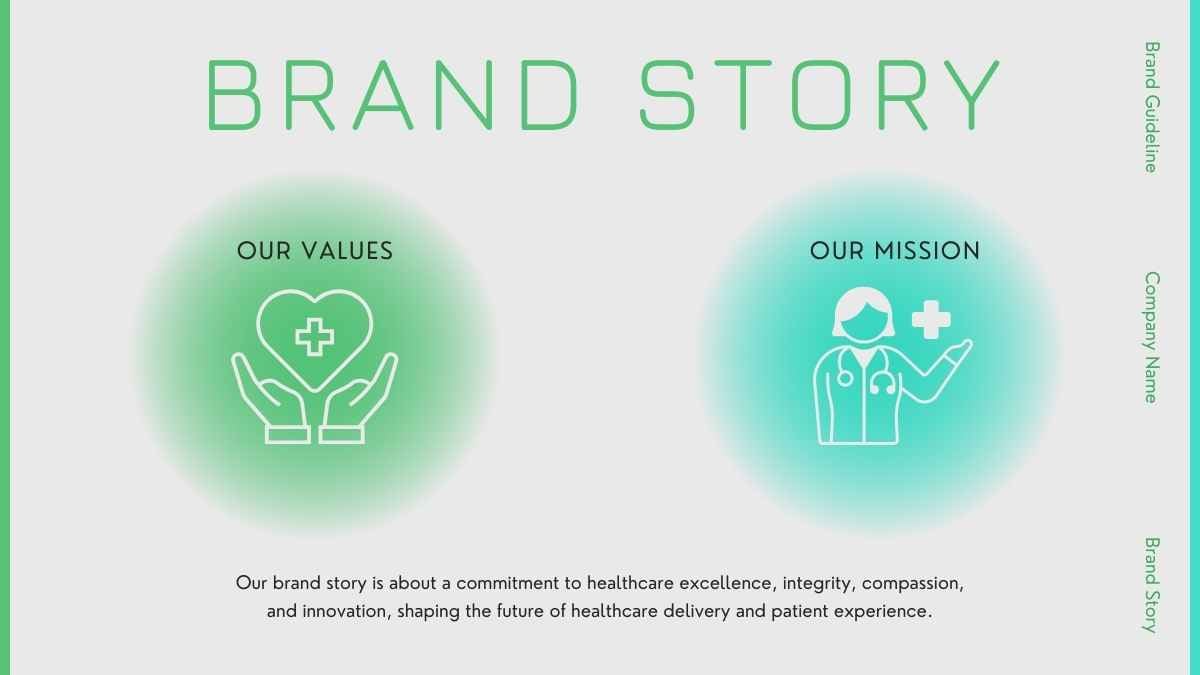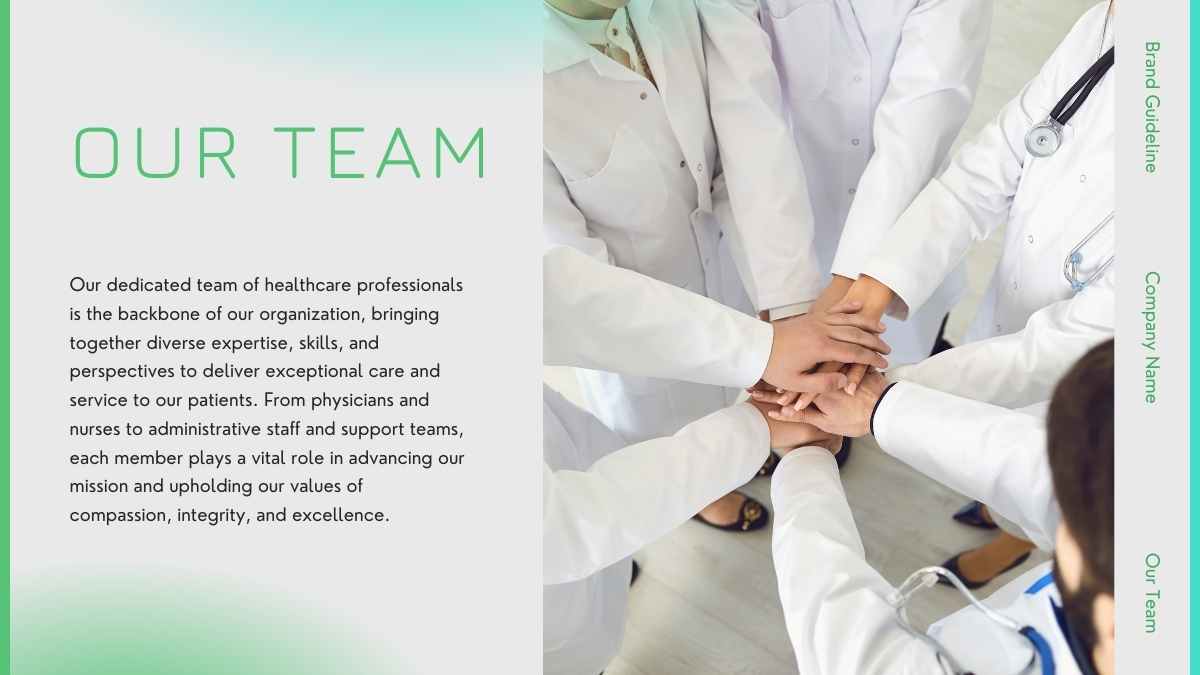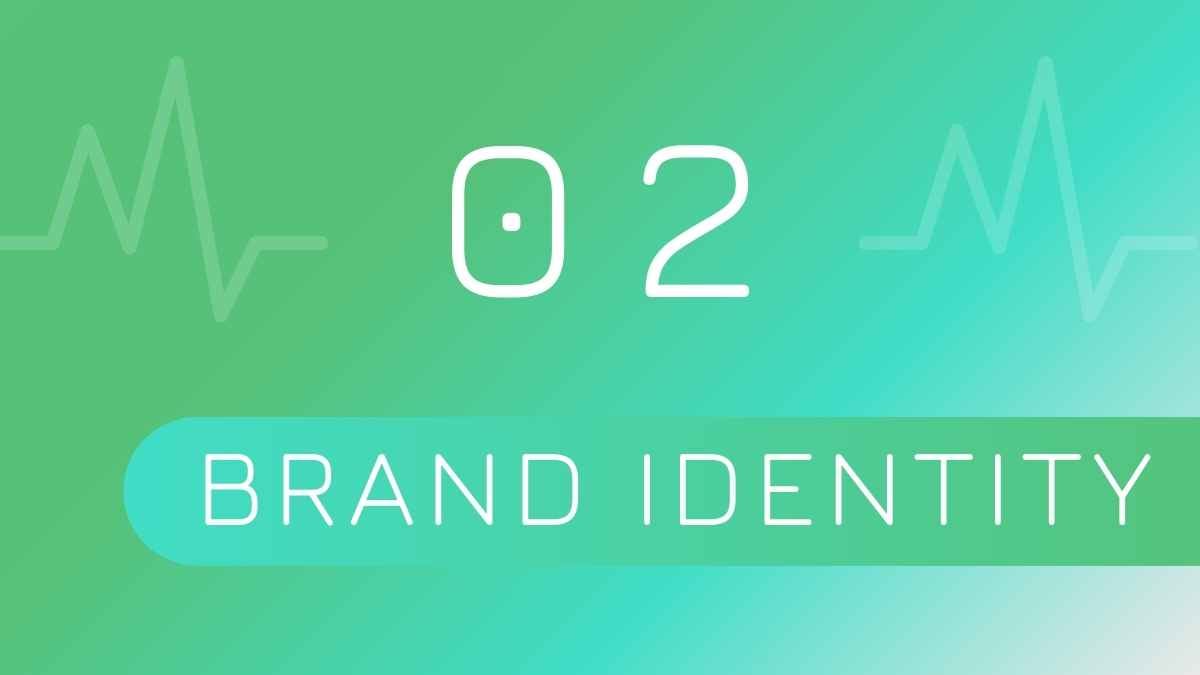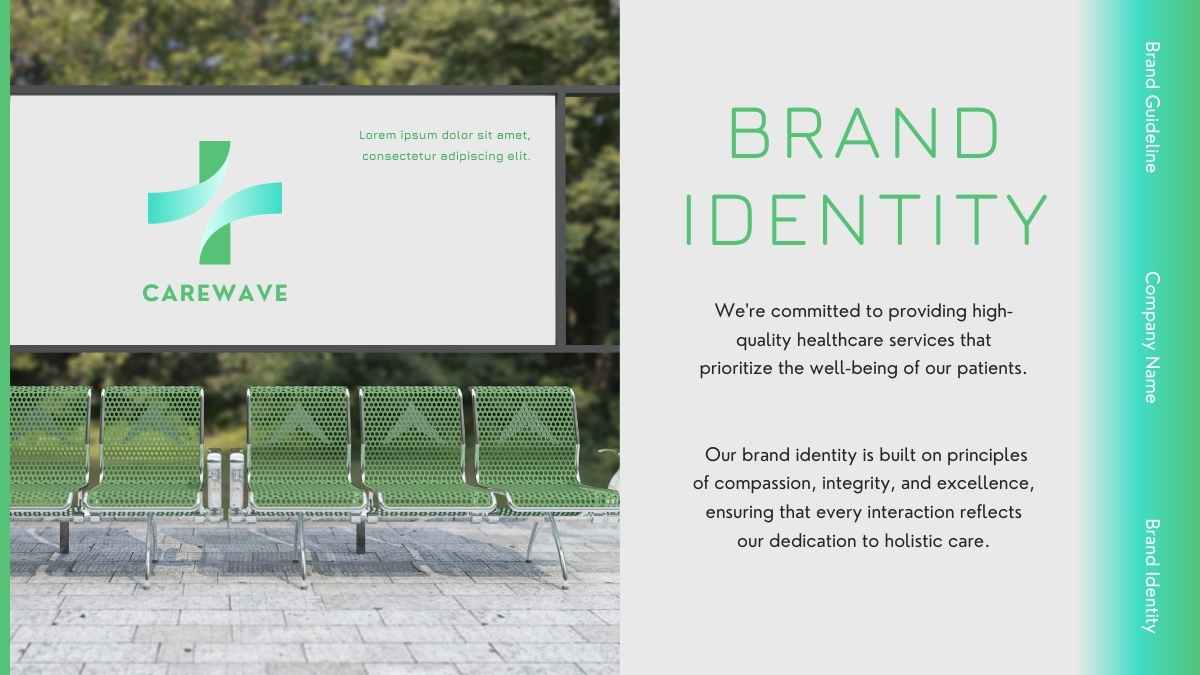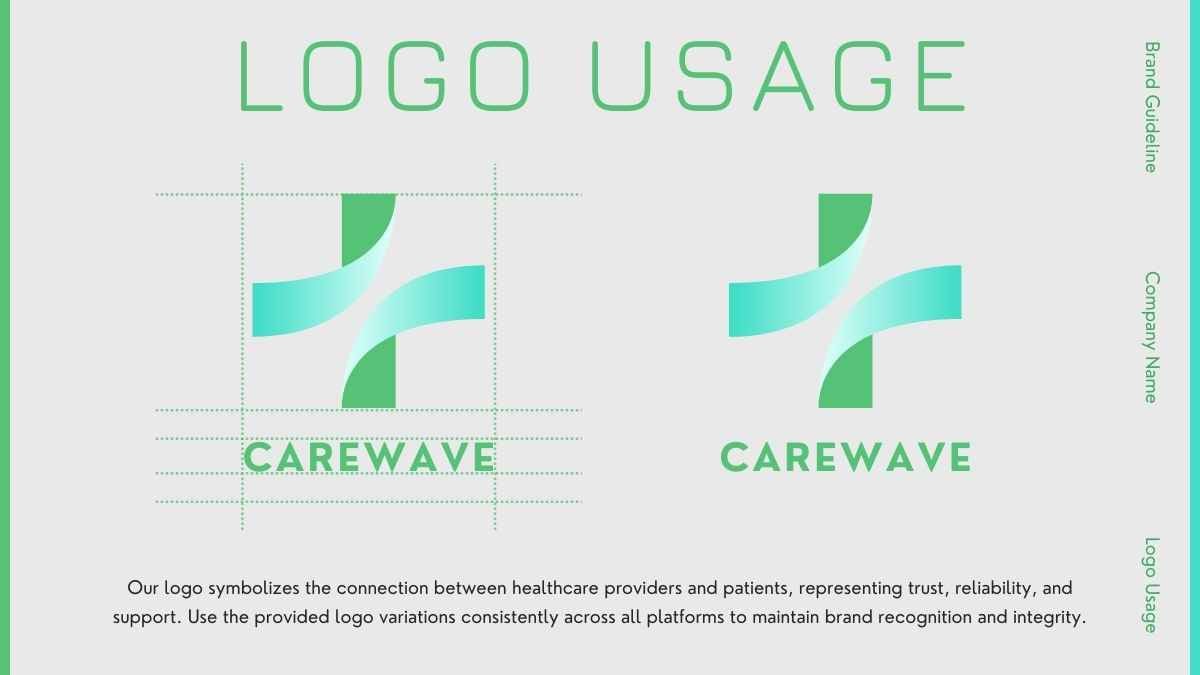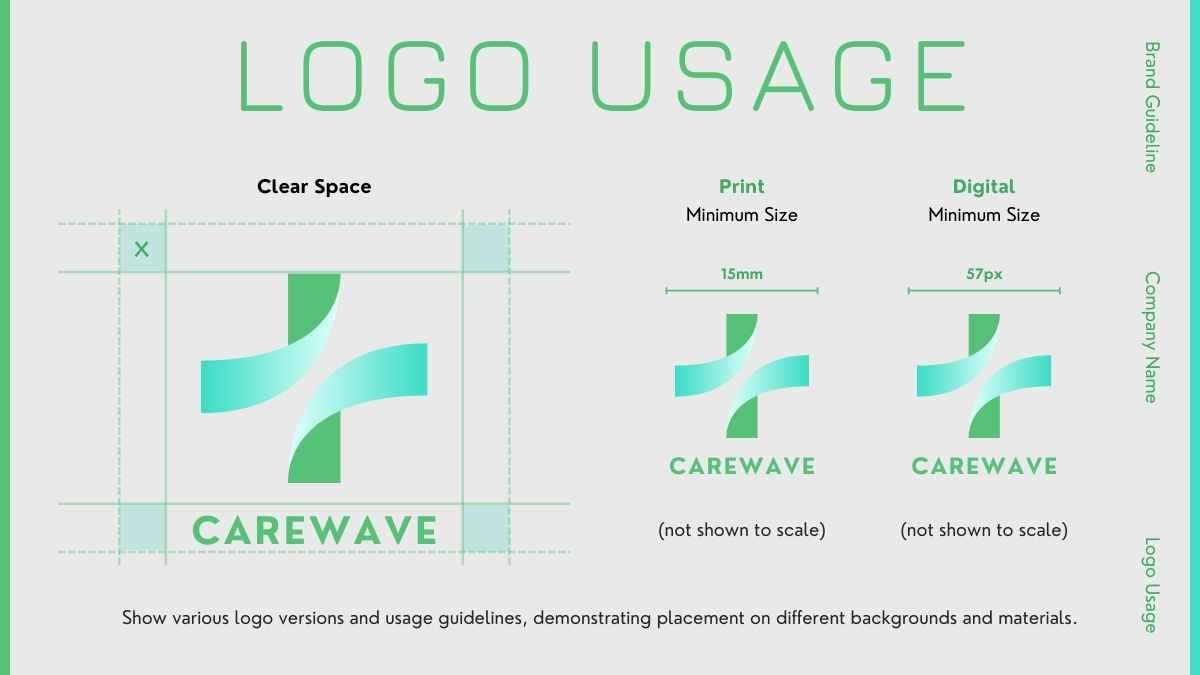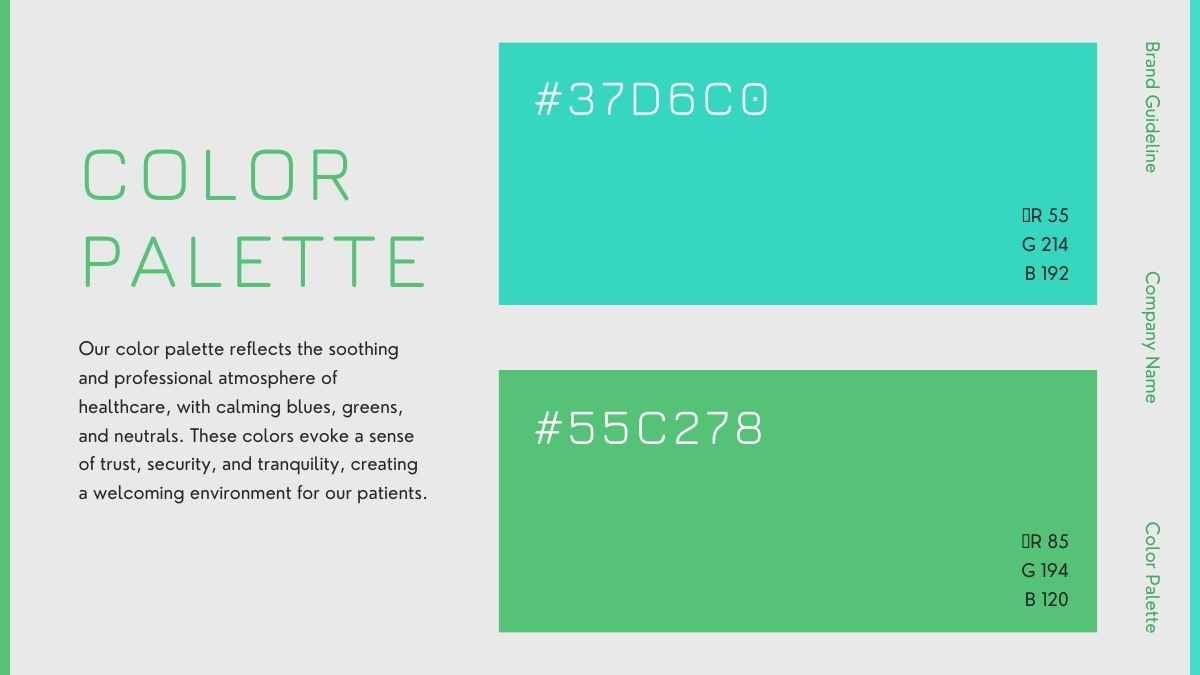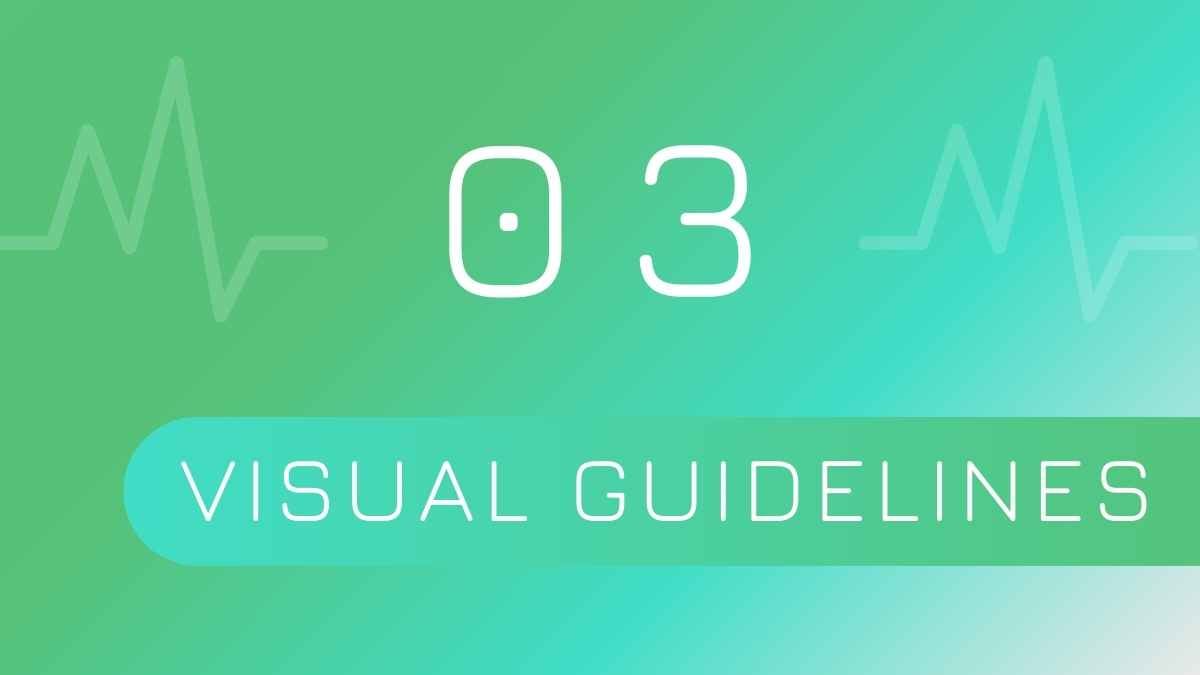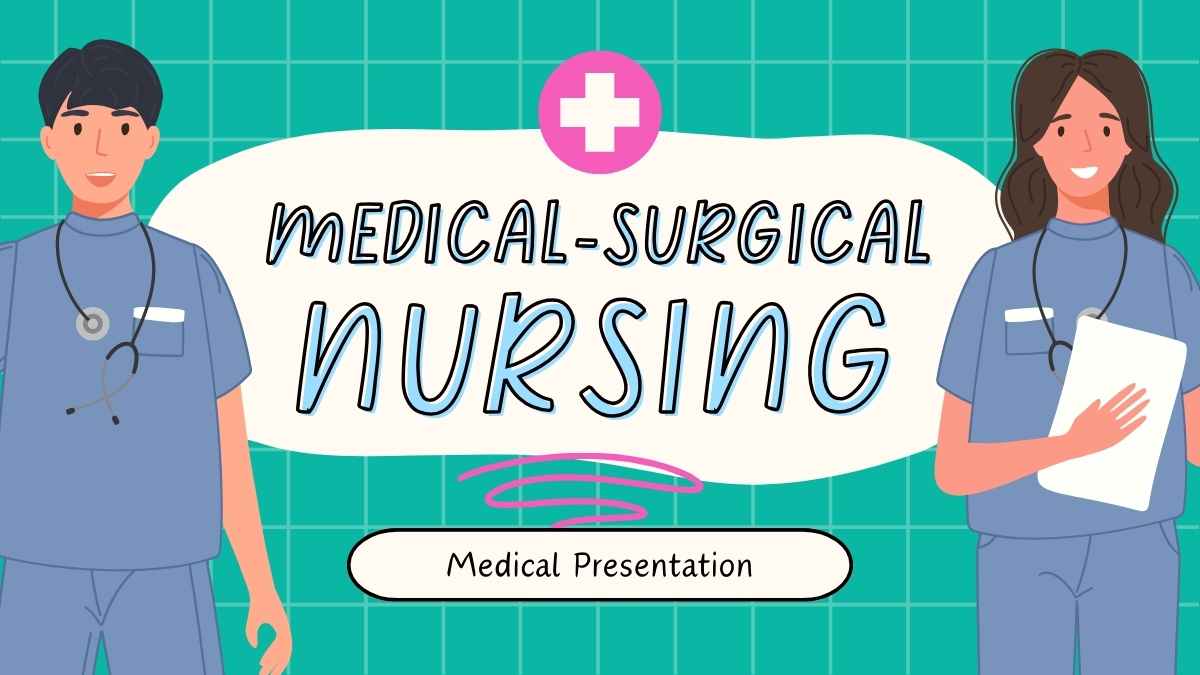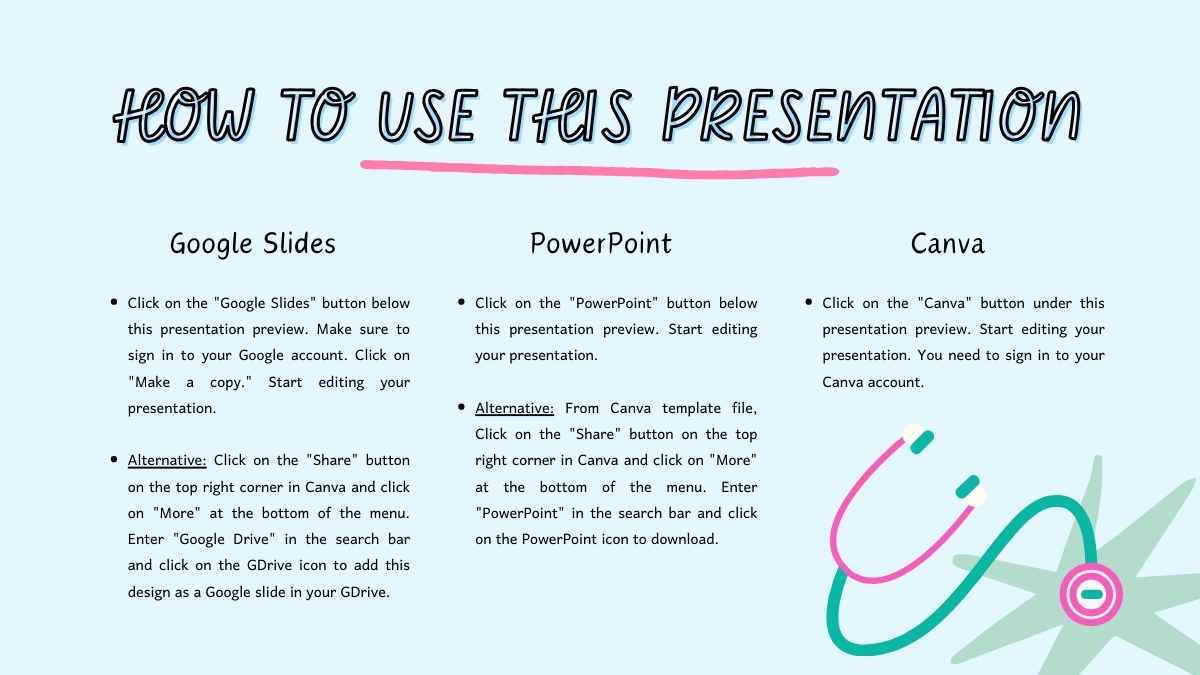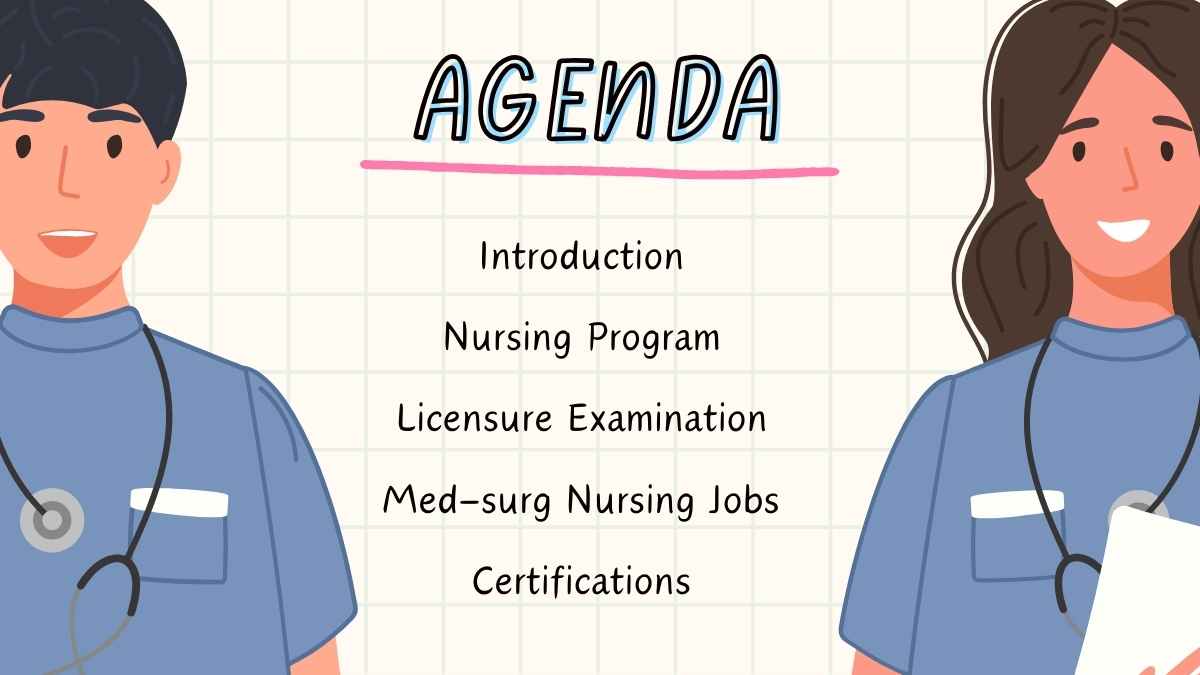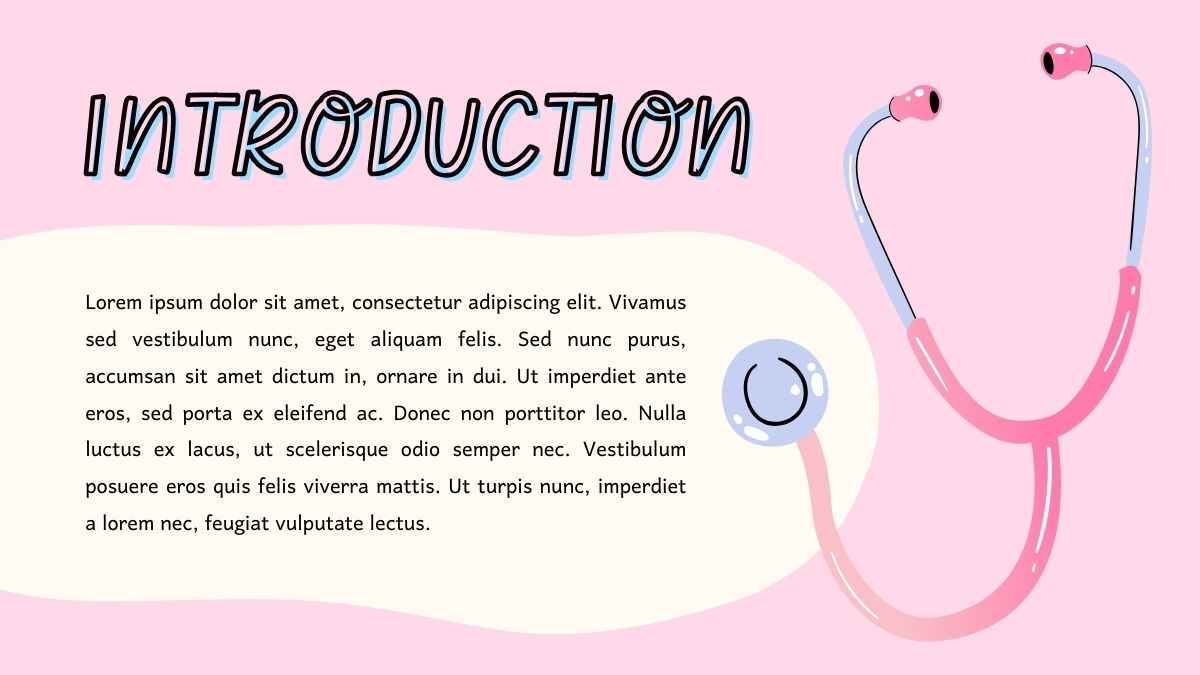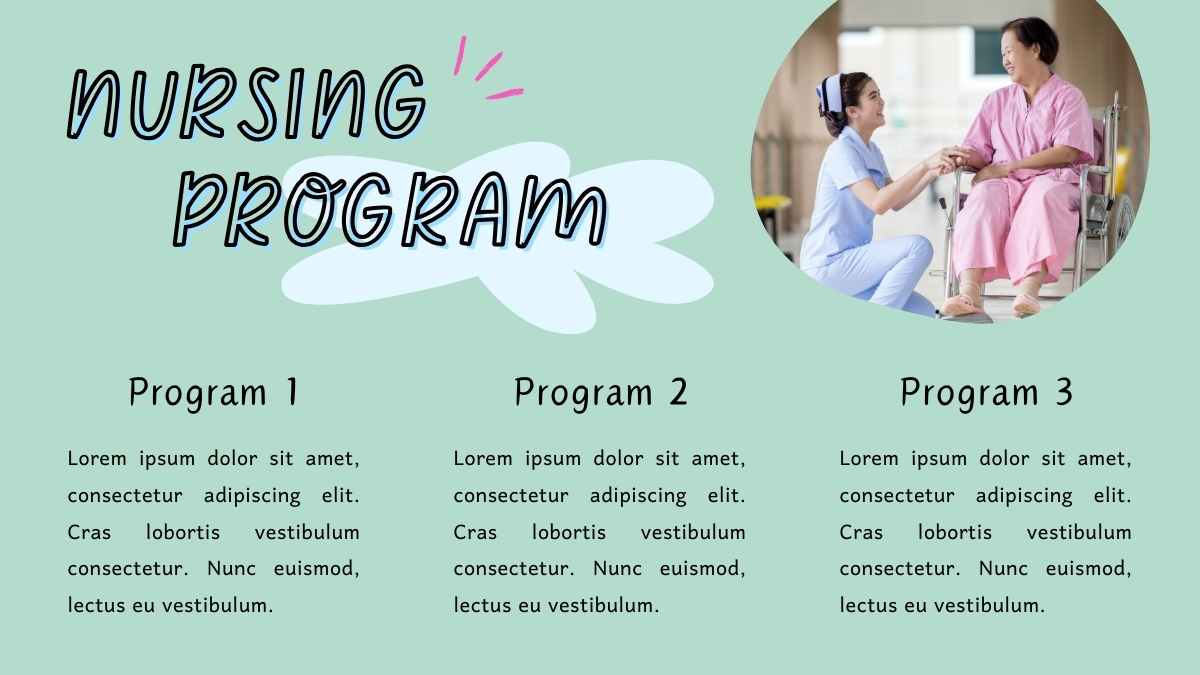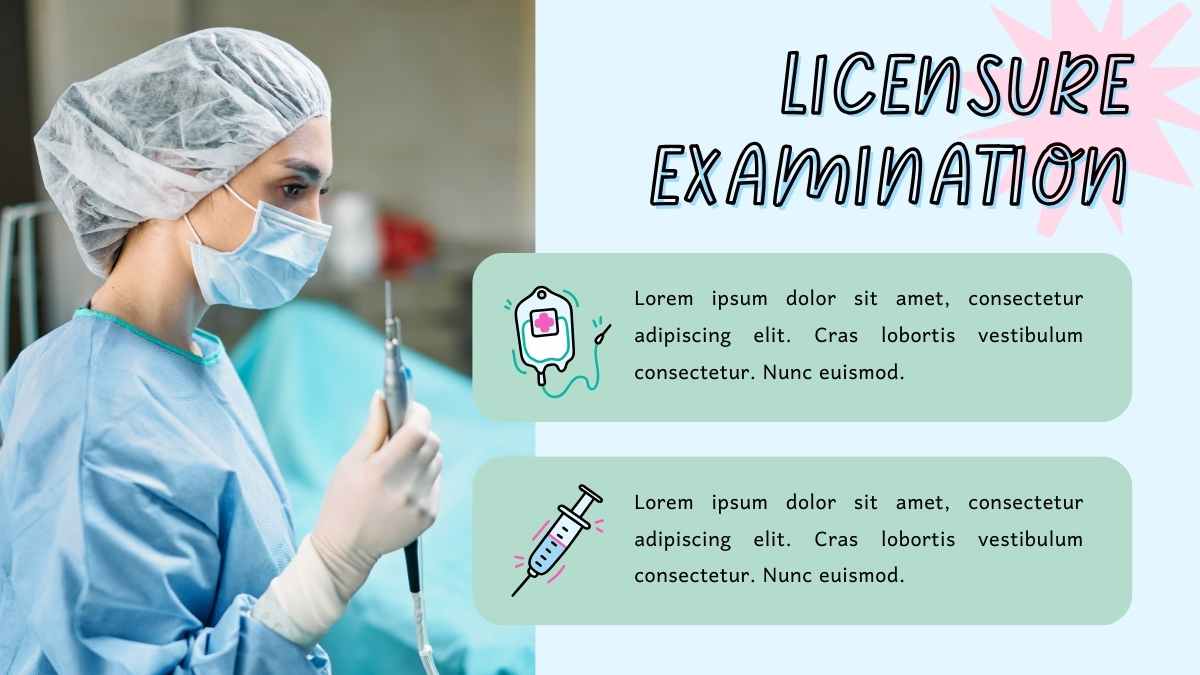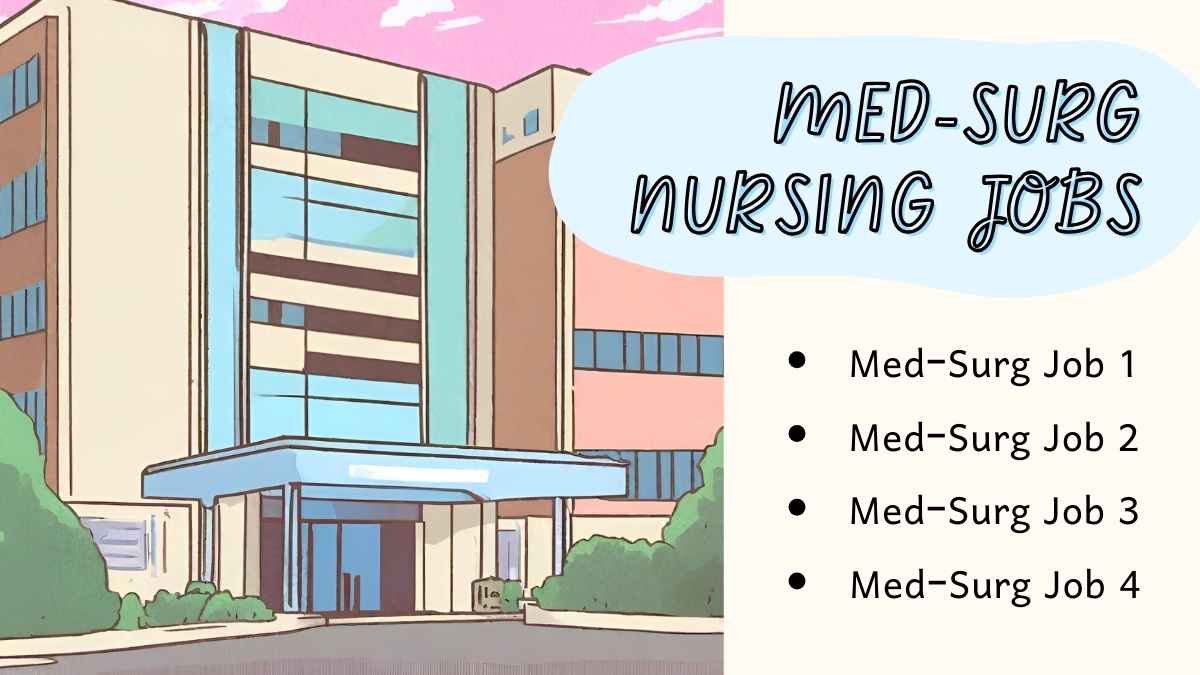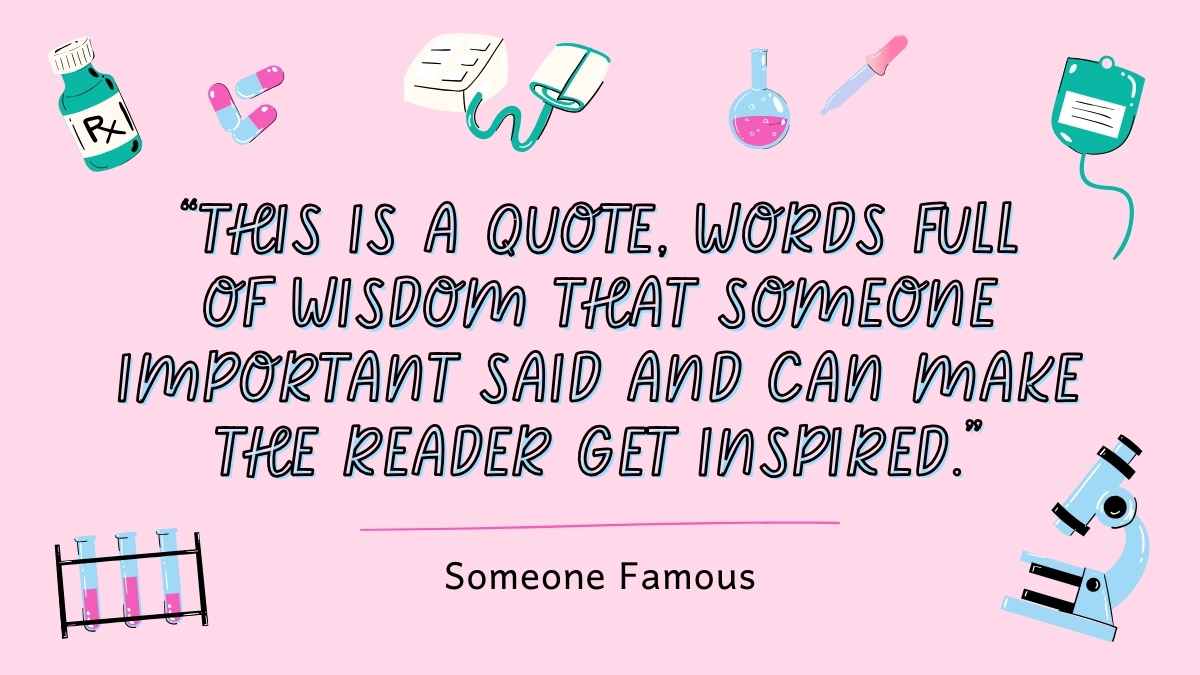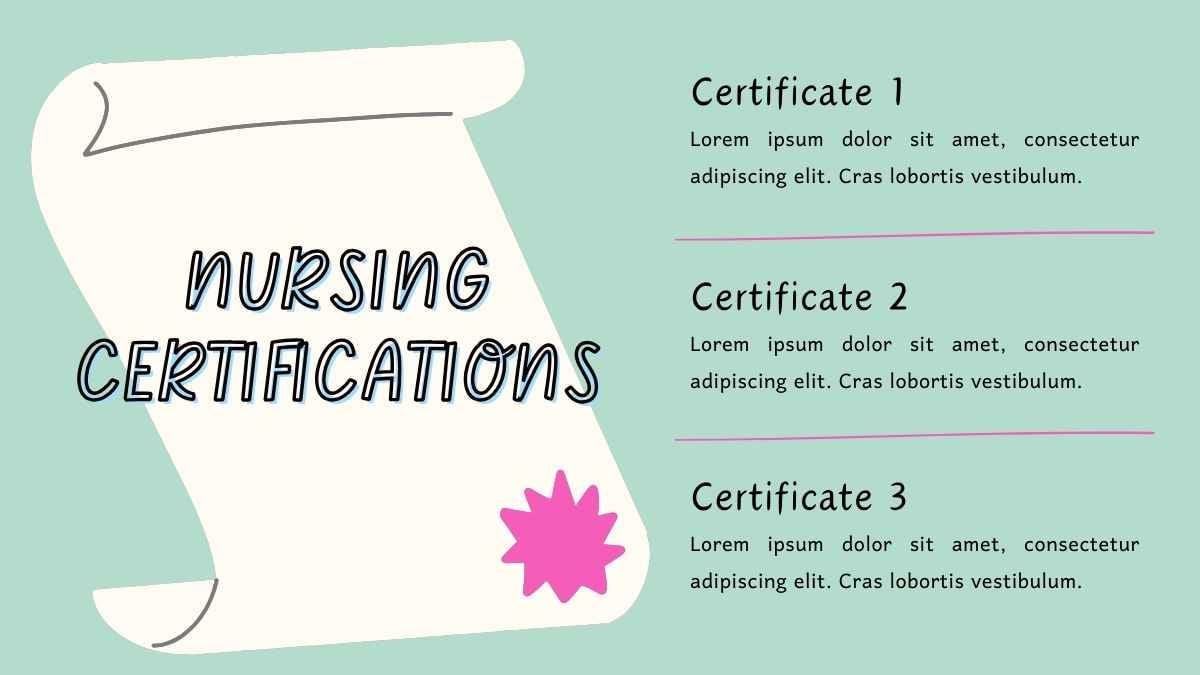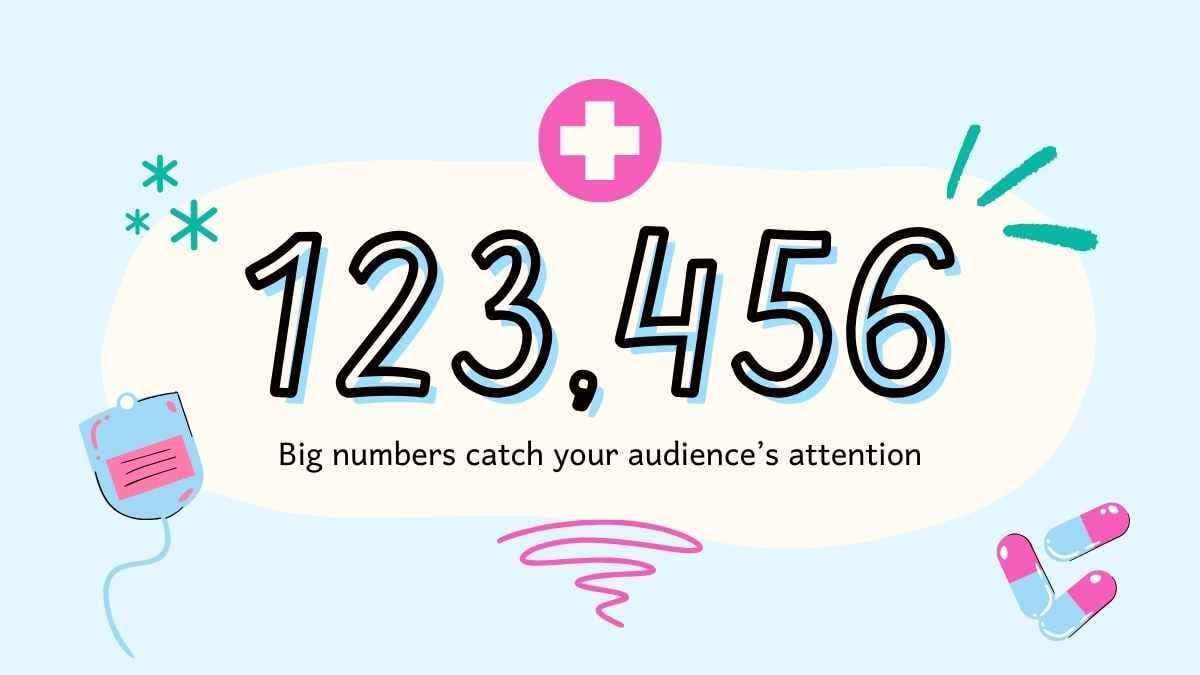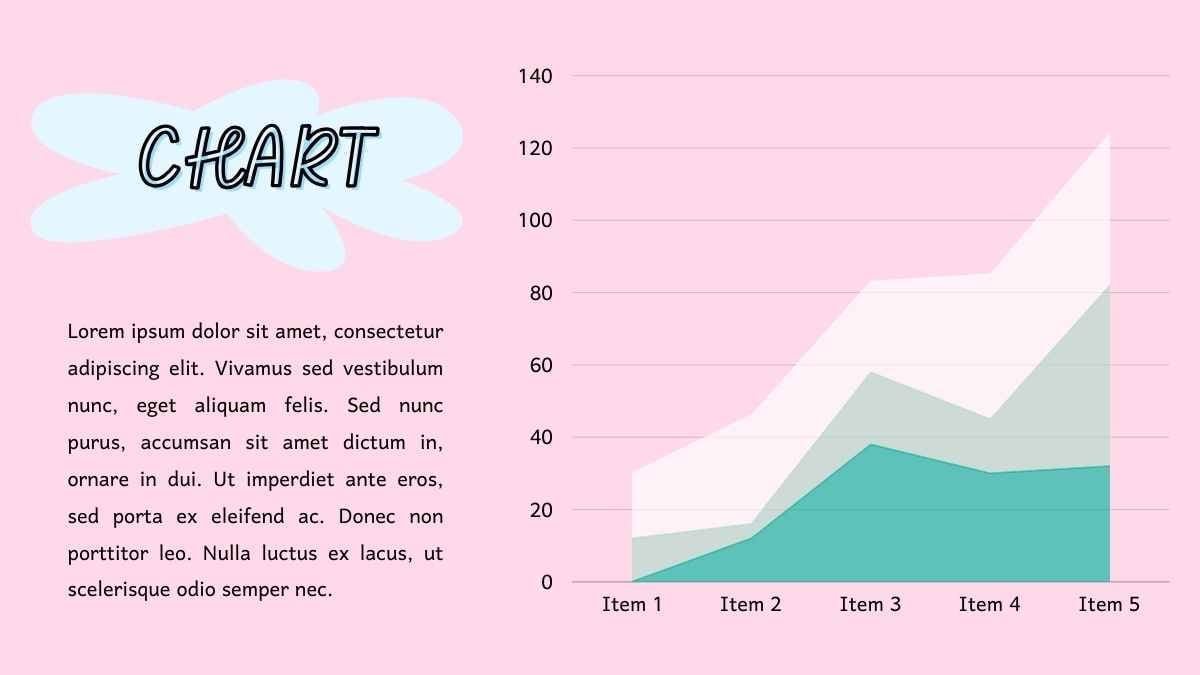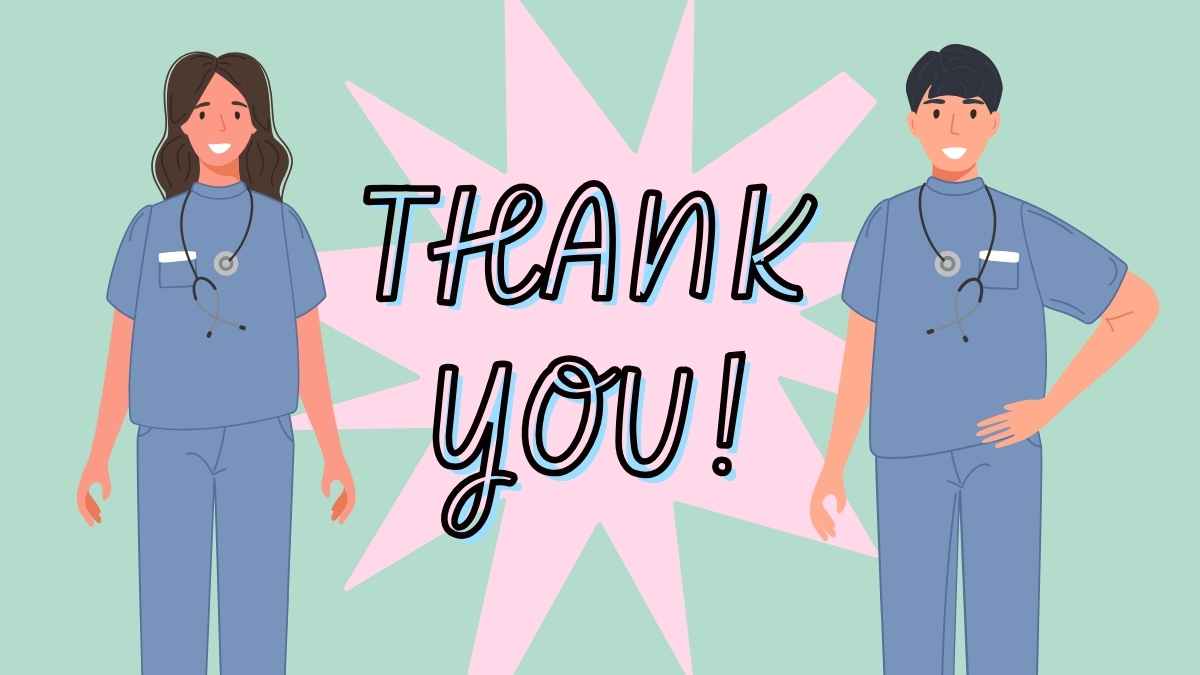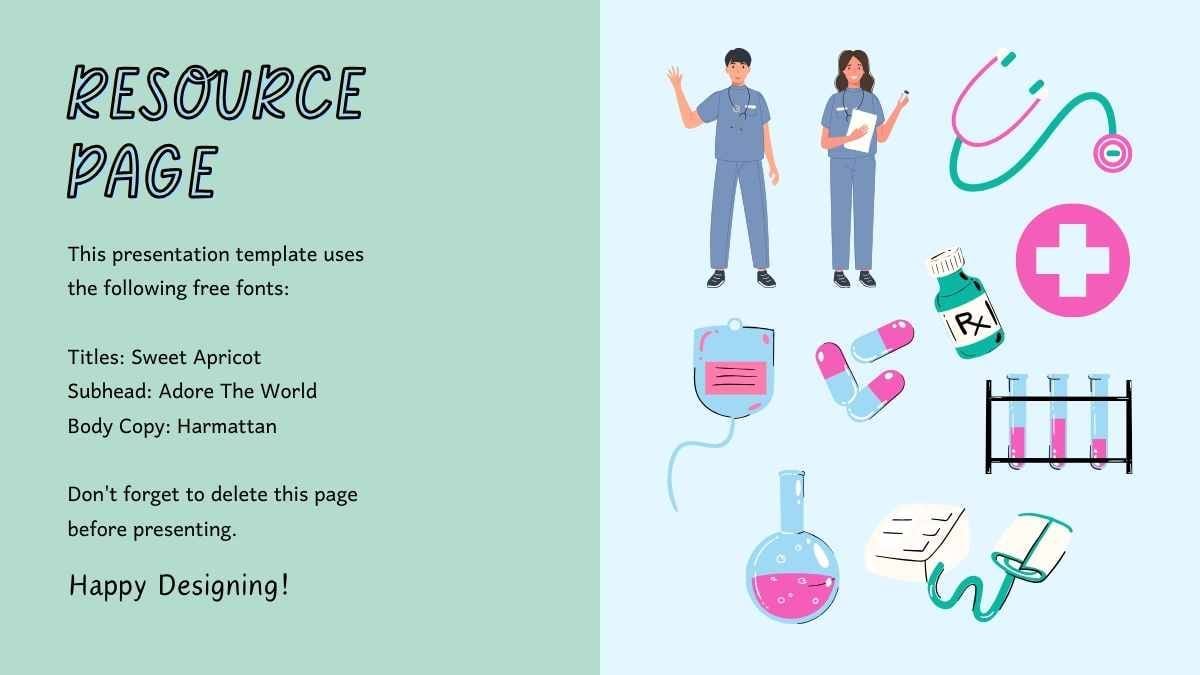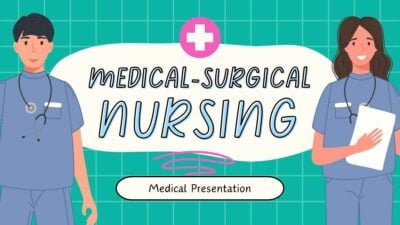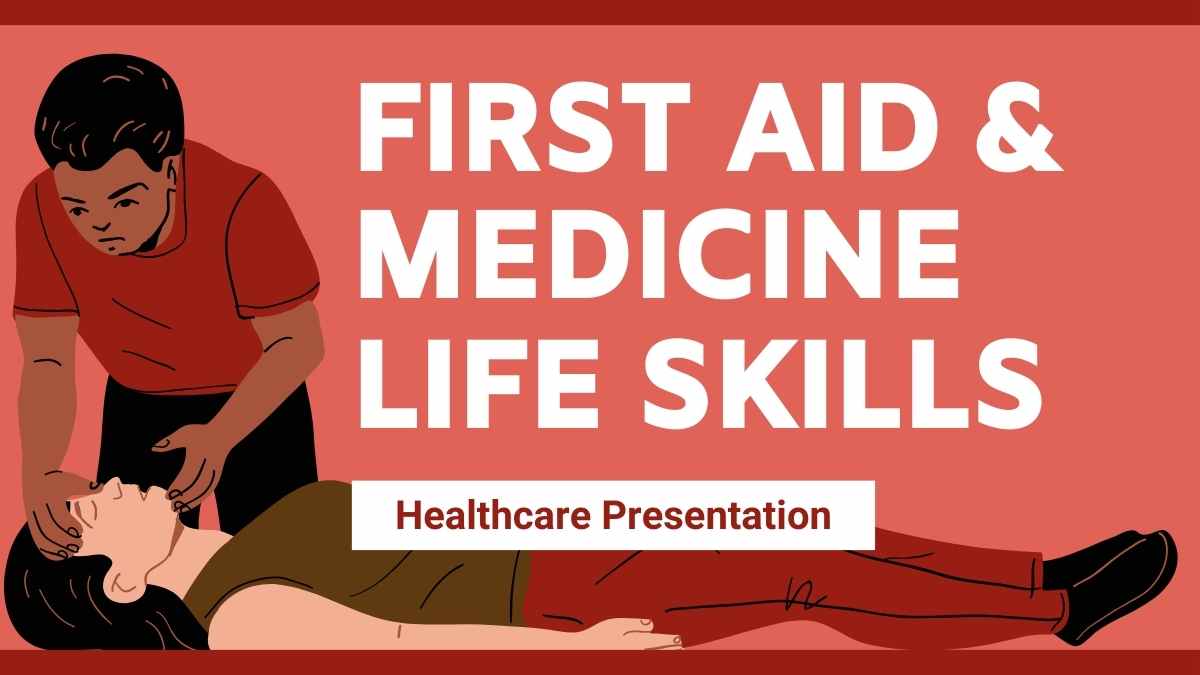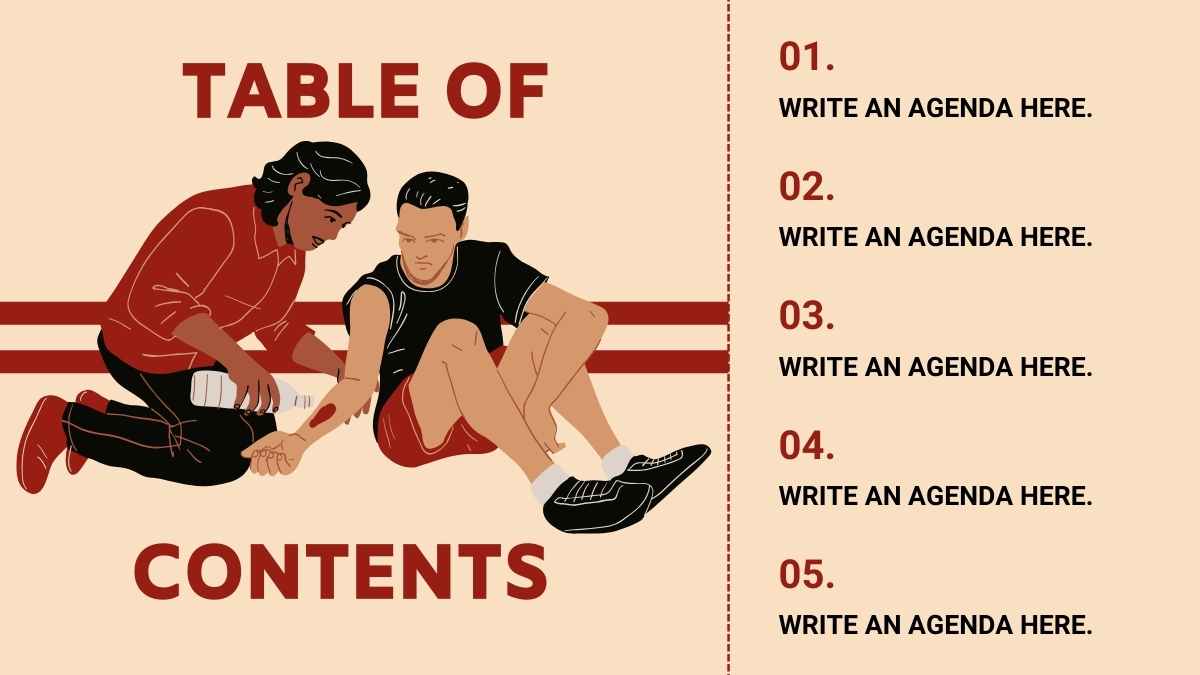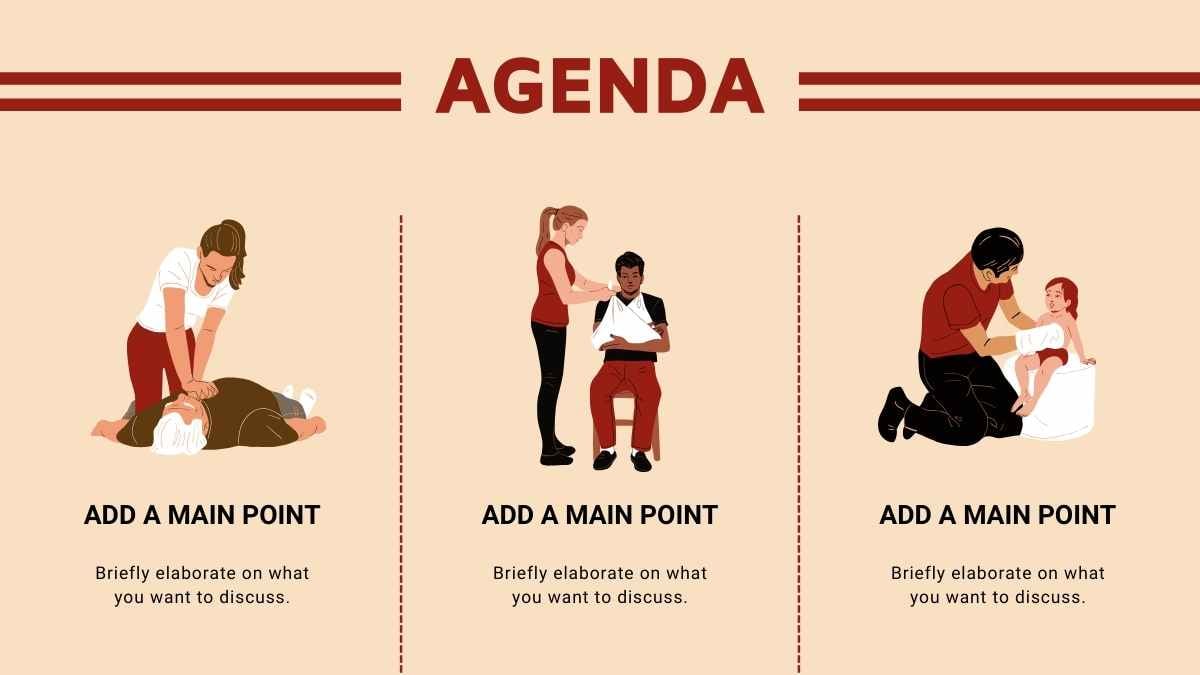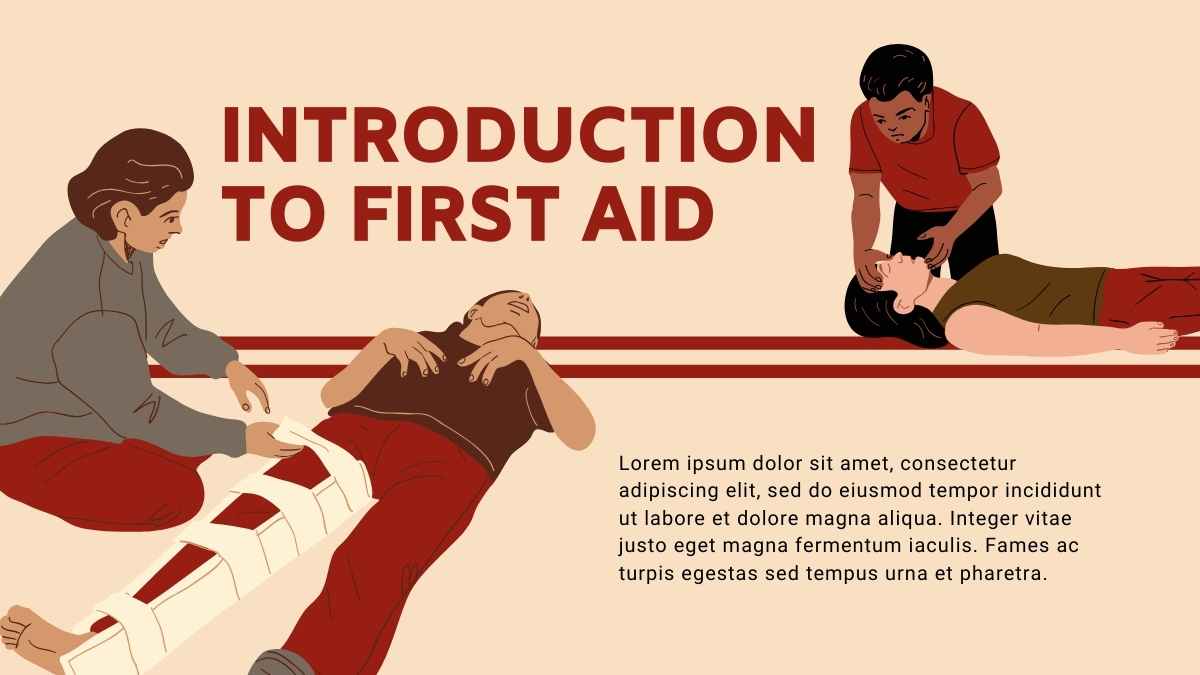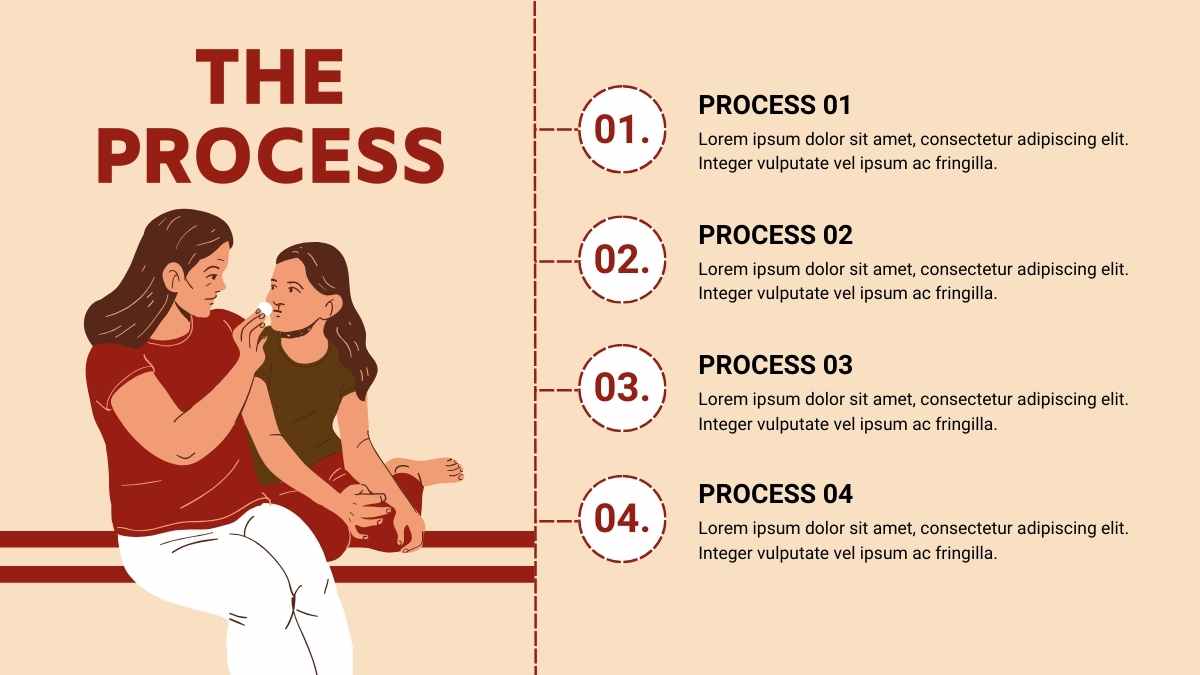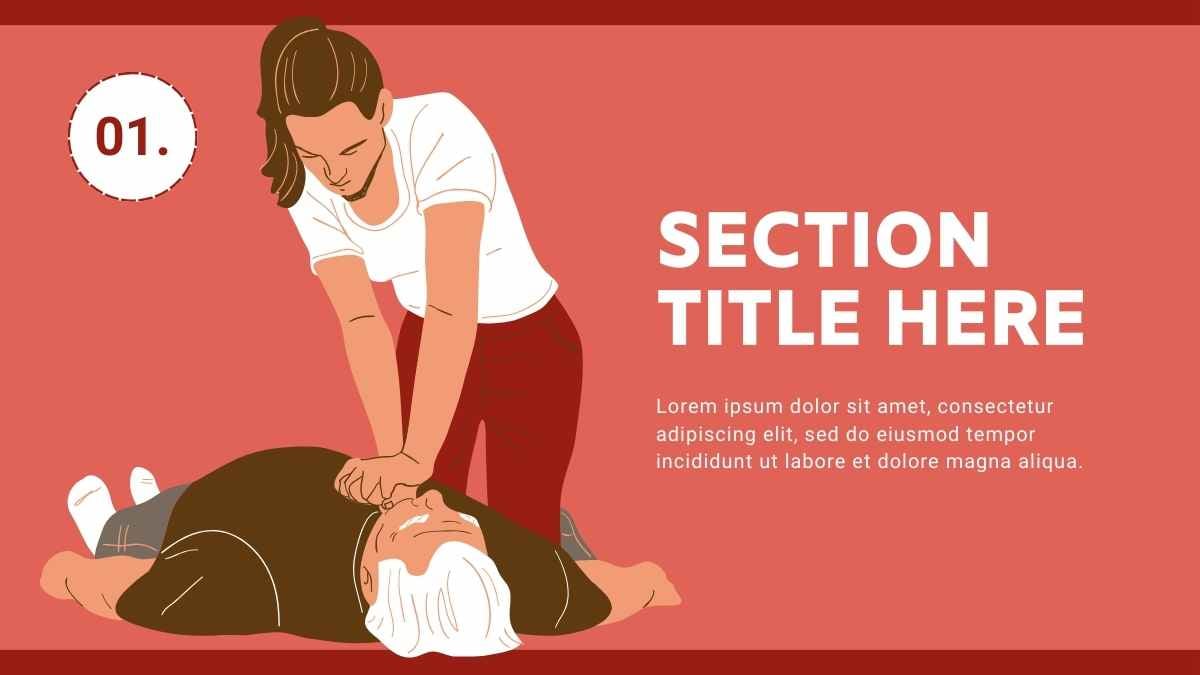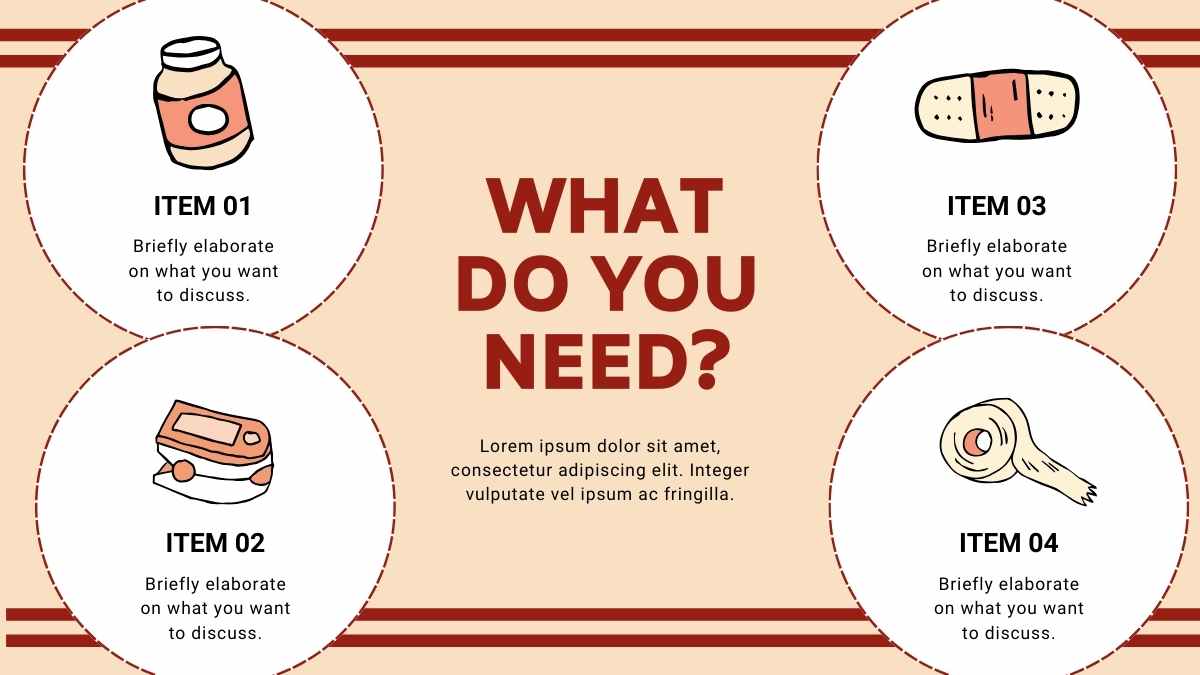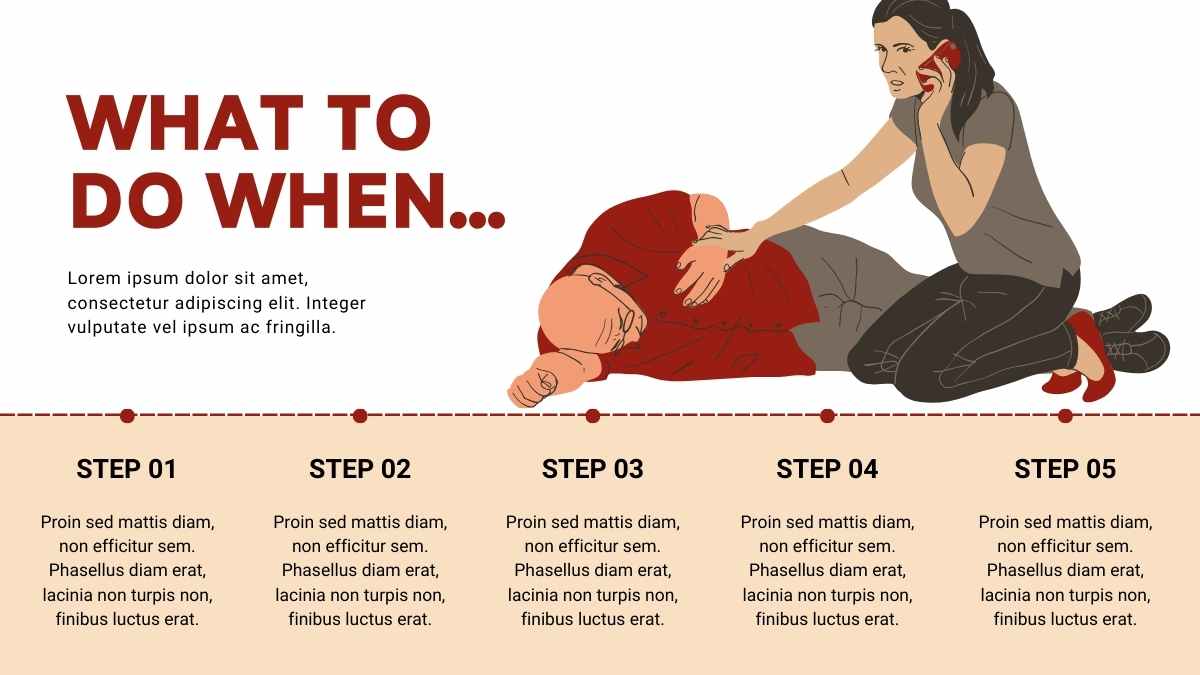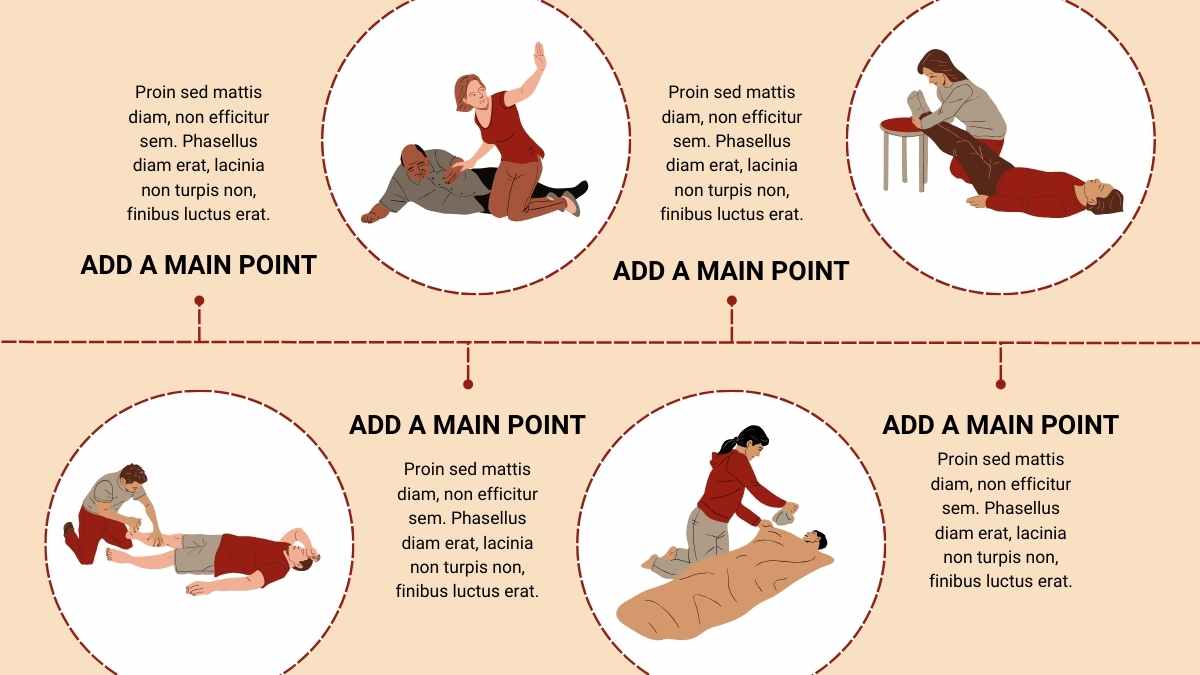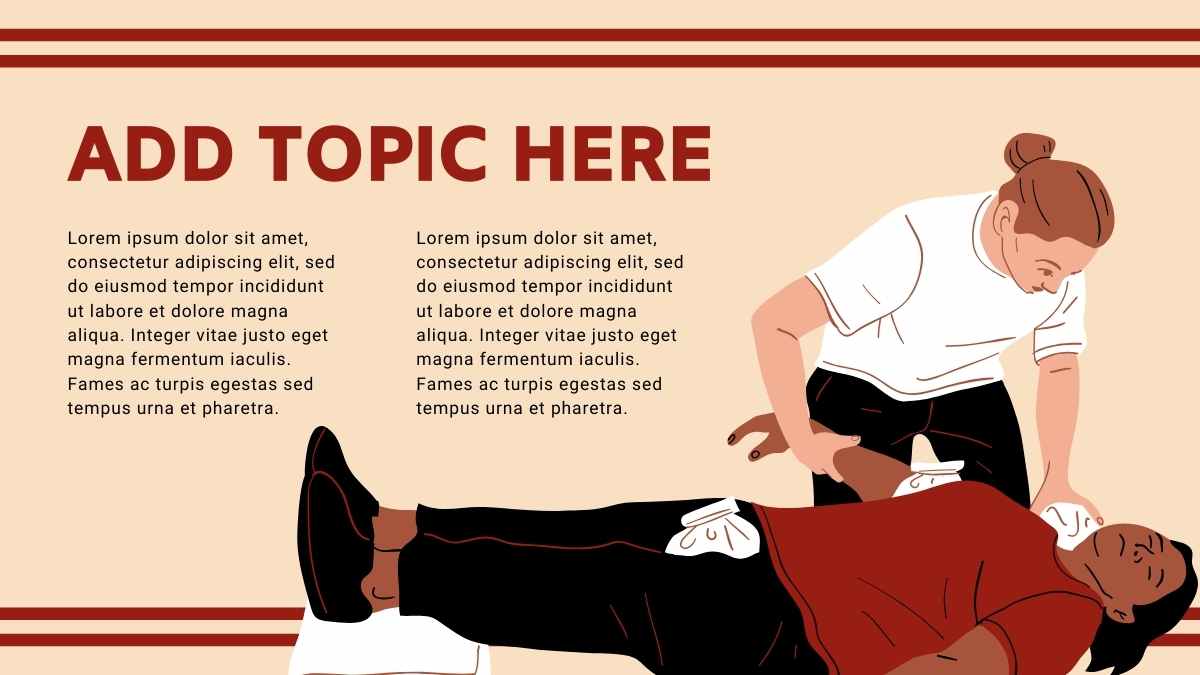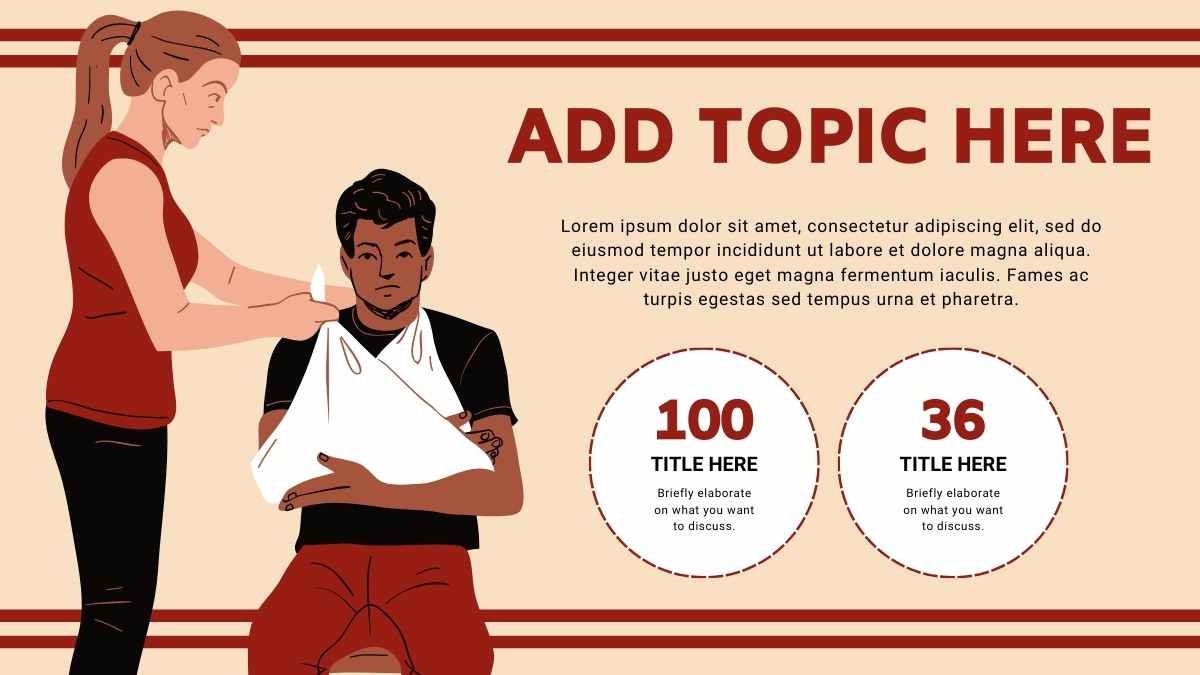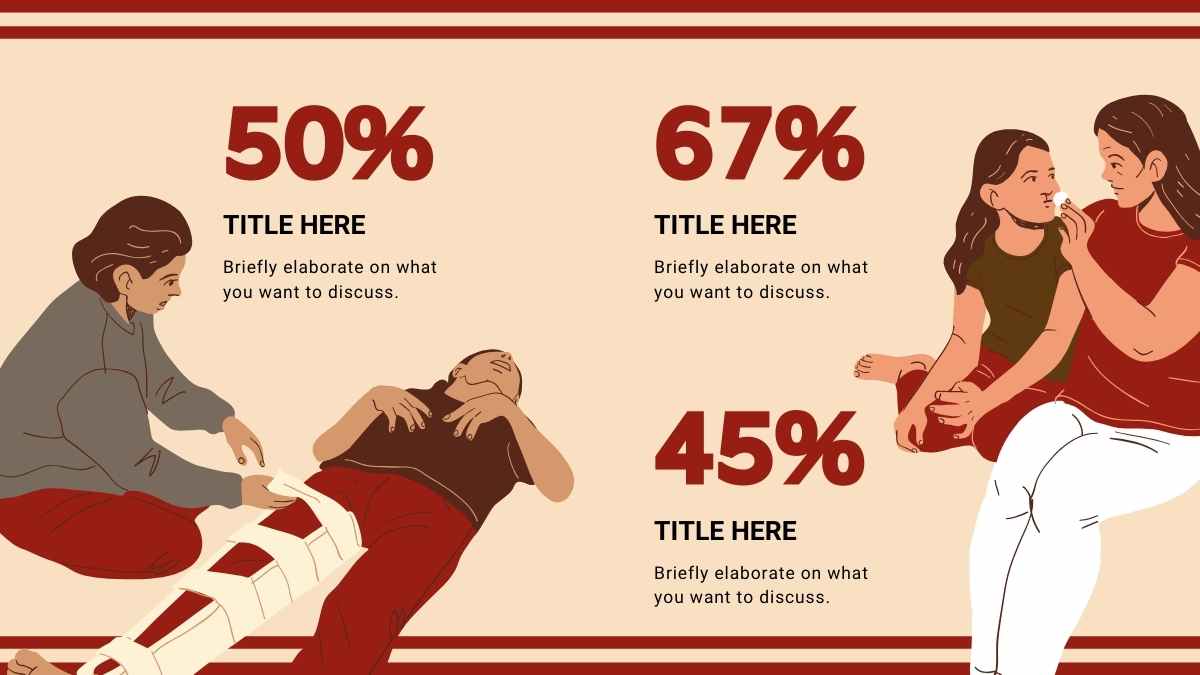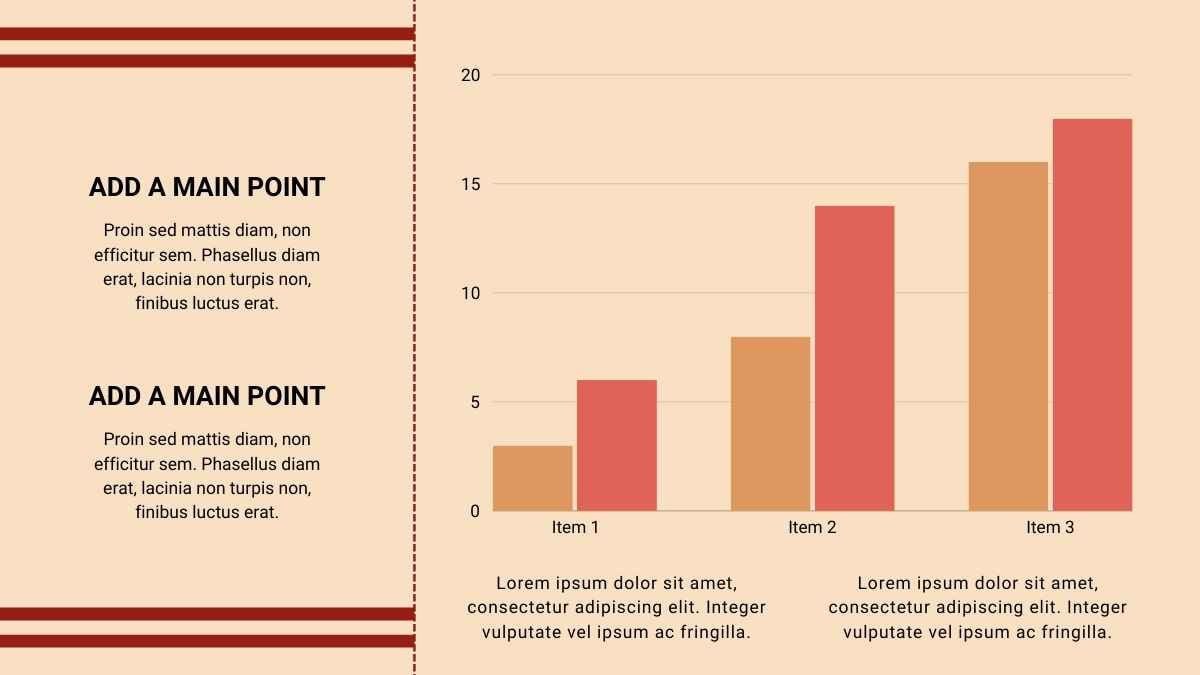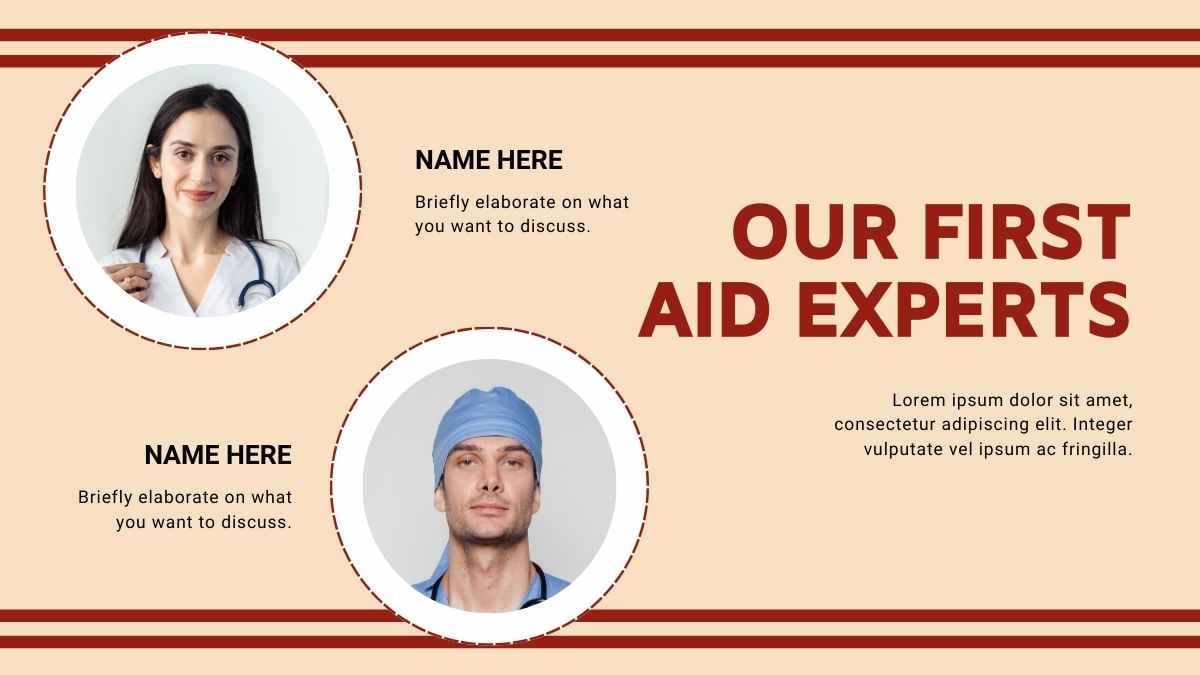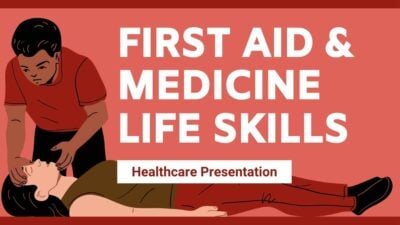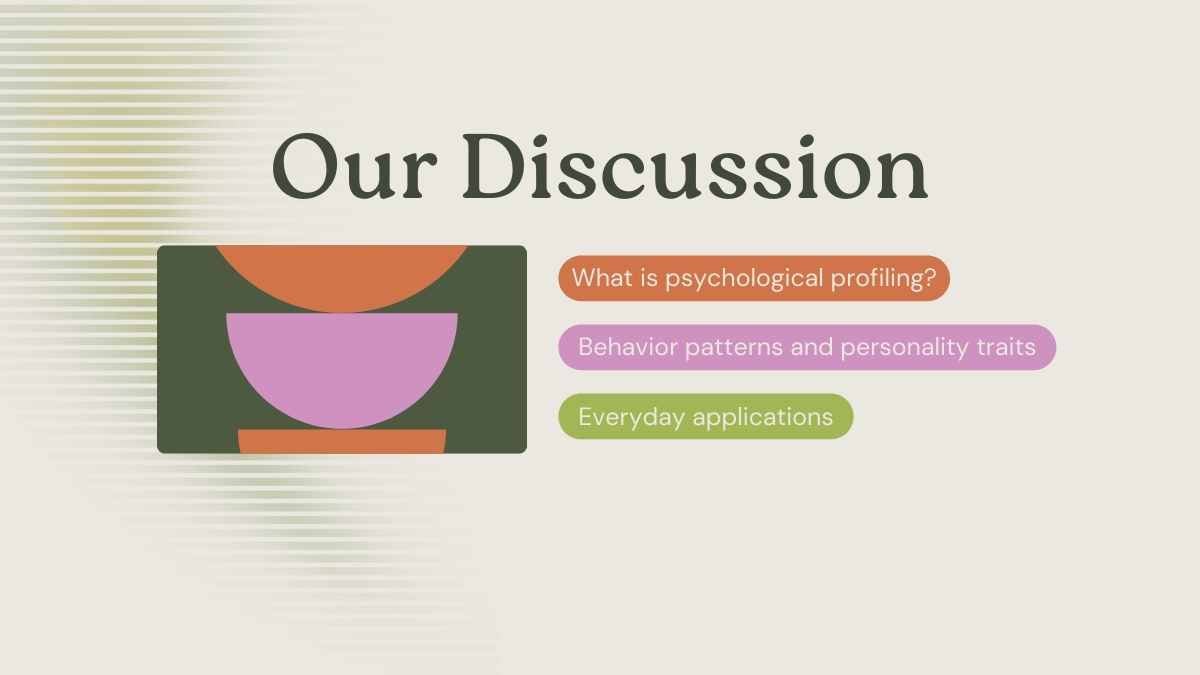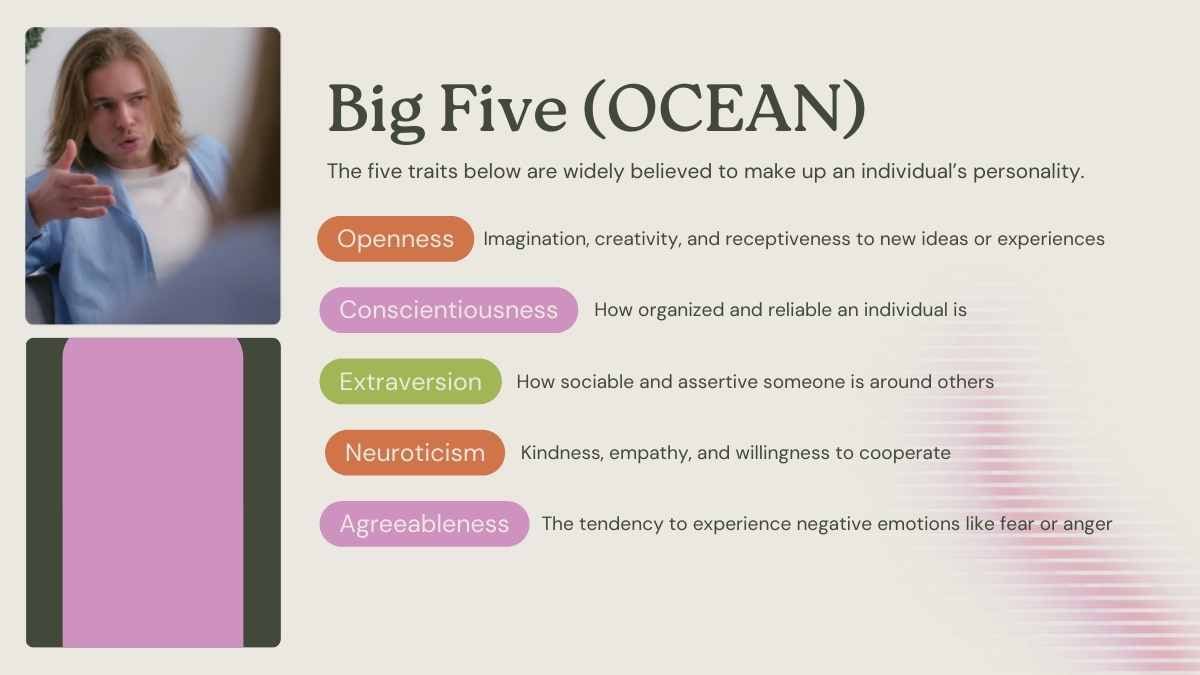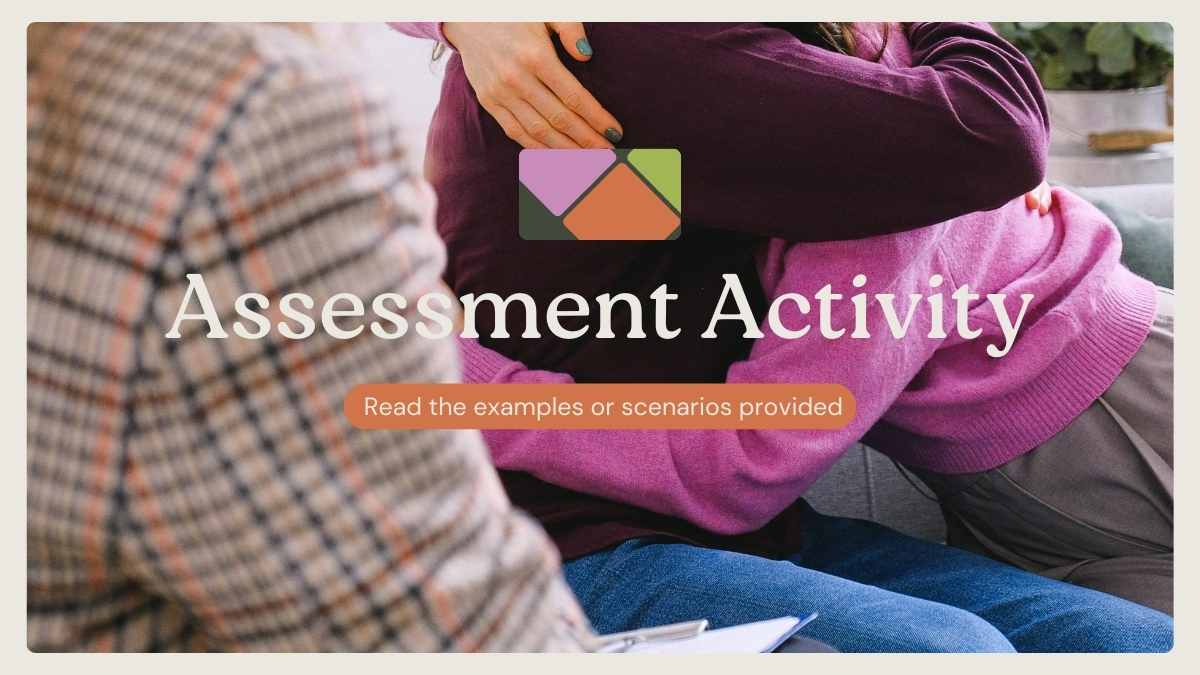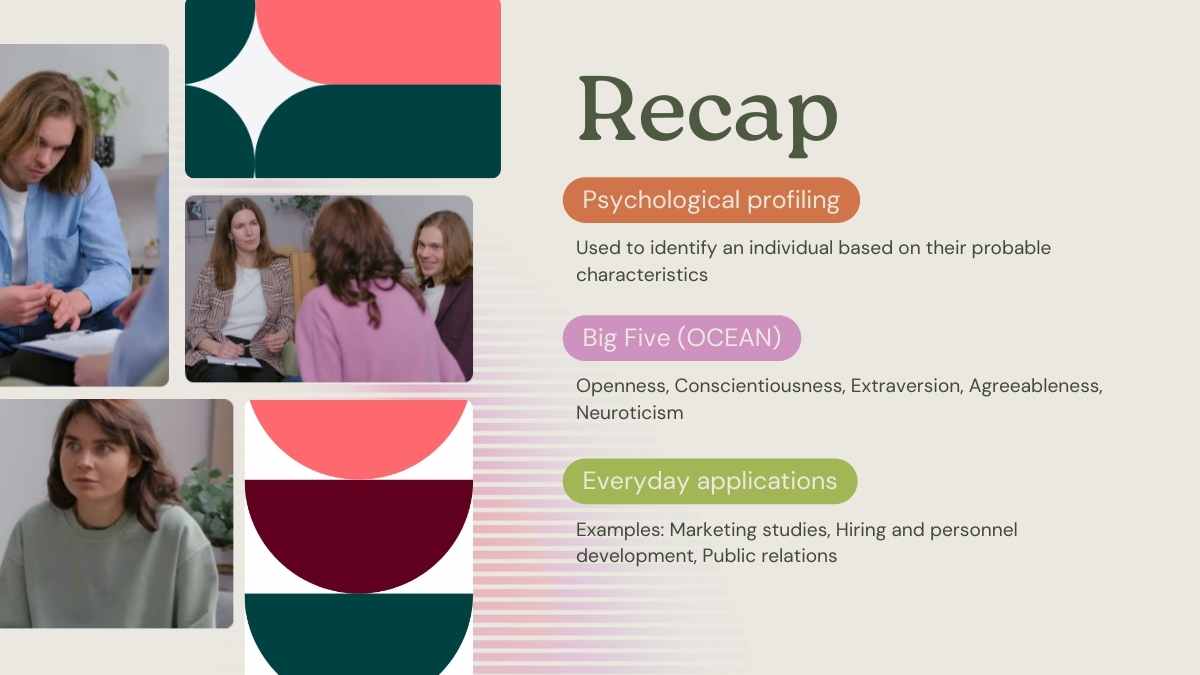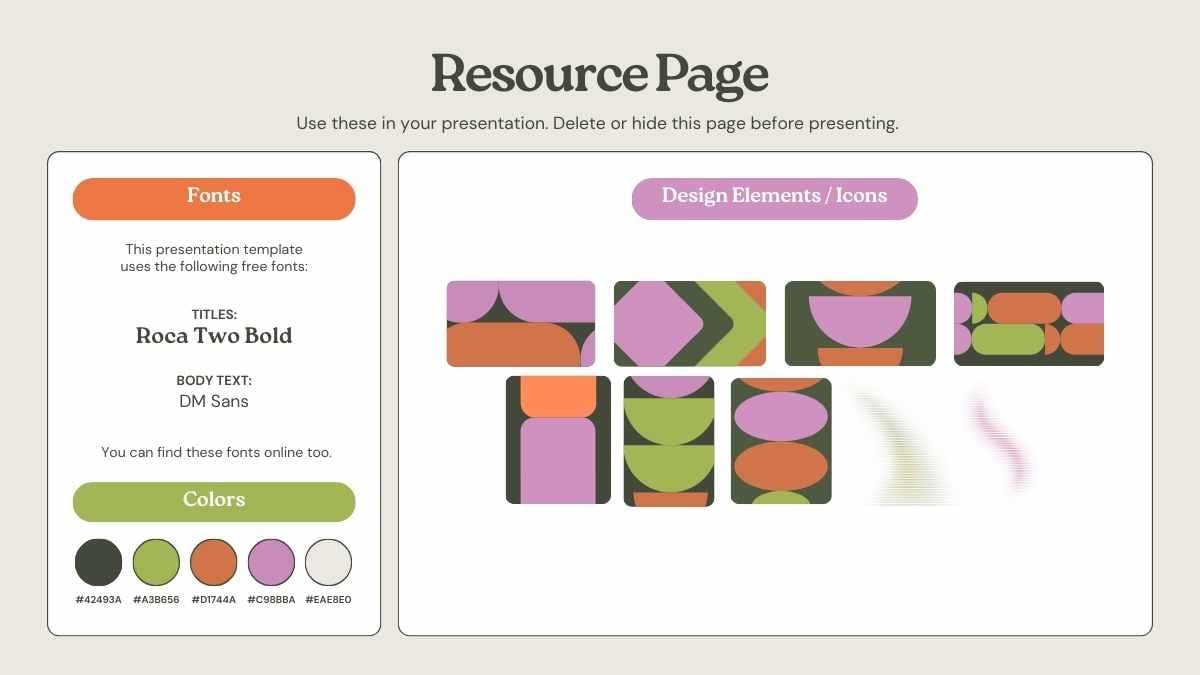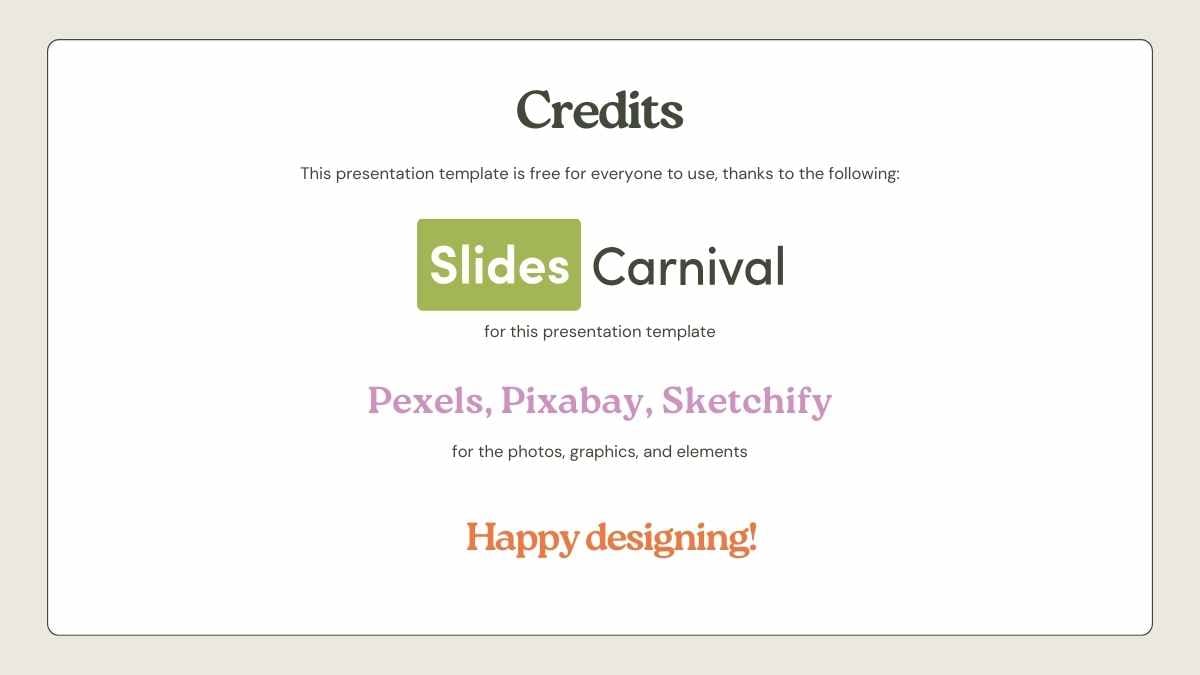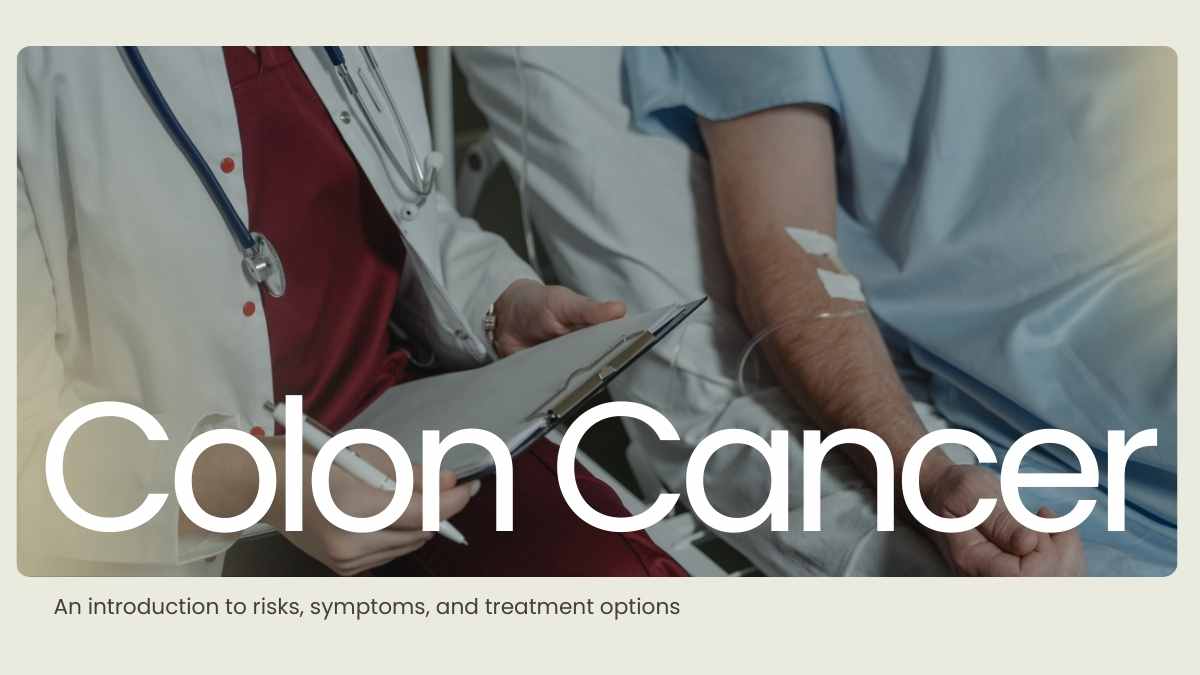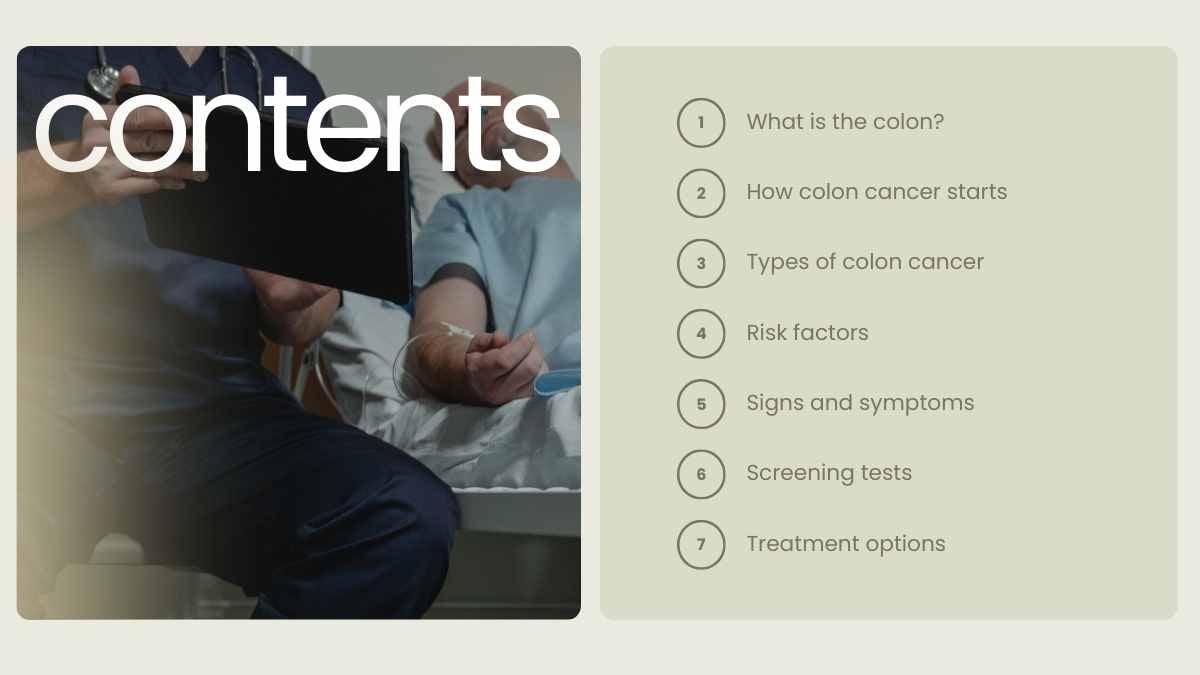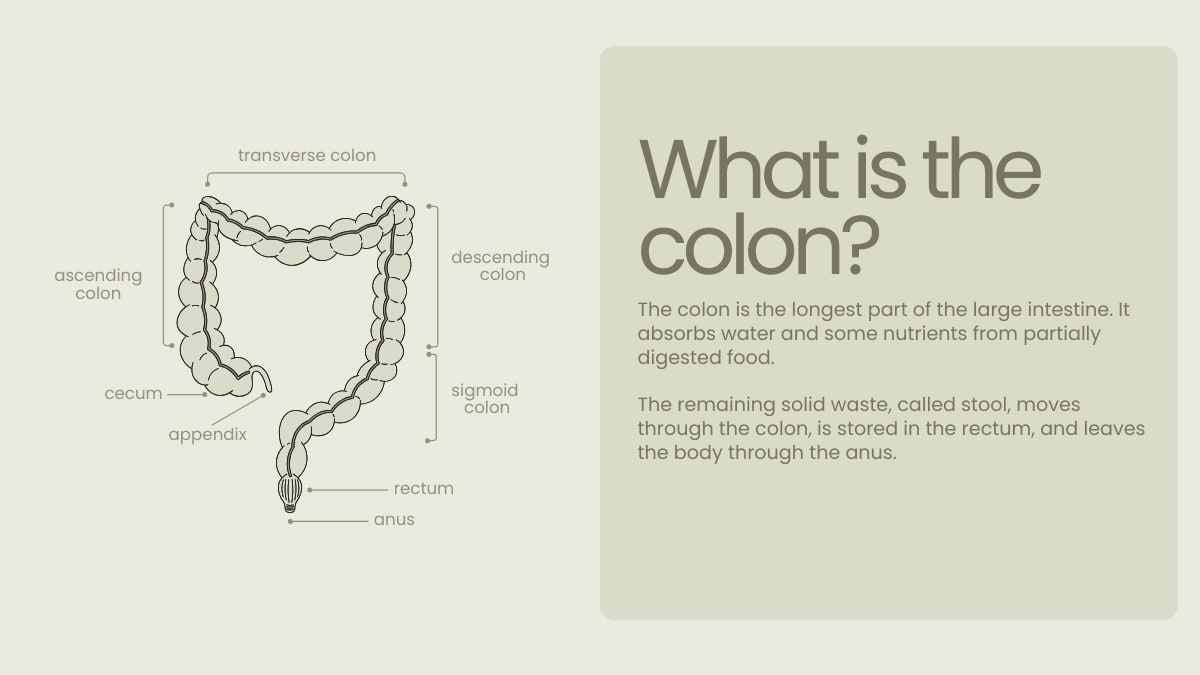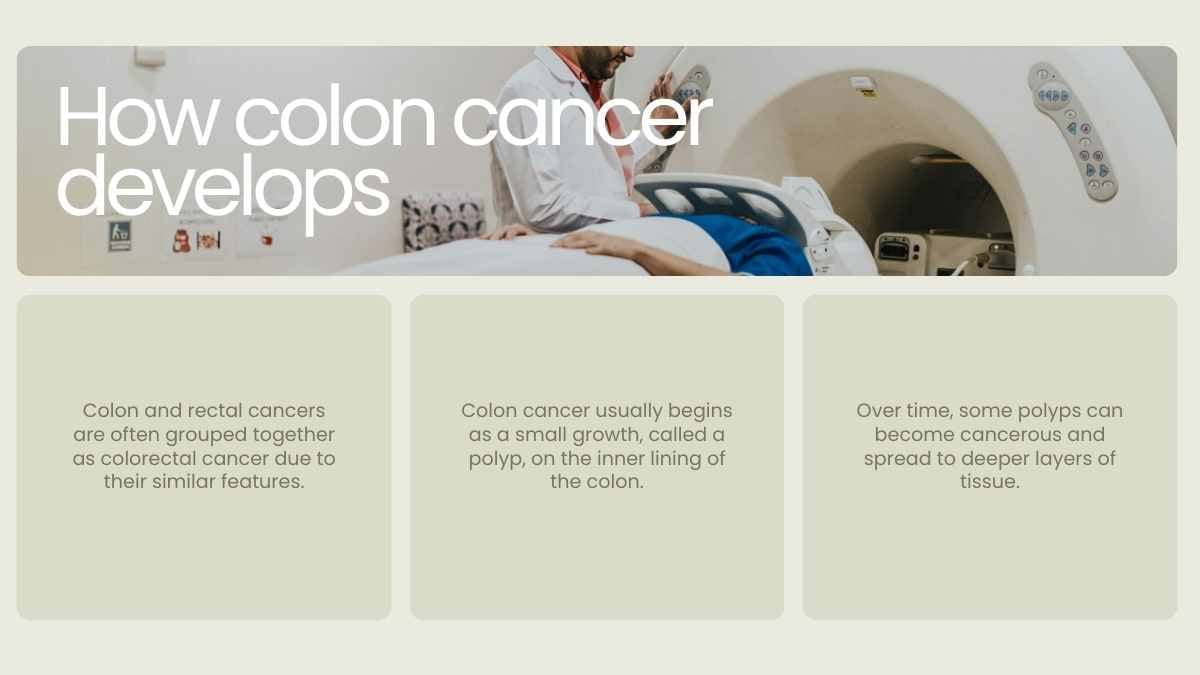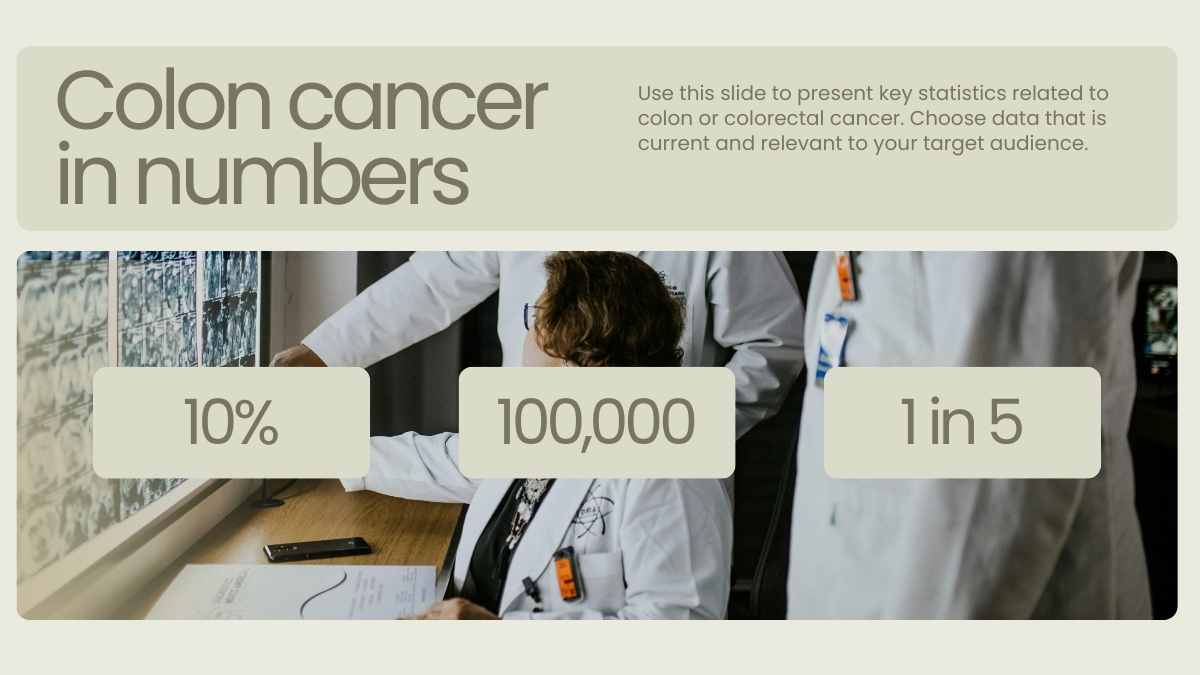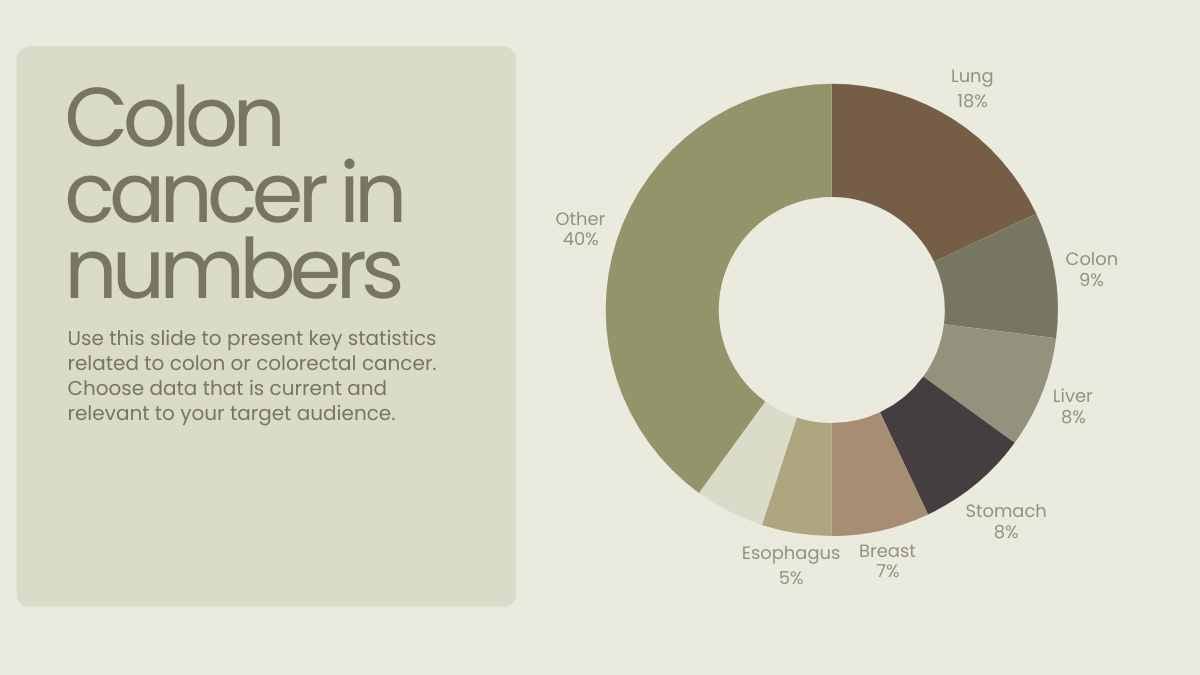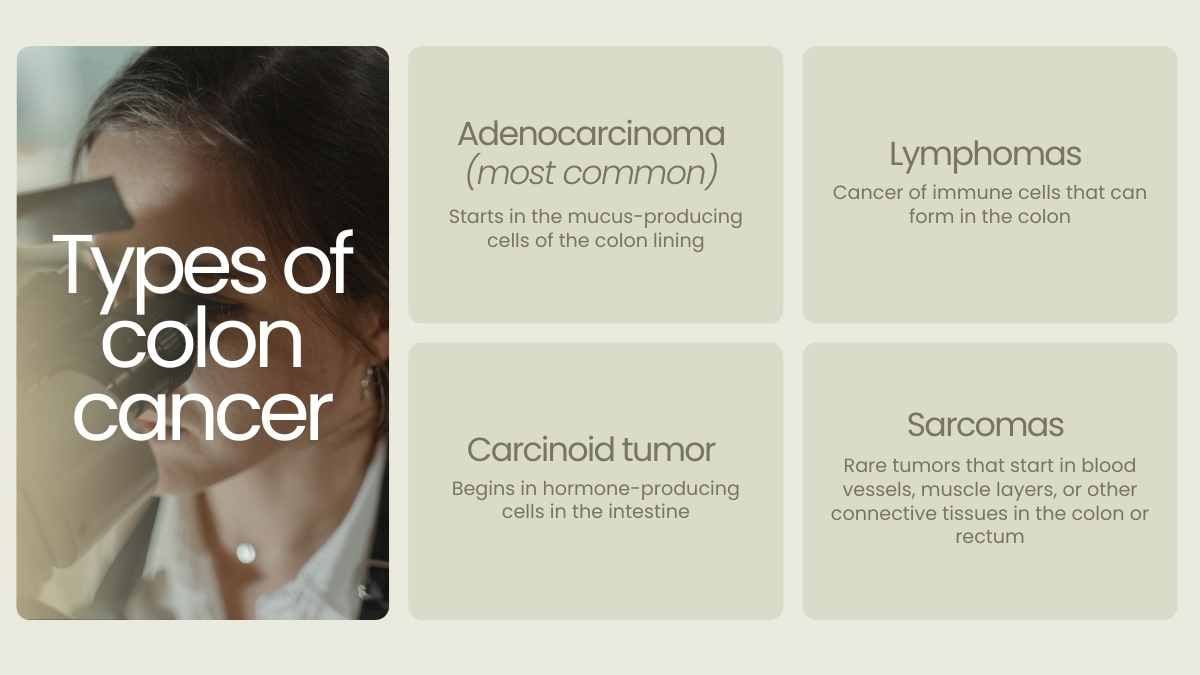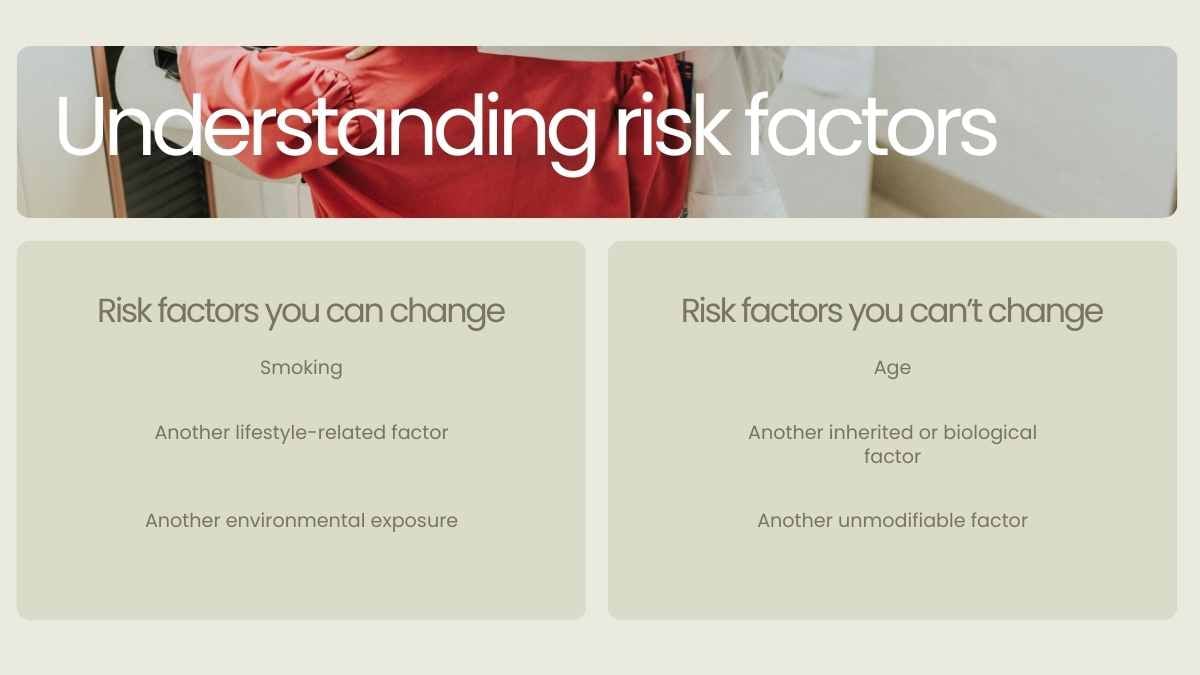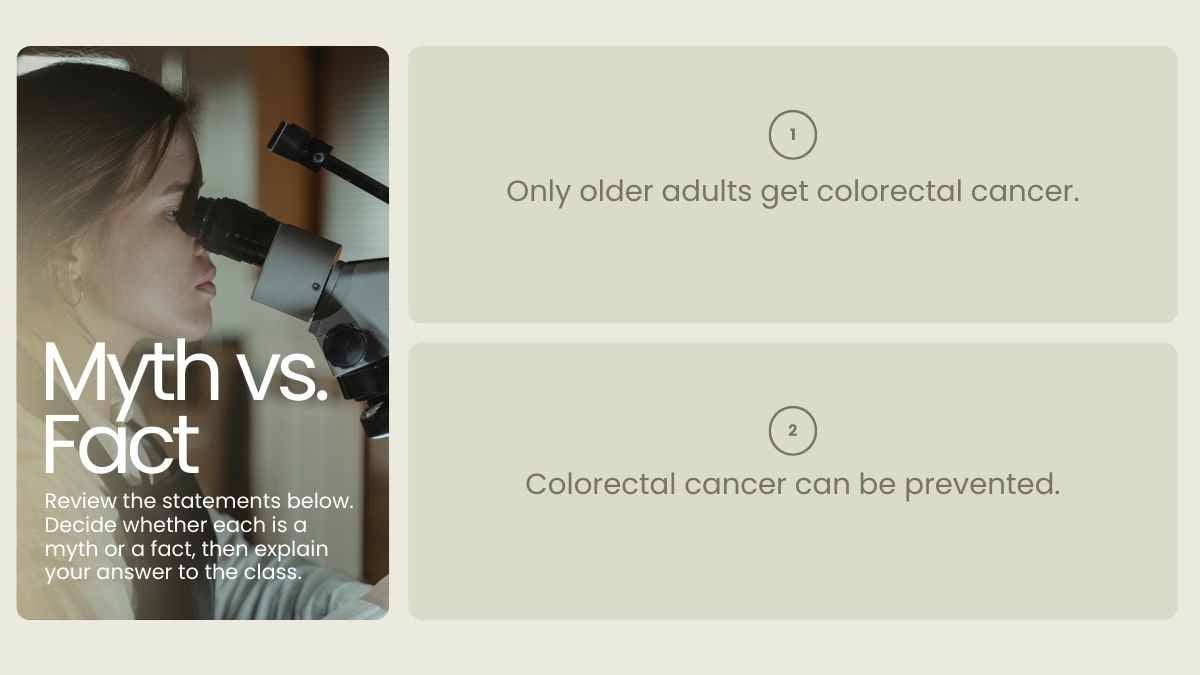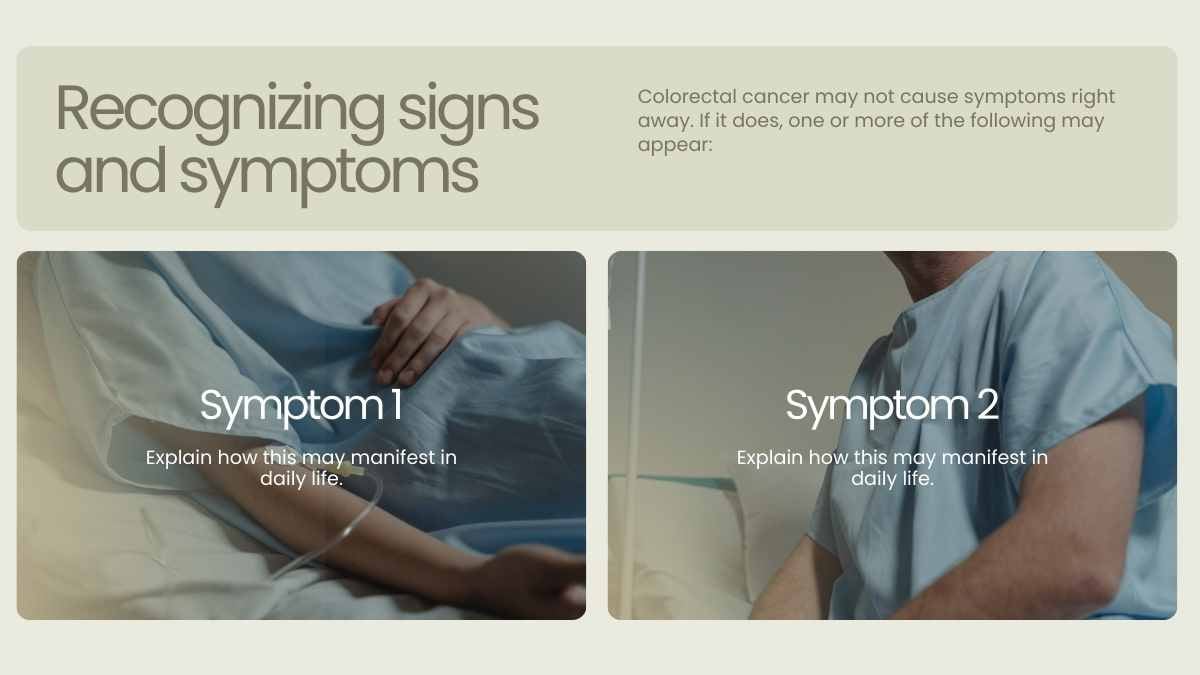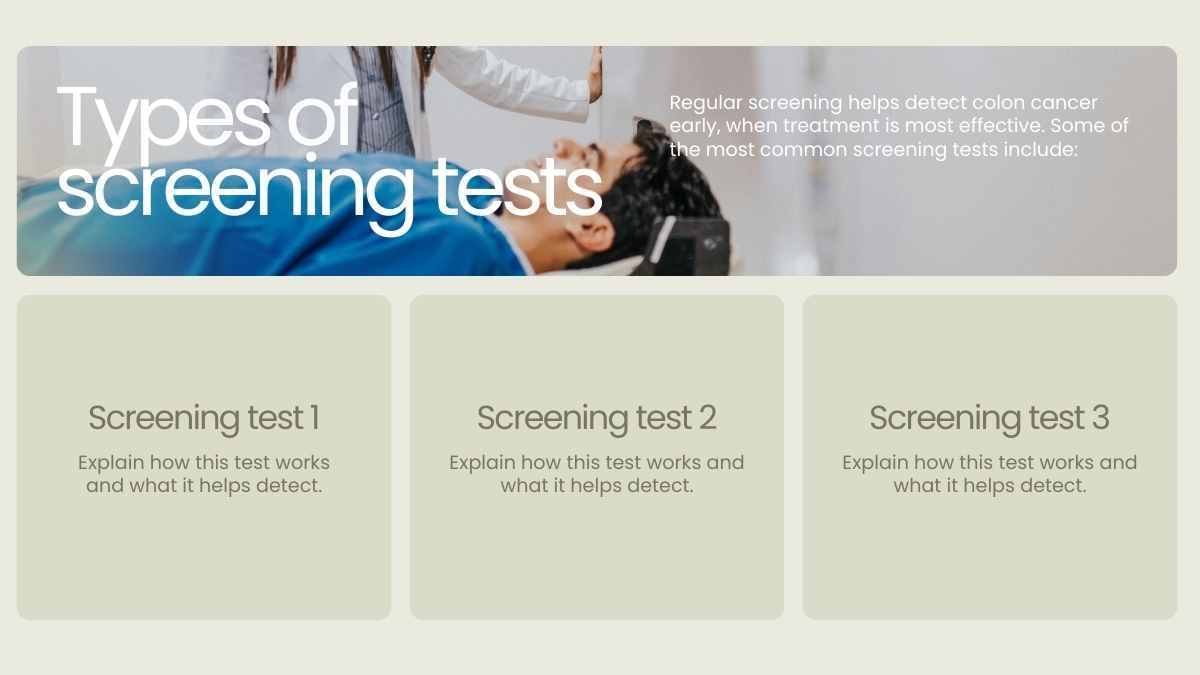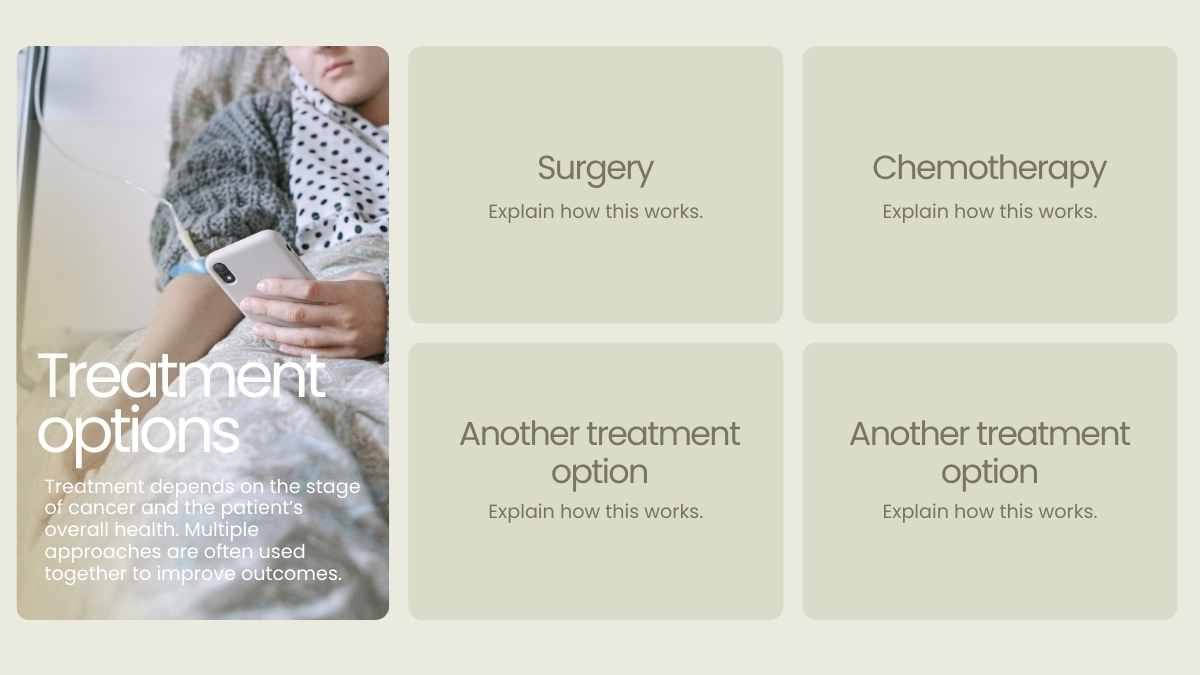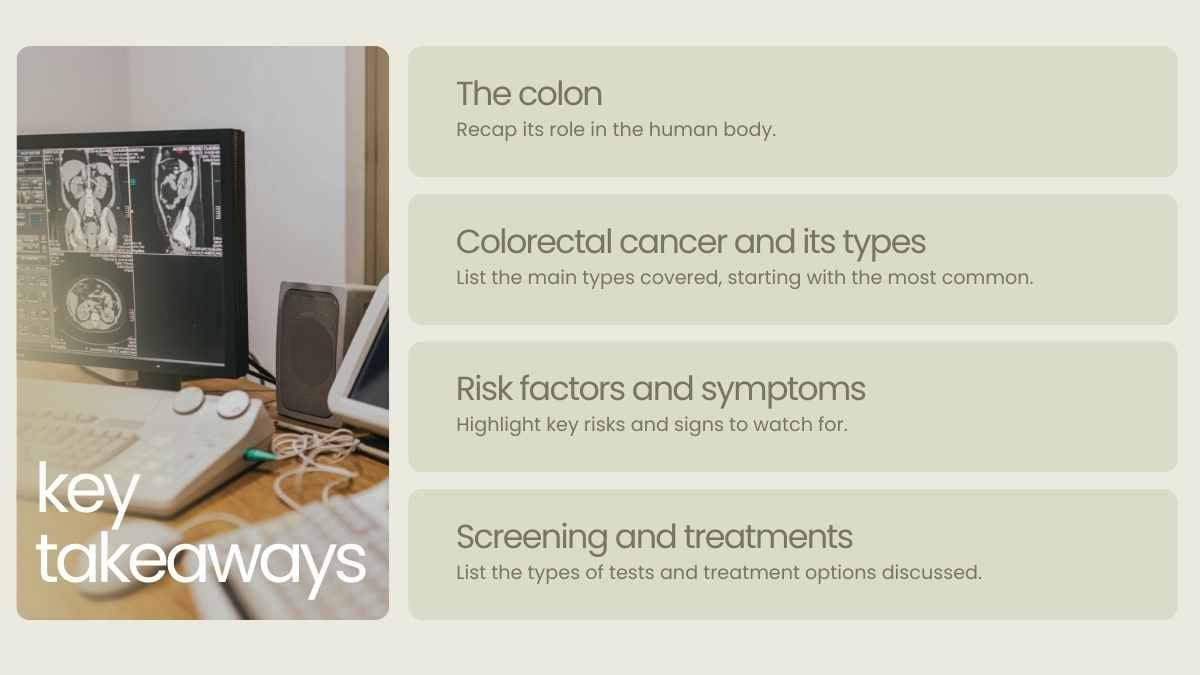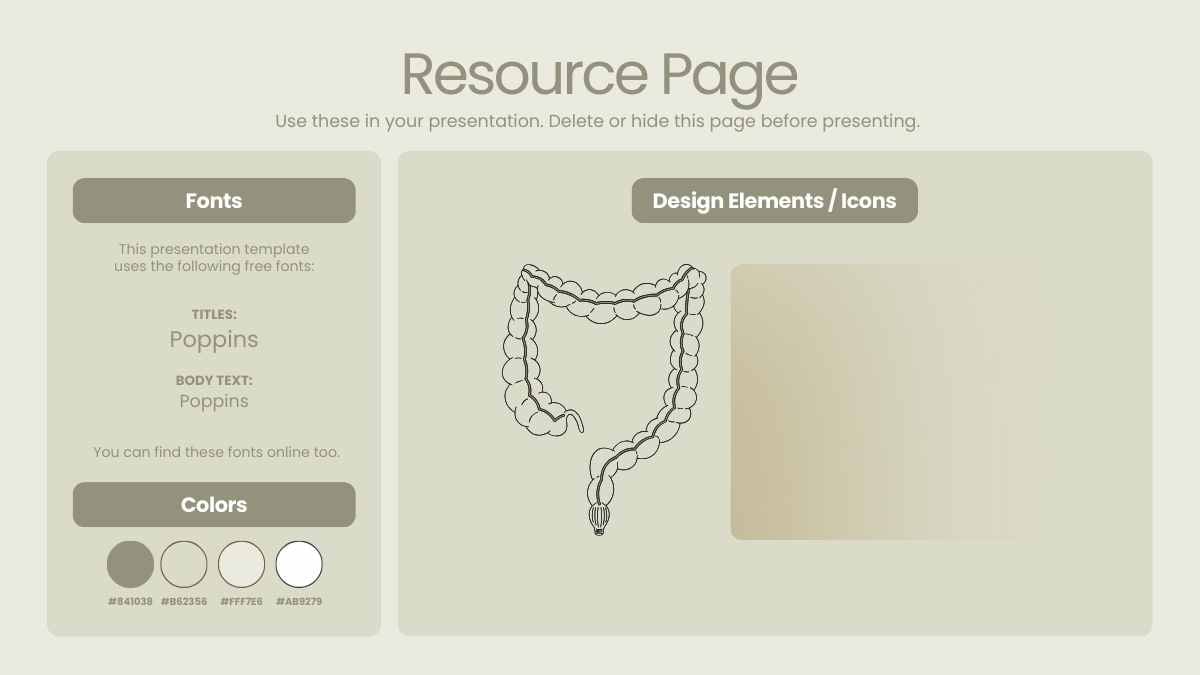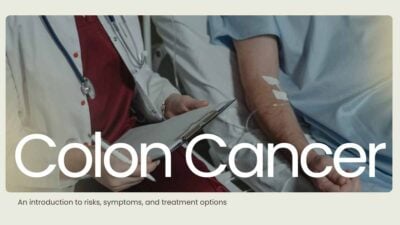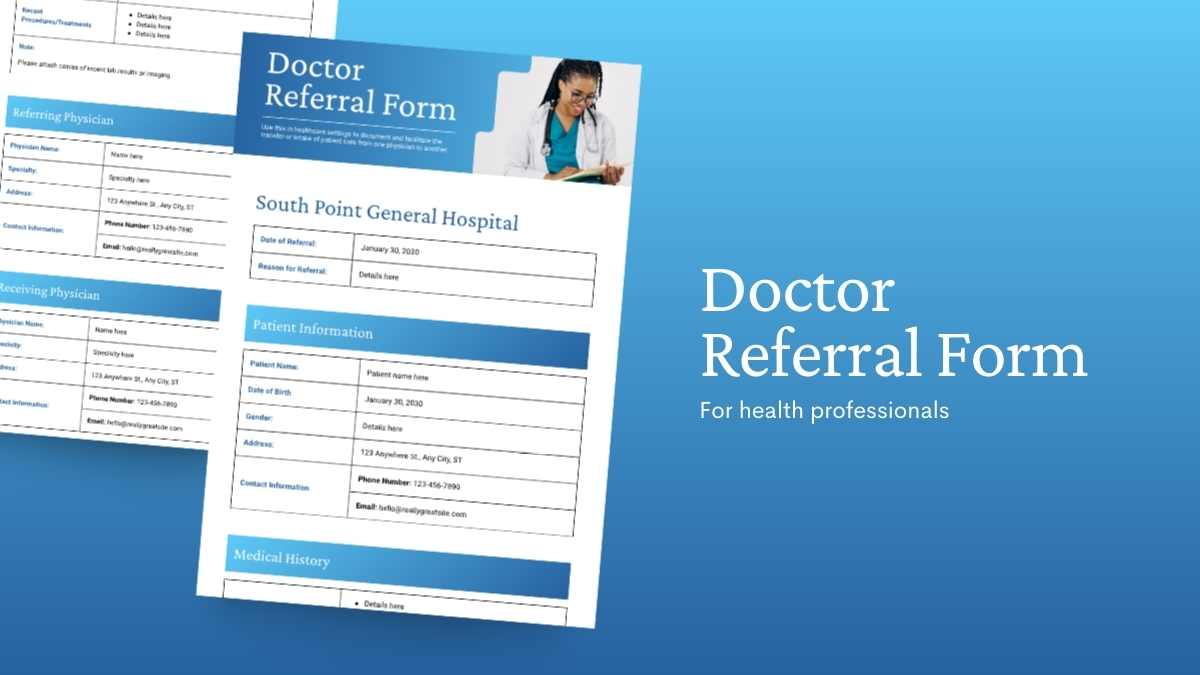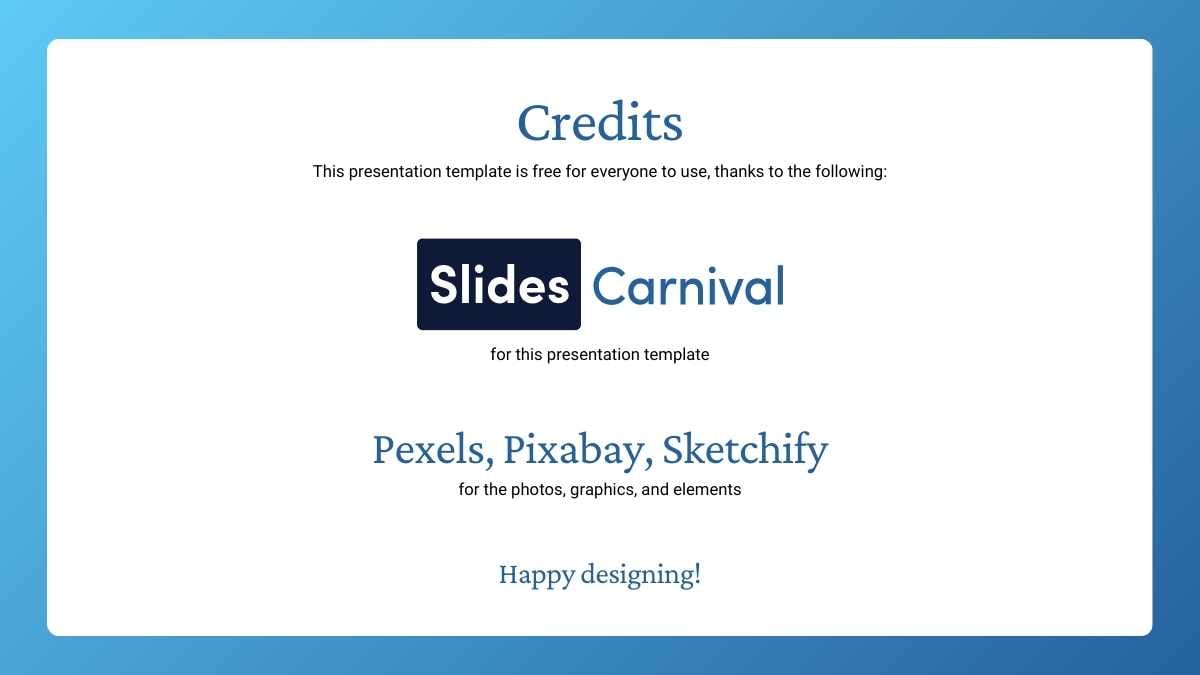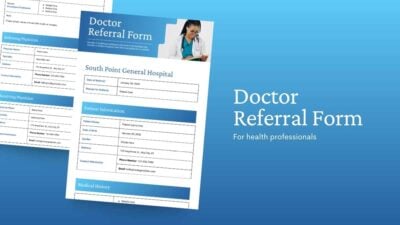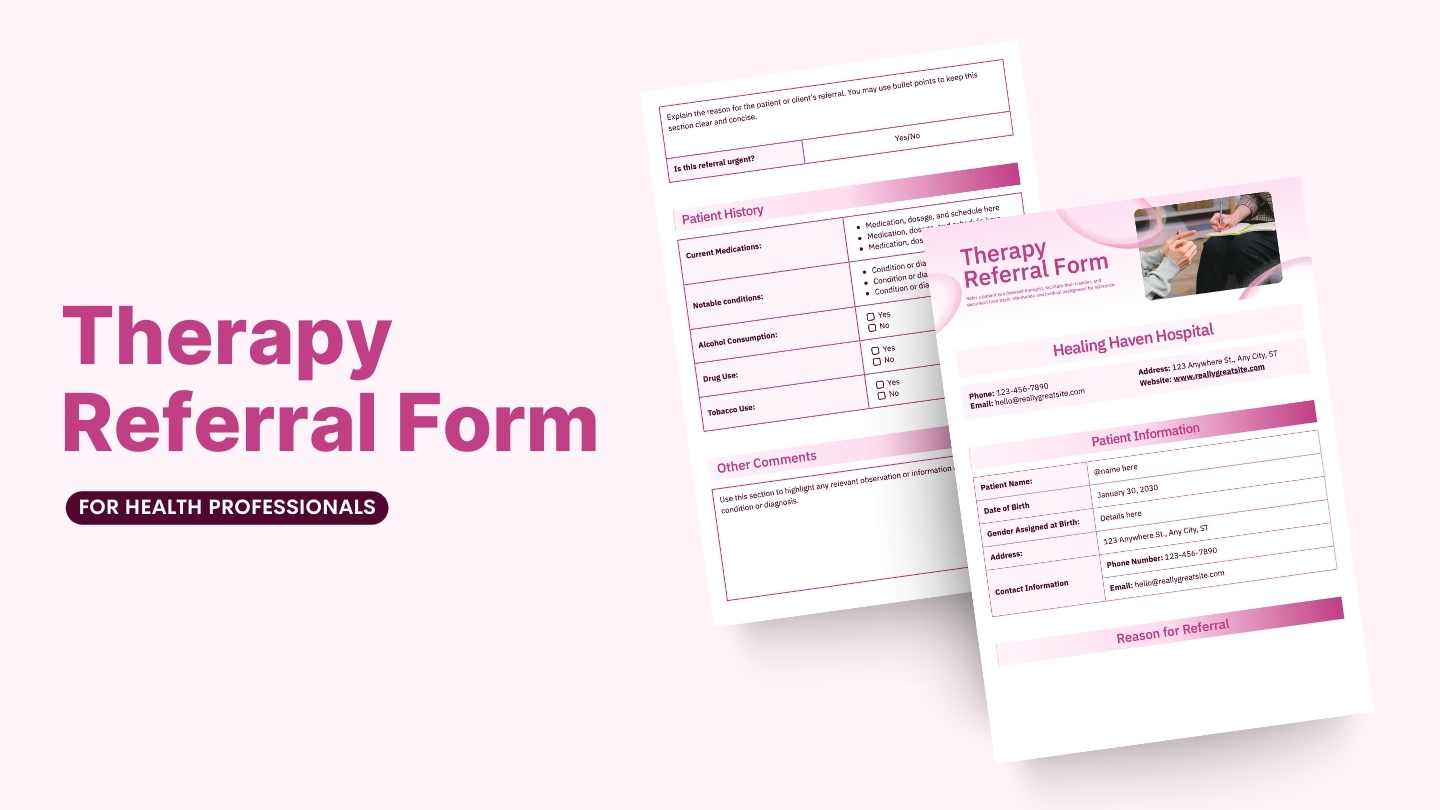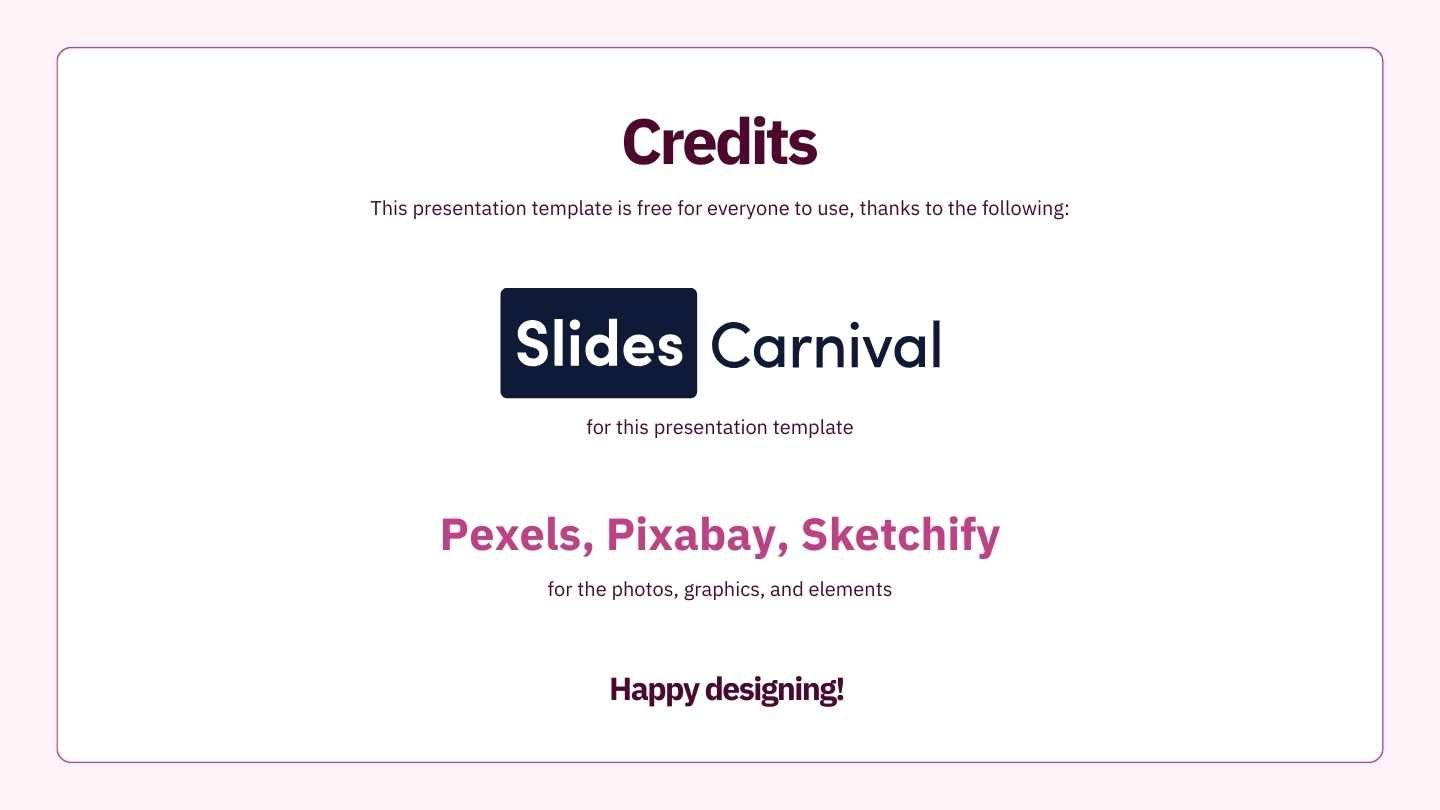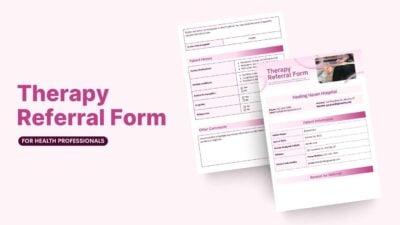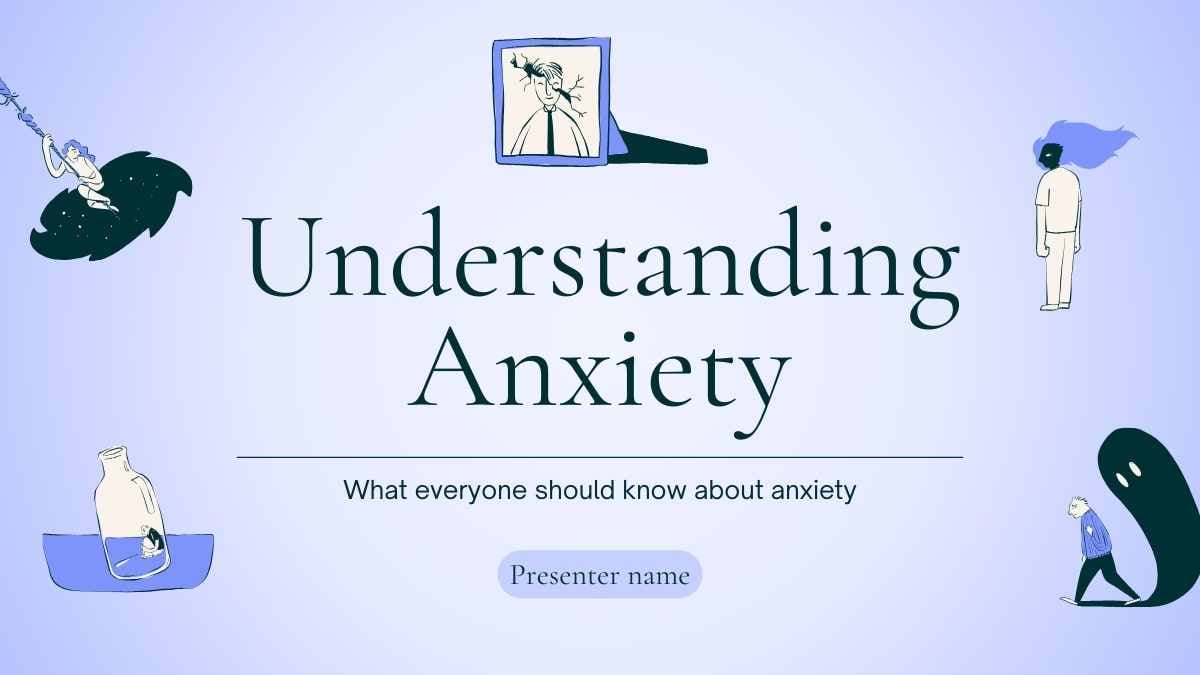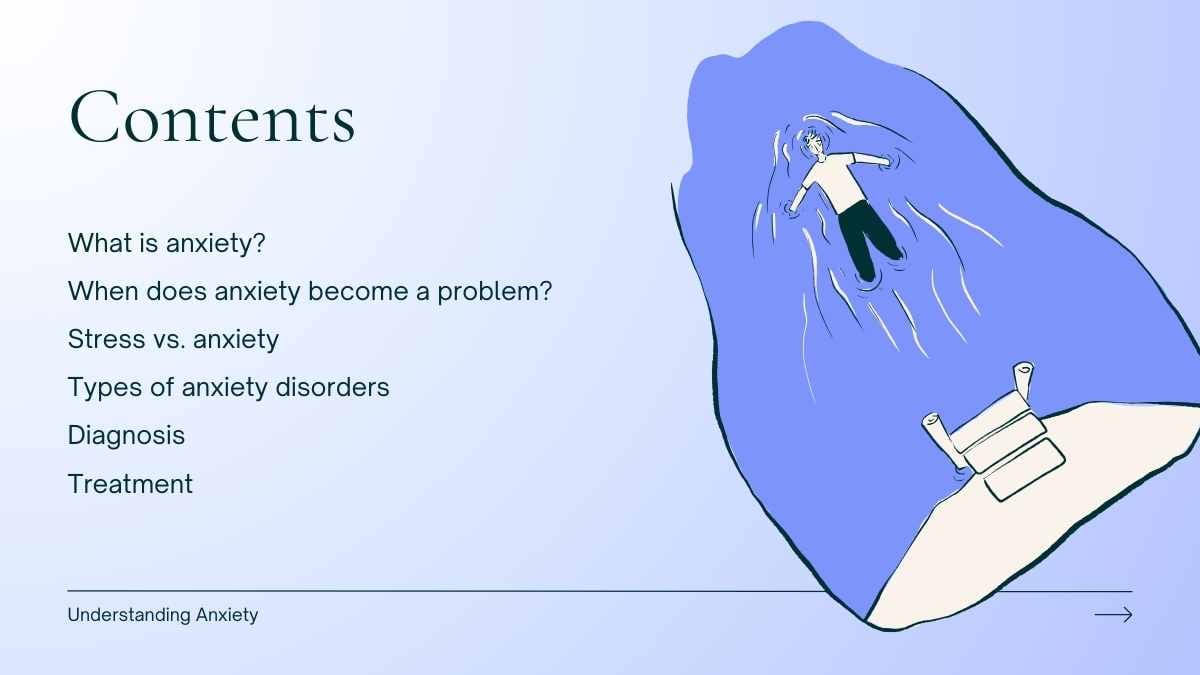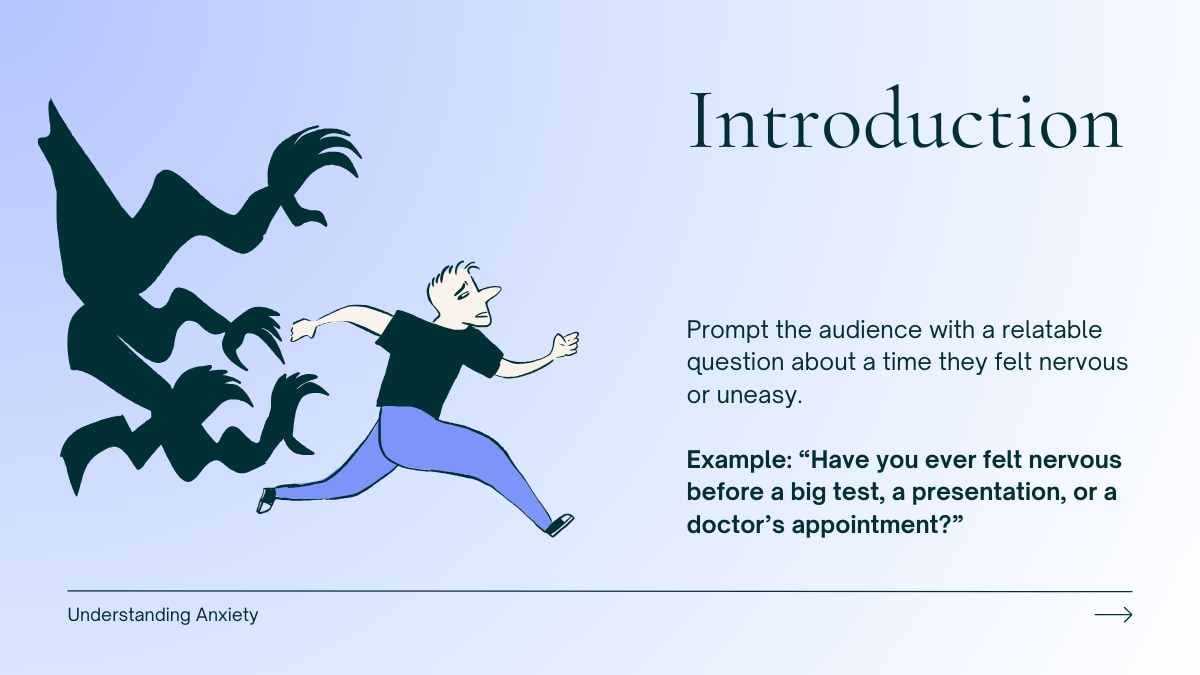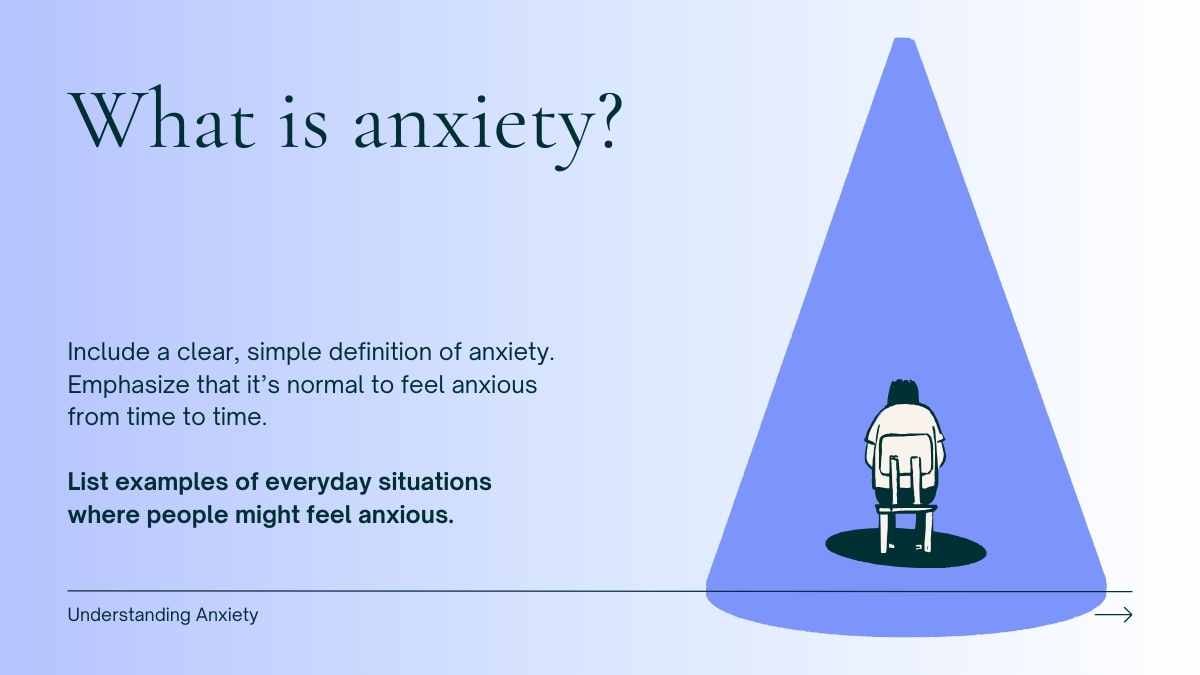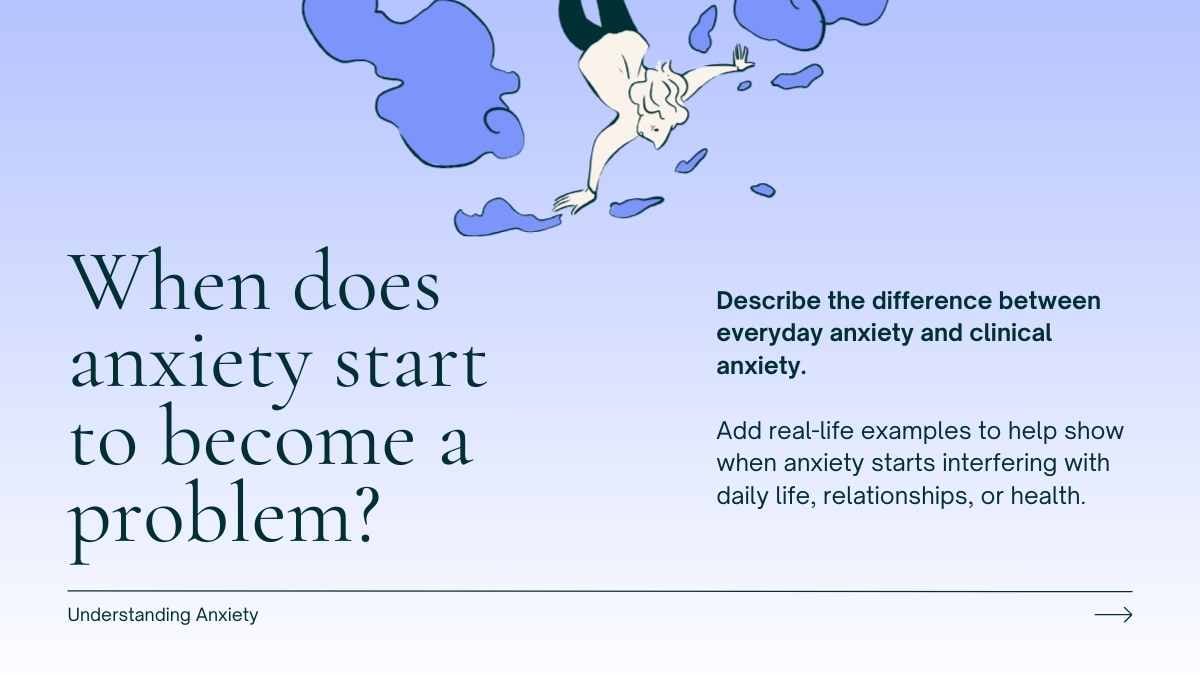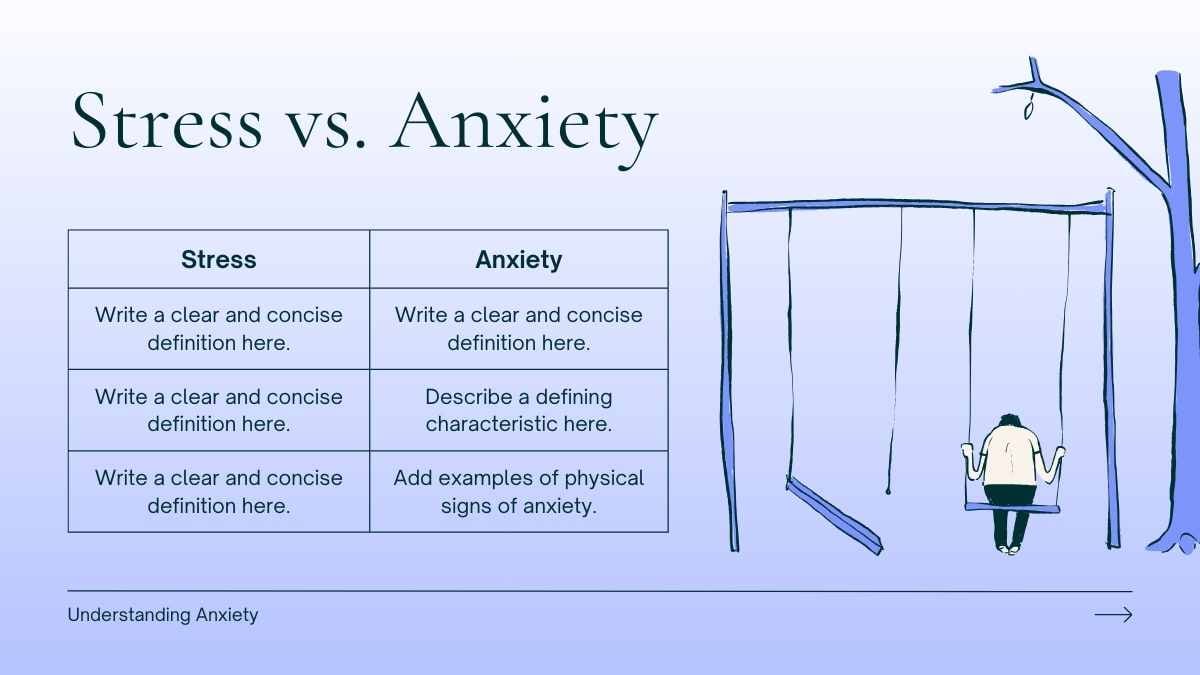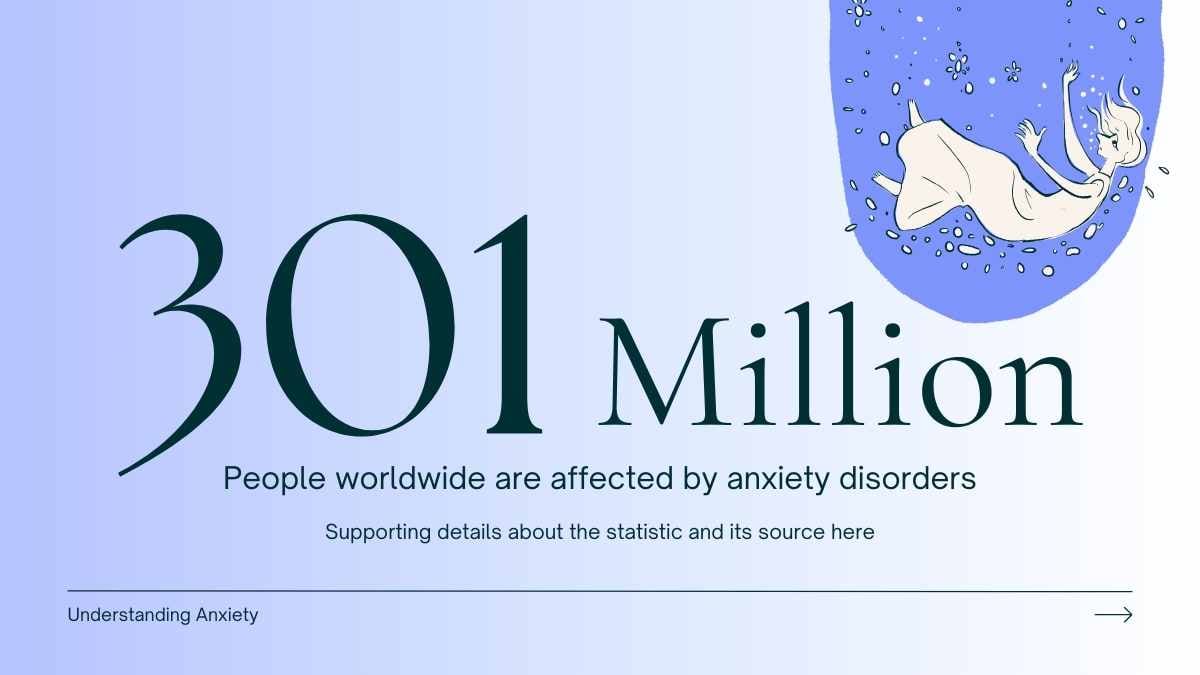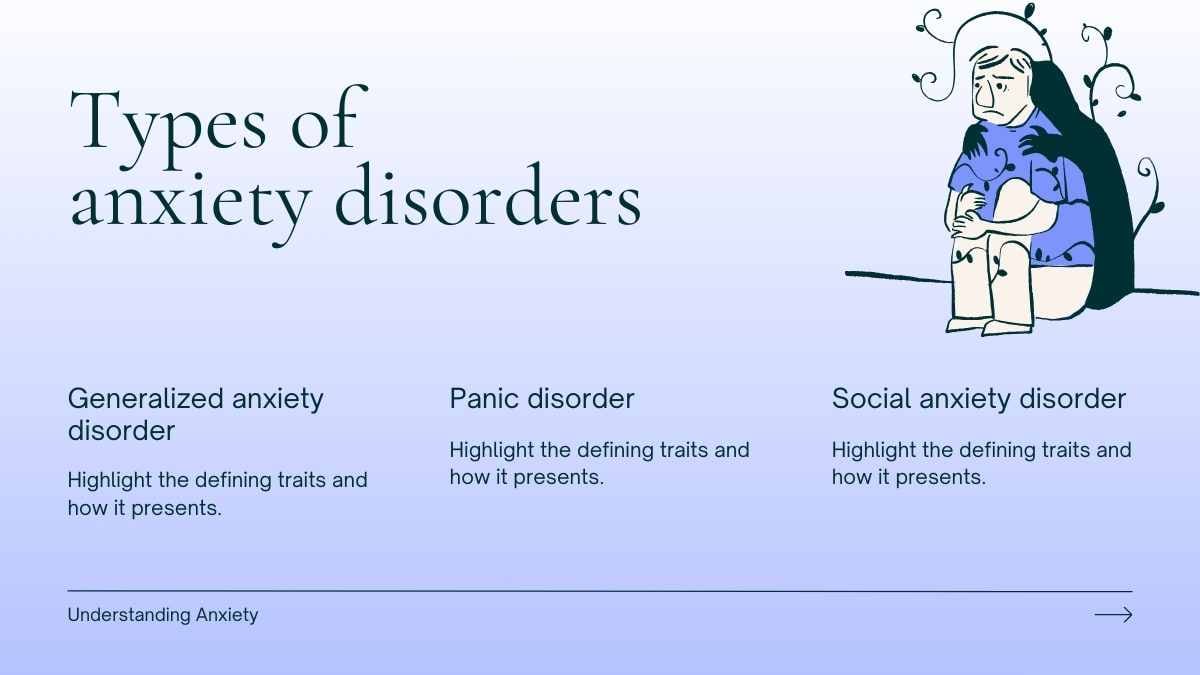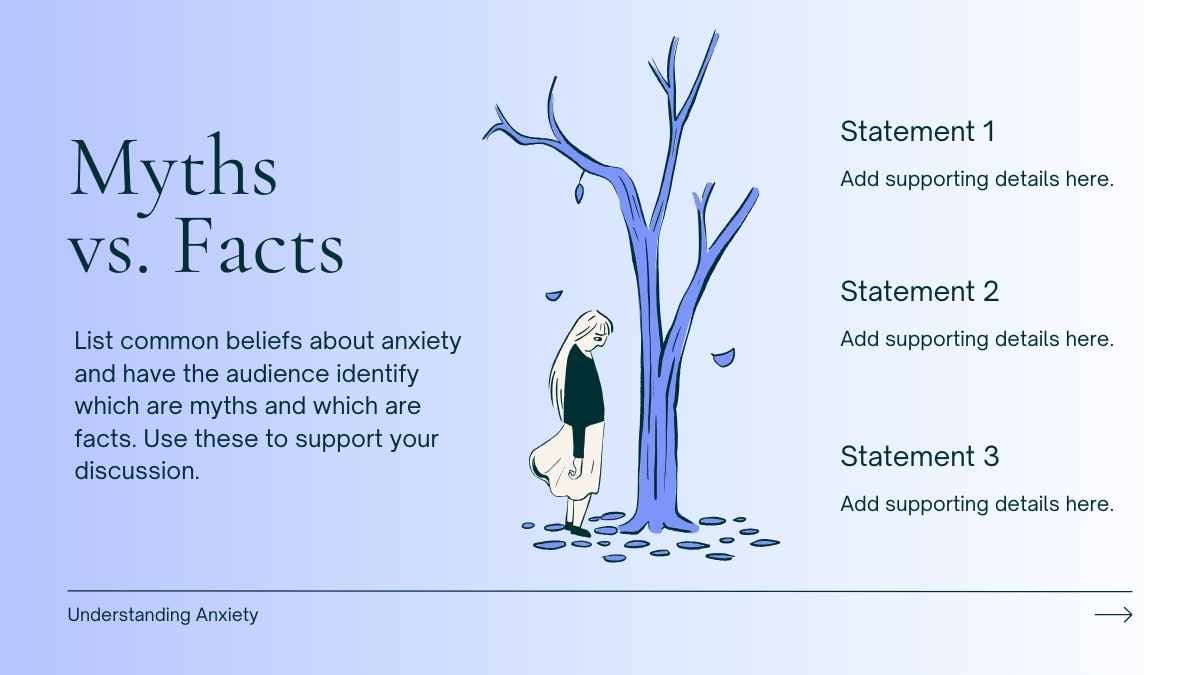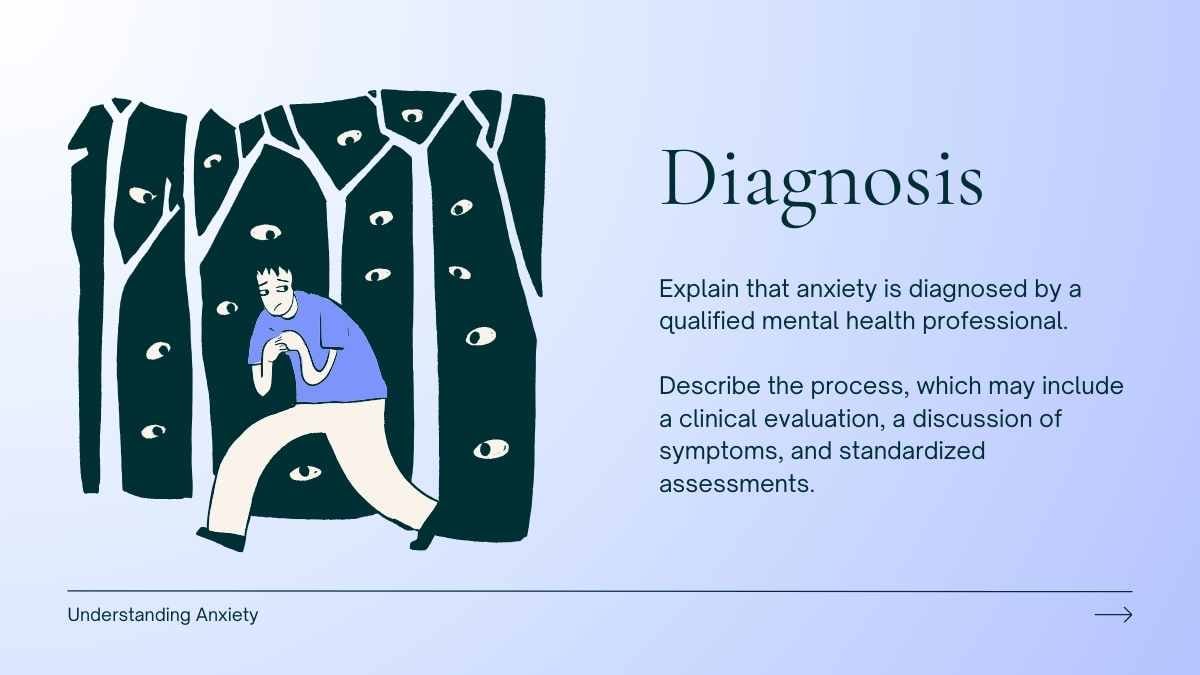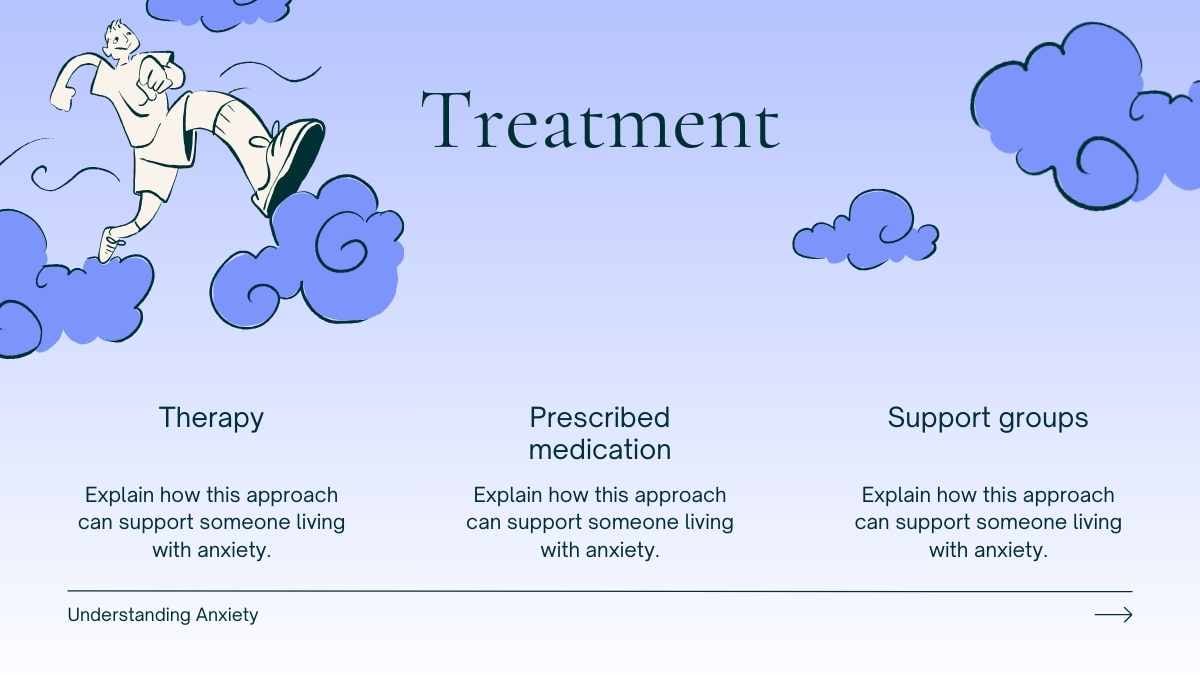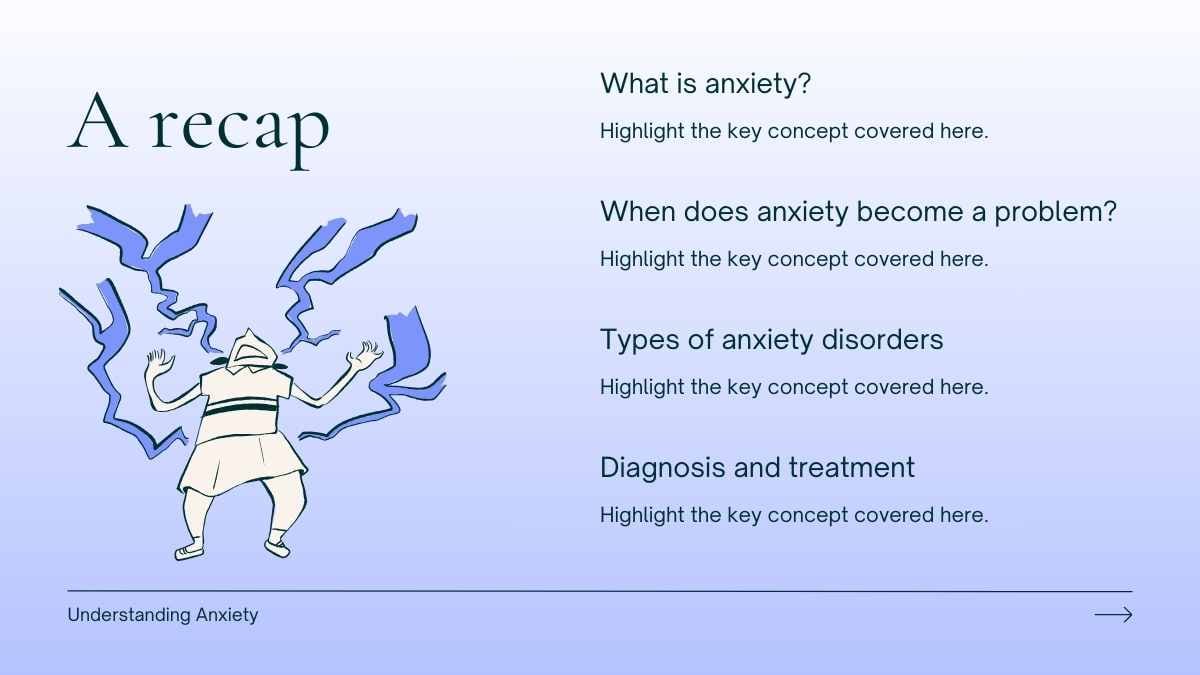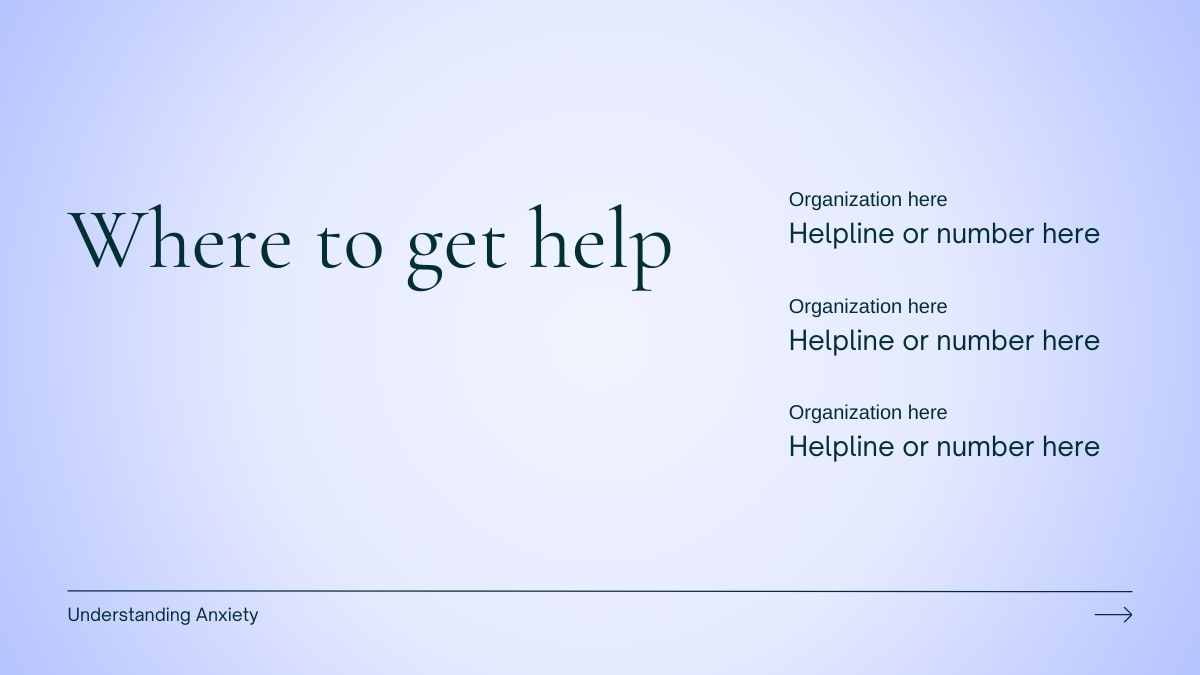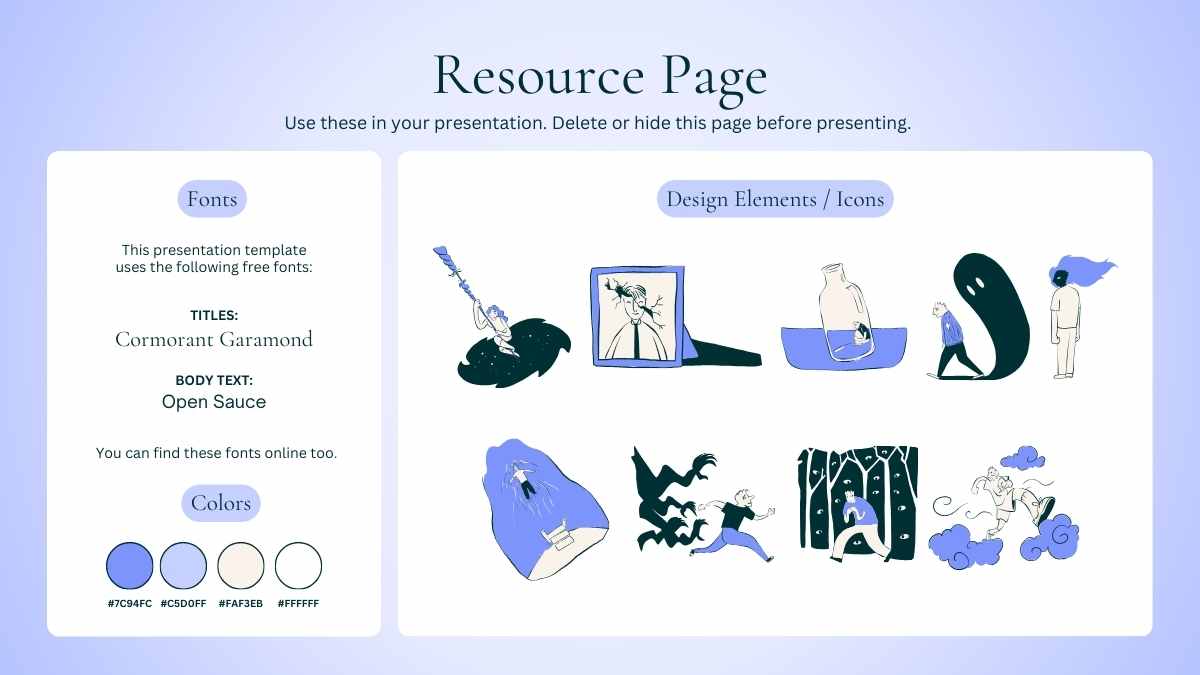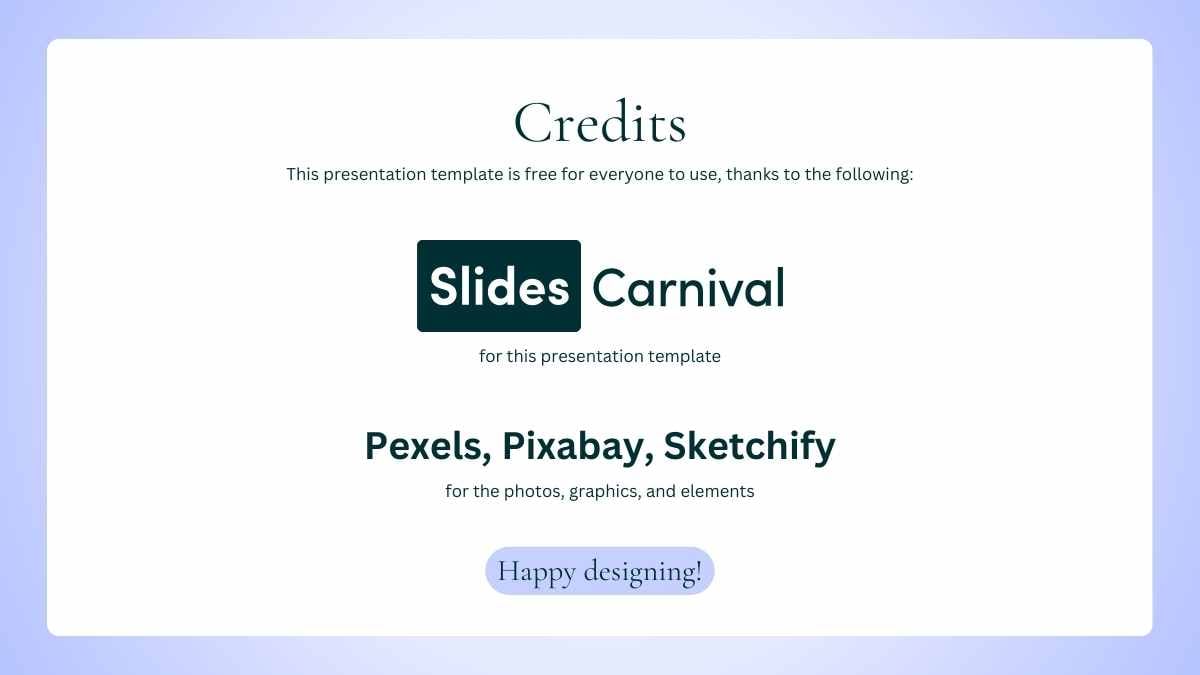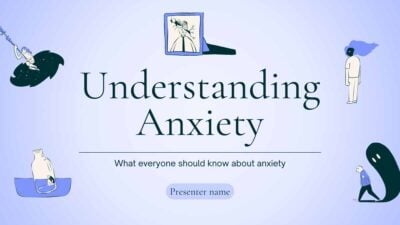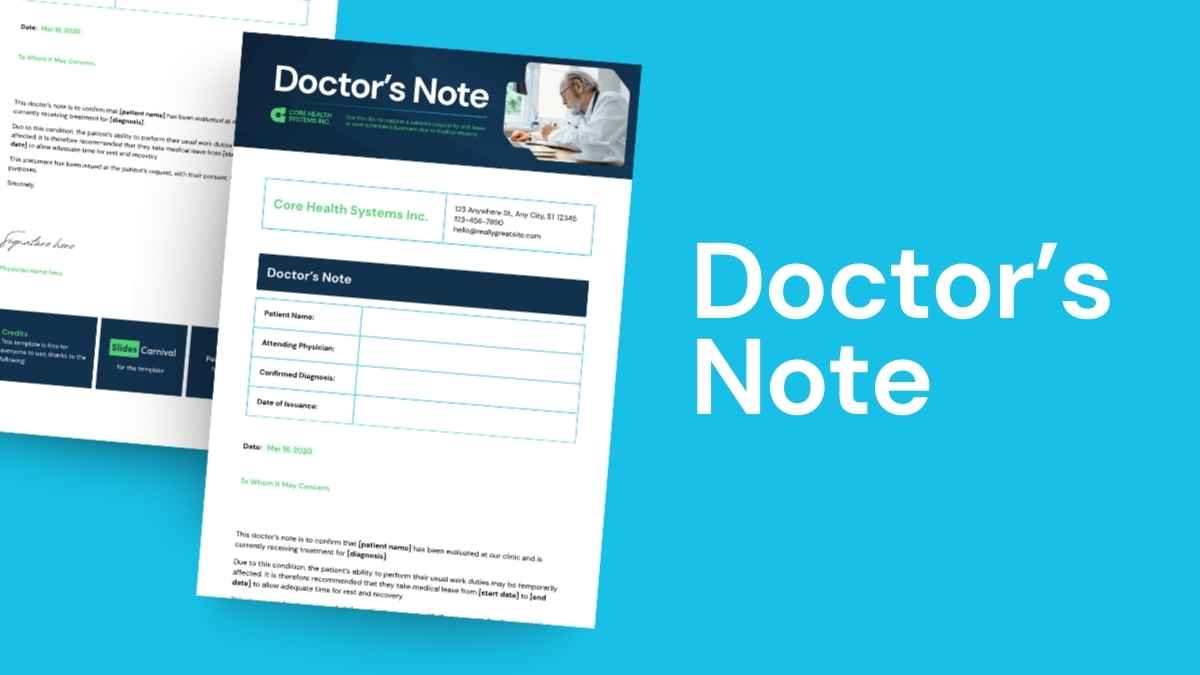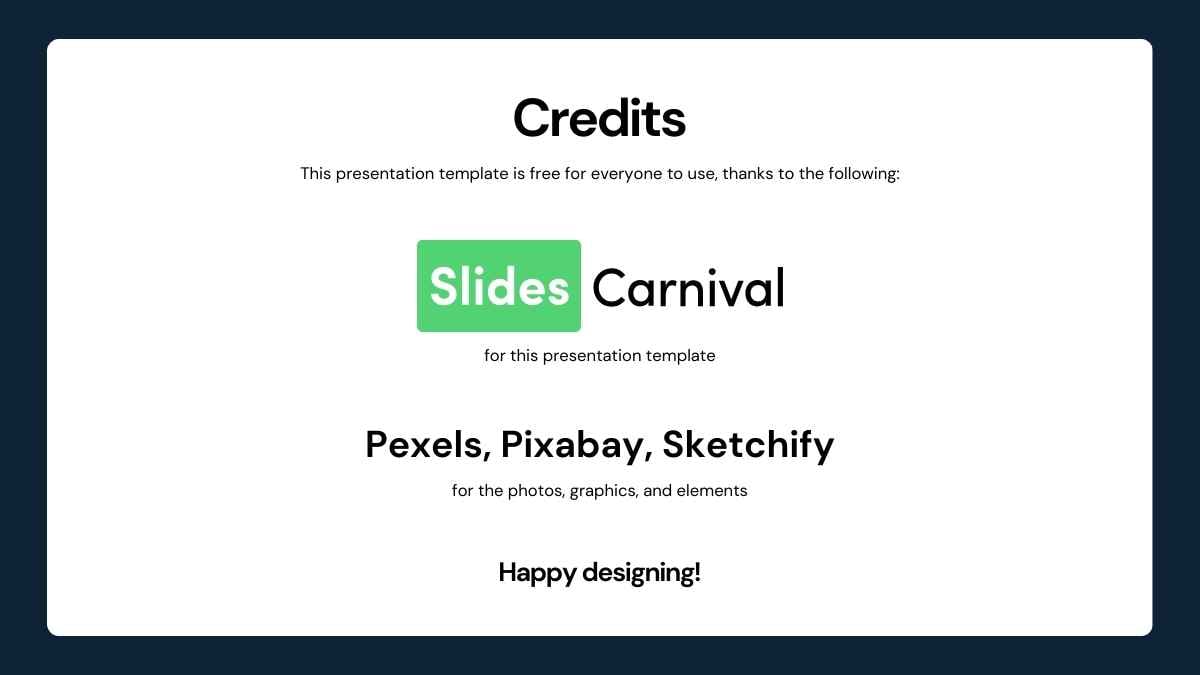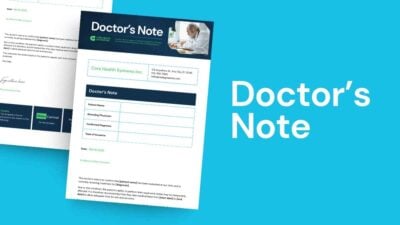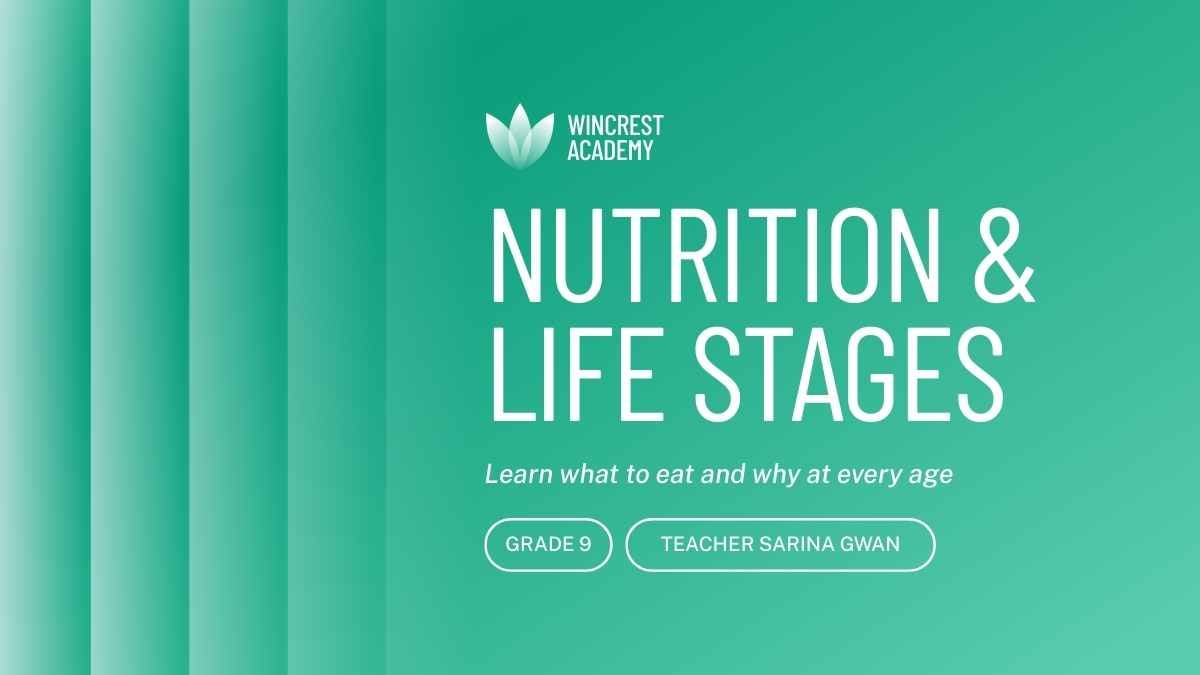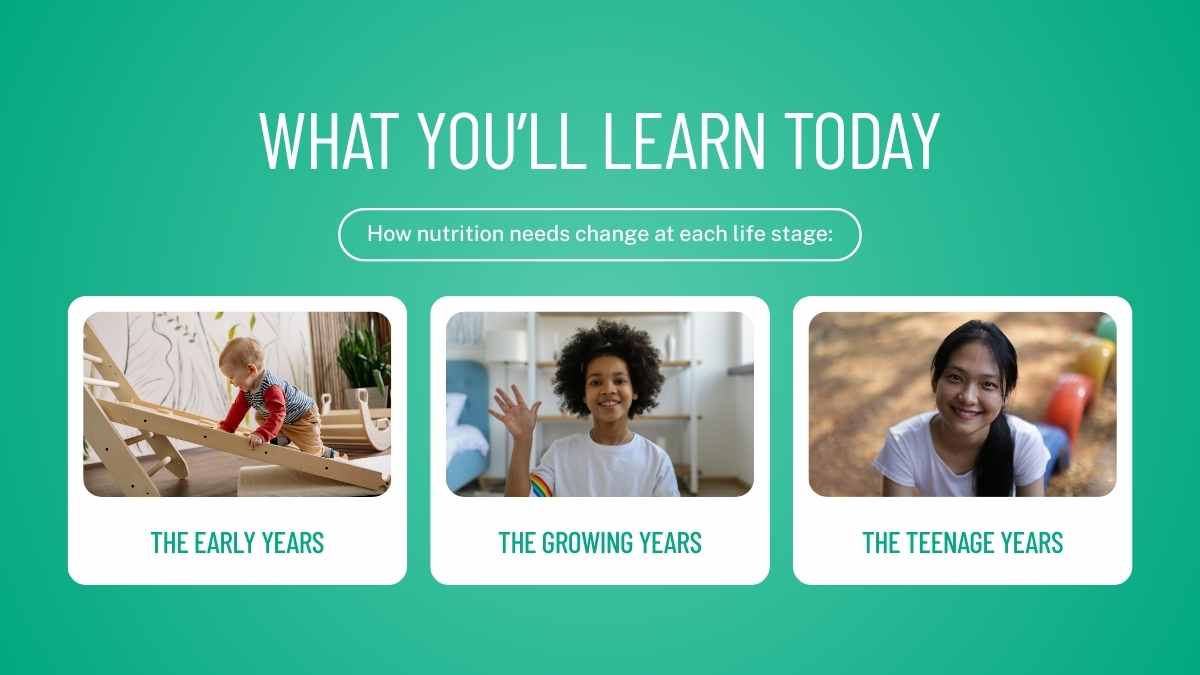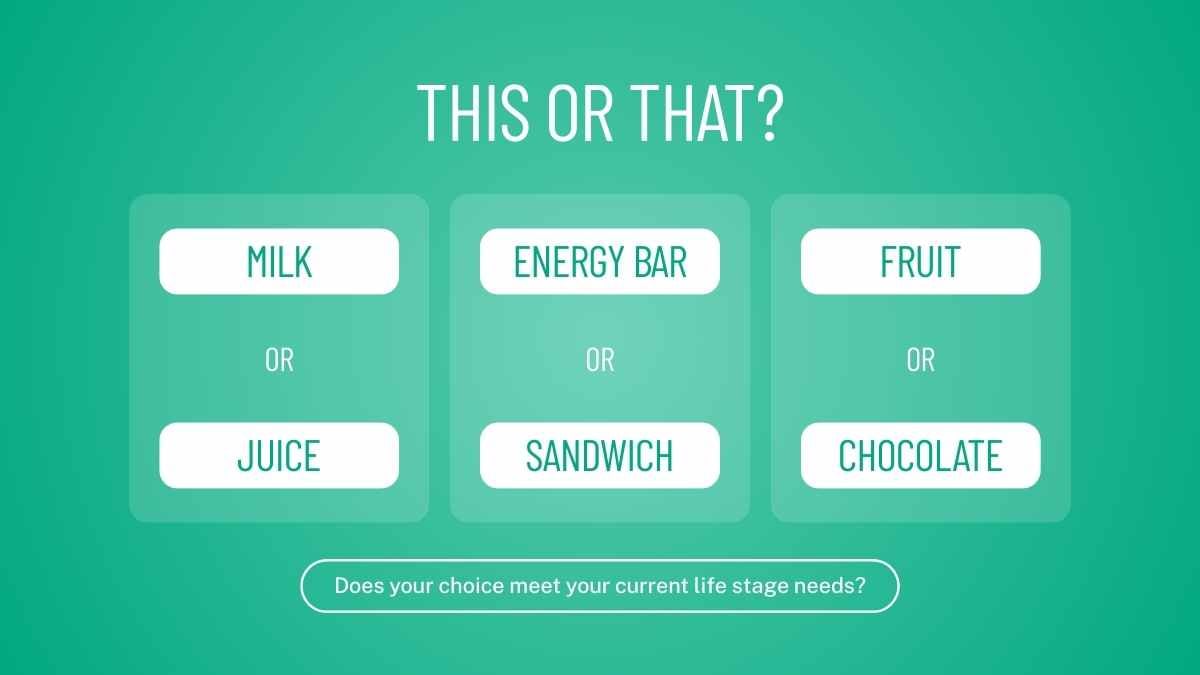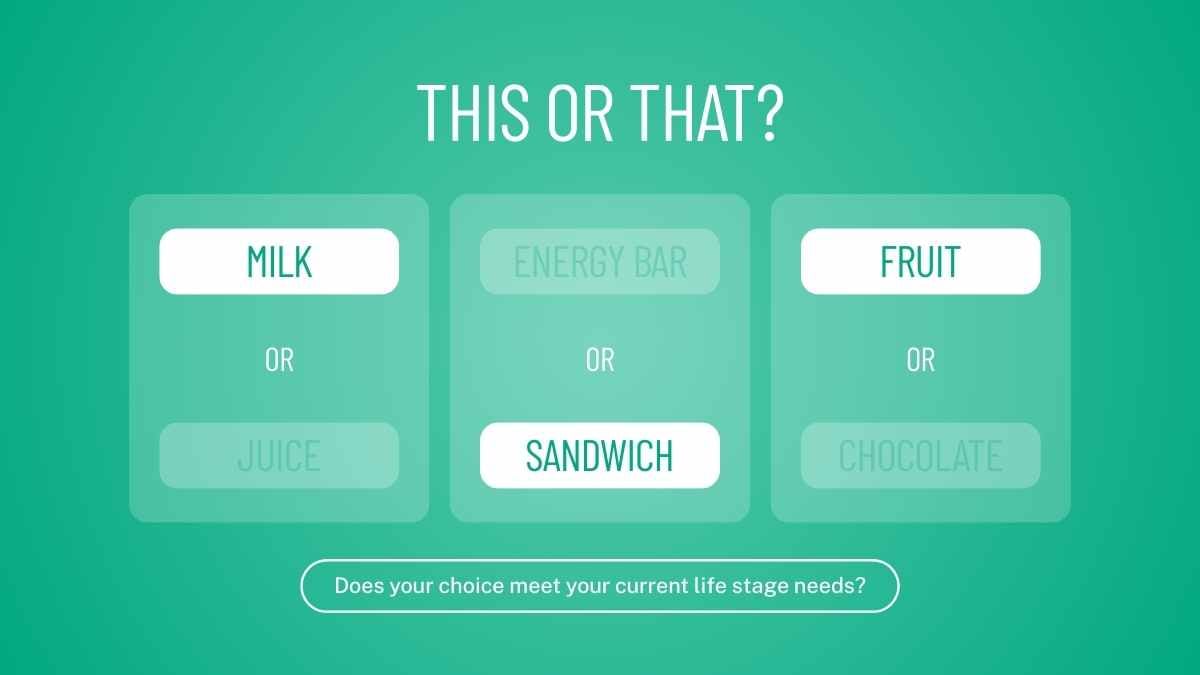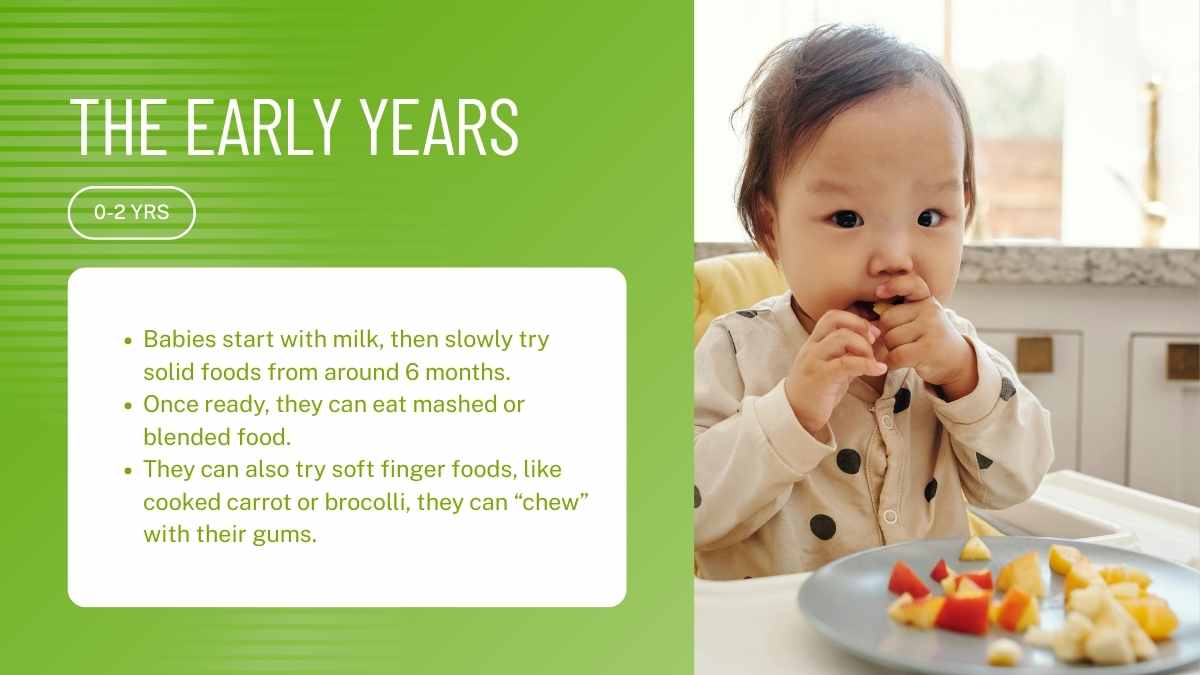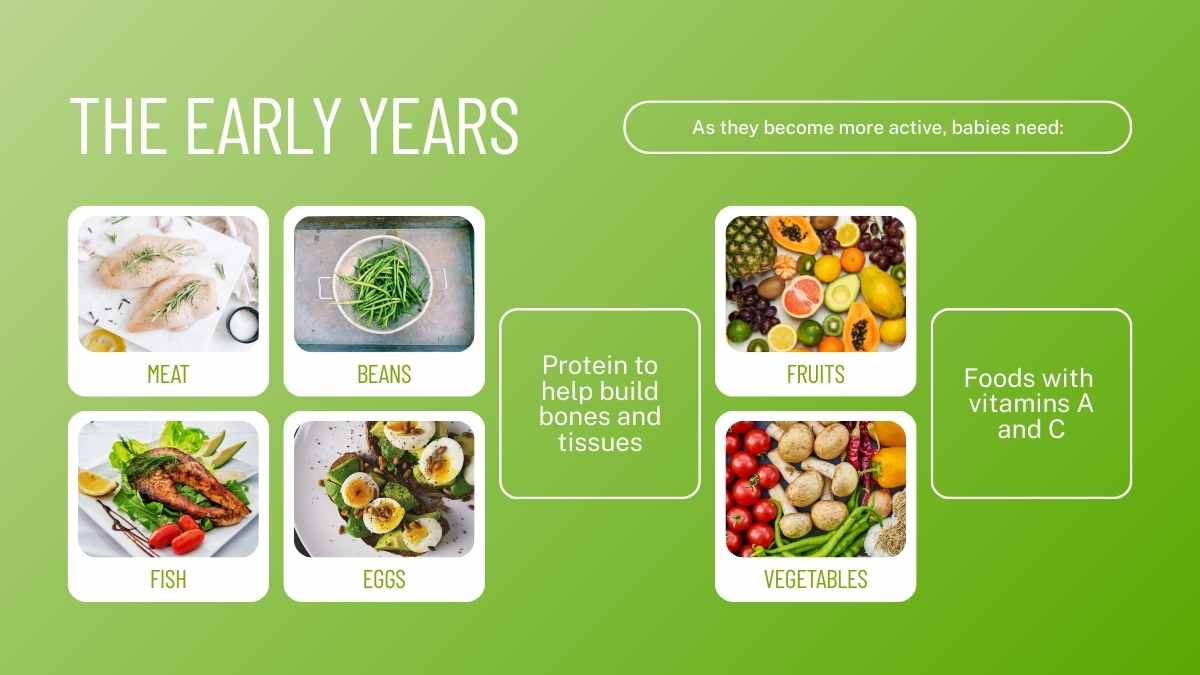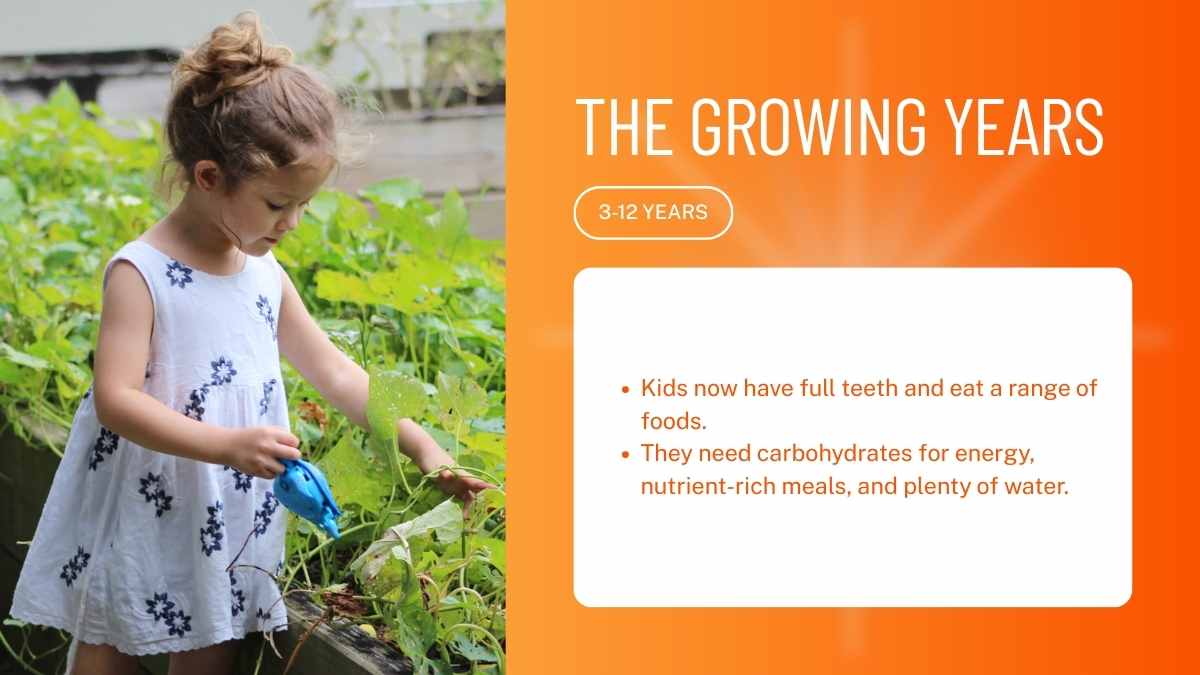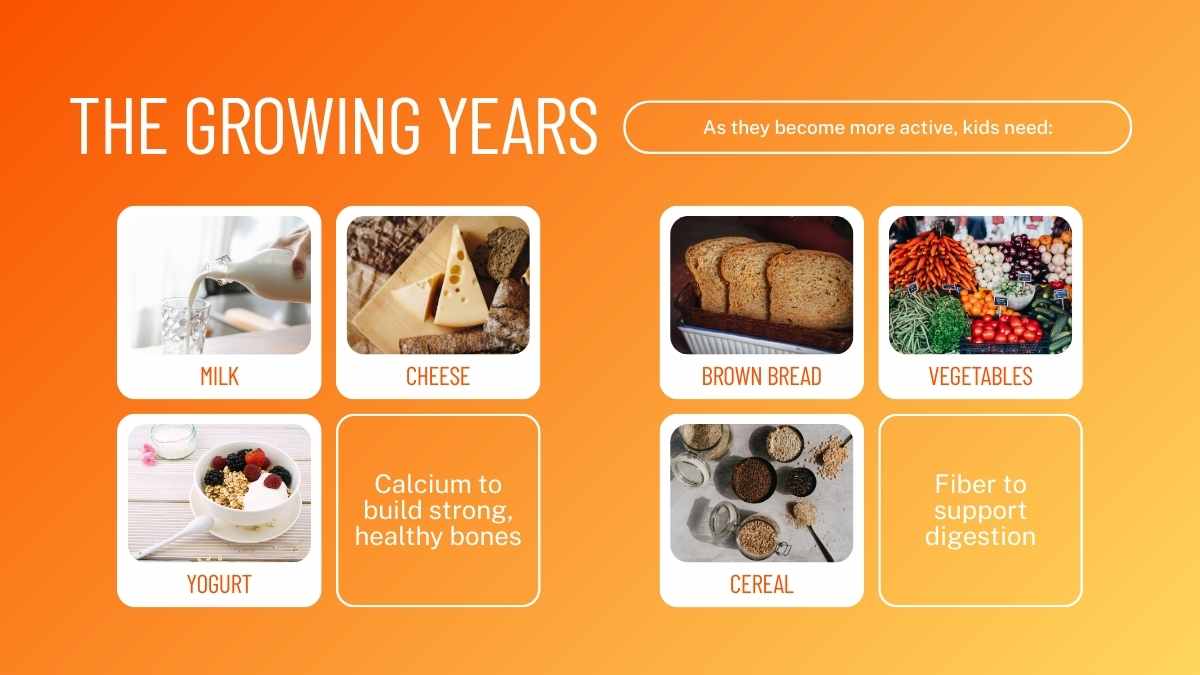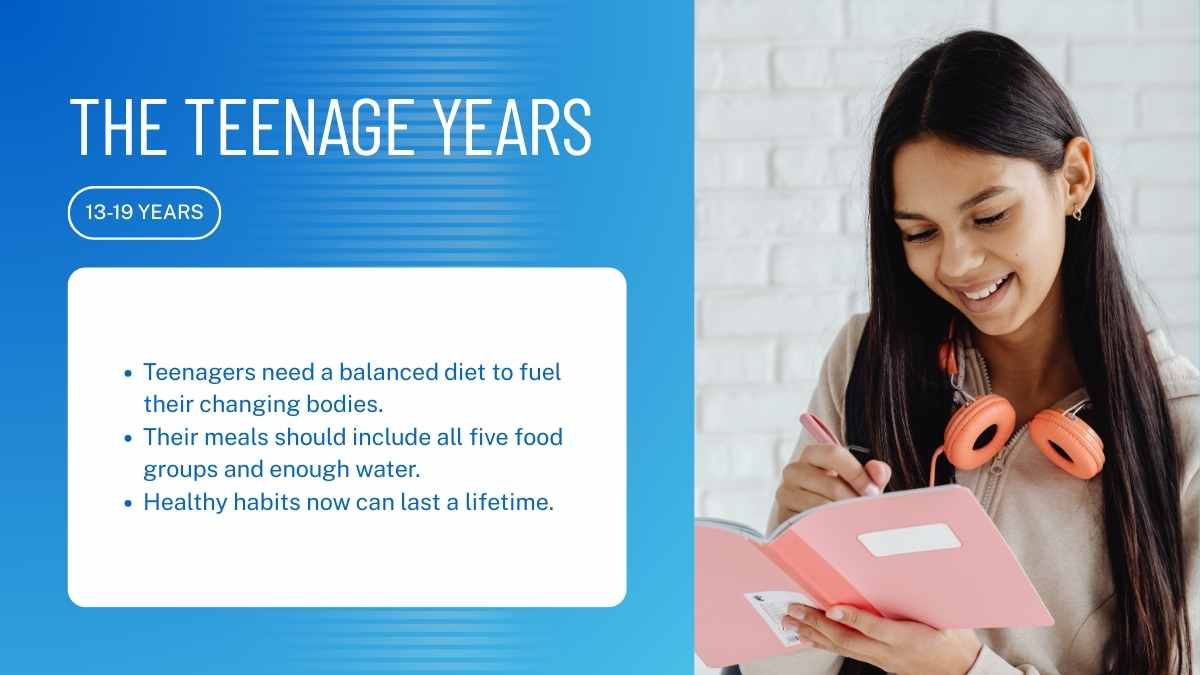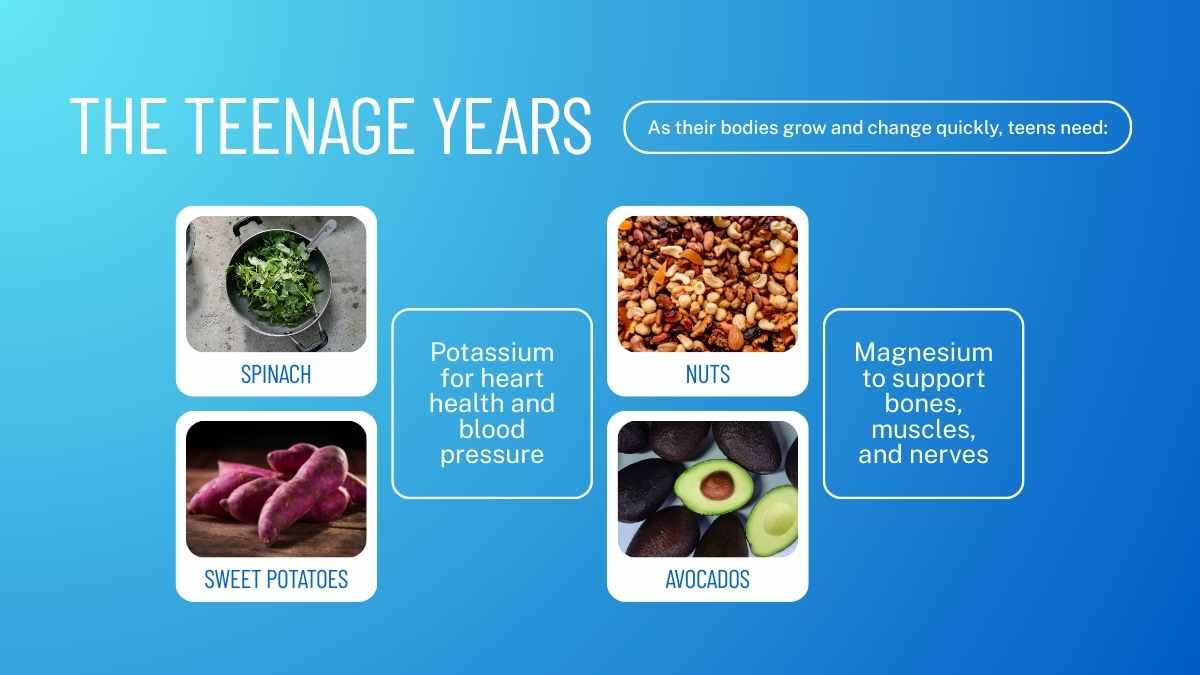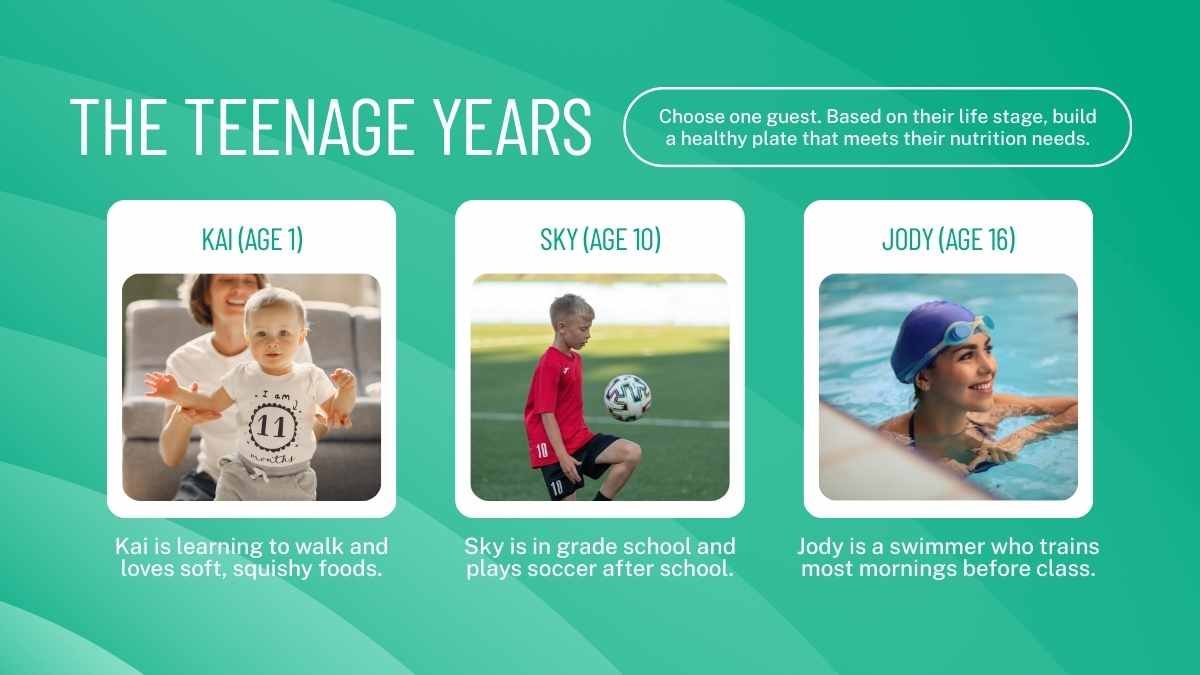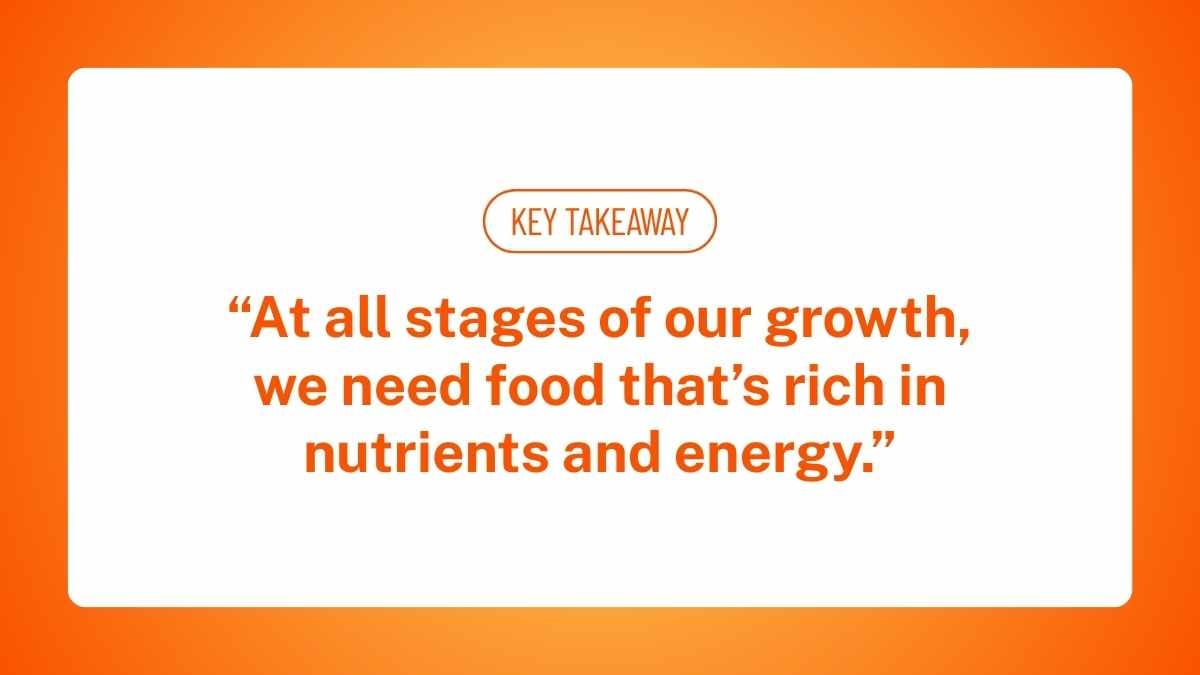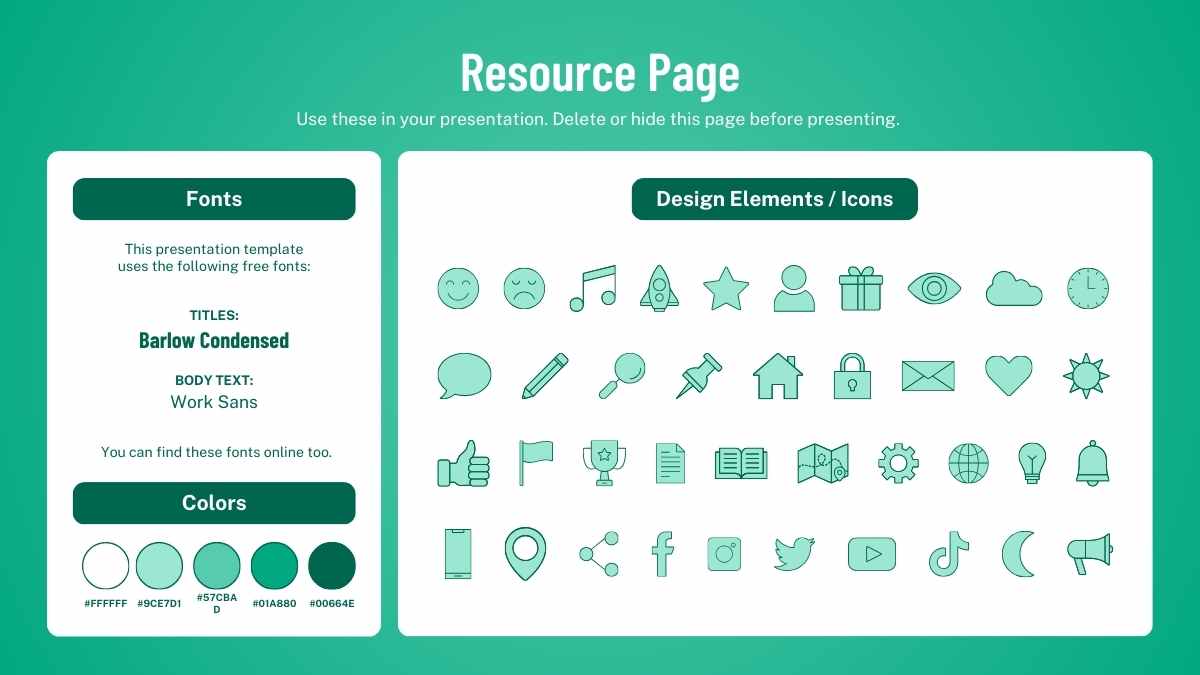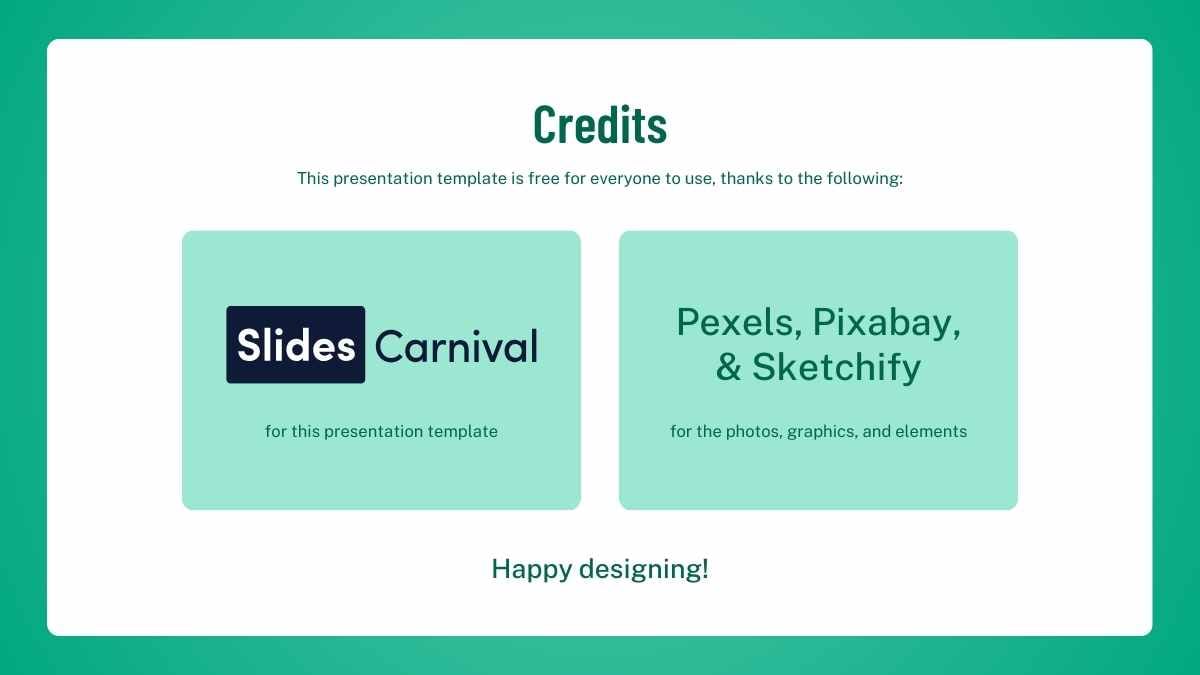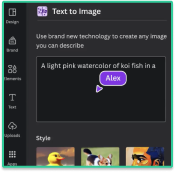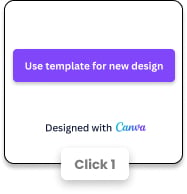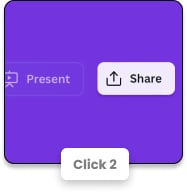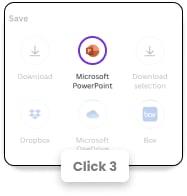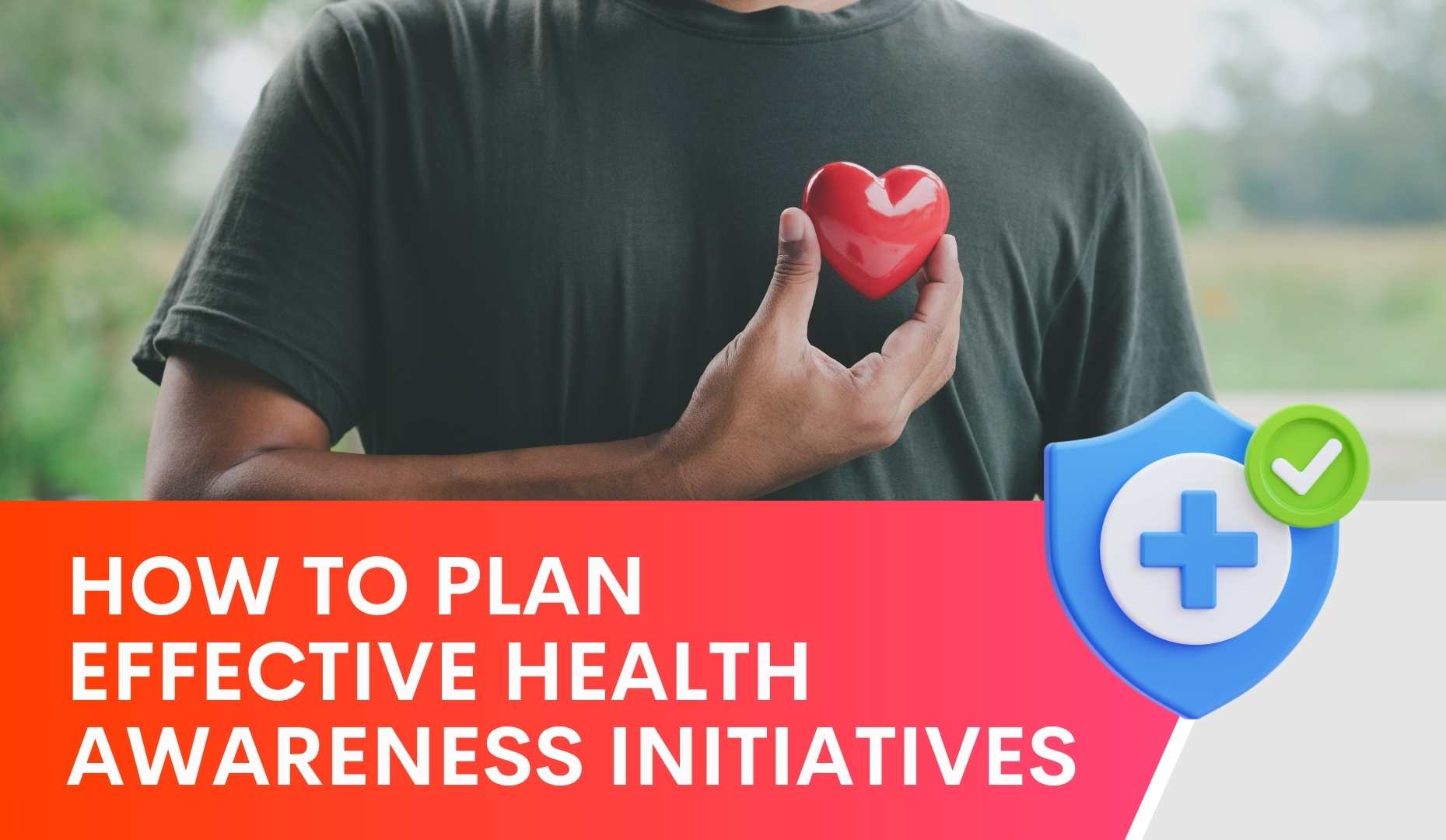
How to plan effective health awareness initiatives
Creating a health awareness initiative is about more than just sharing information—it’s about inspiring people to take action toward healthier lives. The best initiatives start with understanding the community’s needs and finding meaningful ways to connect with them. With clear goals, strong partnerships, and messages that truly resonate, these efforts can create real and lasting impact. Let’s explore how to plan initiatives that not only raise awareness but also make a difference.
Health initiatives are organized programs or strategies aimed at improving the well-being and health of individuals and communities around important health topics. These initiatives matter because they:
- Bridge knowledge gaps in communities that lack access to reliable health information
- Prevent the spread of diseases through early education and intervention
- Build healthier communities through collective action and information campaigns
Organizing health initiatives isn’t limited to government agencies. NGOs, businesses, healthcare providers, and community organizations can also lead initiatives — from large-scale global campaigns to local, community-focused events.
You might ask, what makes these initiatives successful? The answer is a combination of clear messaging, targeted outreach, and measurable goals. Let’s explore those elements next.
Setting clear goals for your health awareness campaign
Before launching a health initiative, ask yourself: What change do I want to see in my community? This helps focus your efforts on a single goal and makes it easier to measure success.
Align with health observances
Start by connecting your campaign to existing global or local initiatives. Explore some common global health observances, along with templates to help you get started.
Mental Health Awareness Month (May)
World Mental Health Day (October 10)


World Cancer Day (February 4)

Bone and Joint Awareness Month (October, may vary by country)
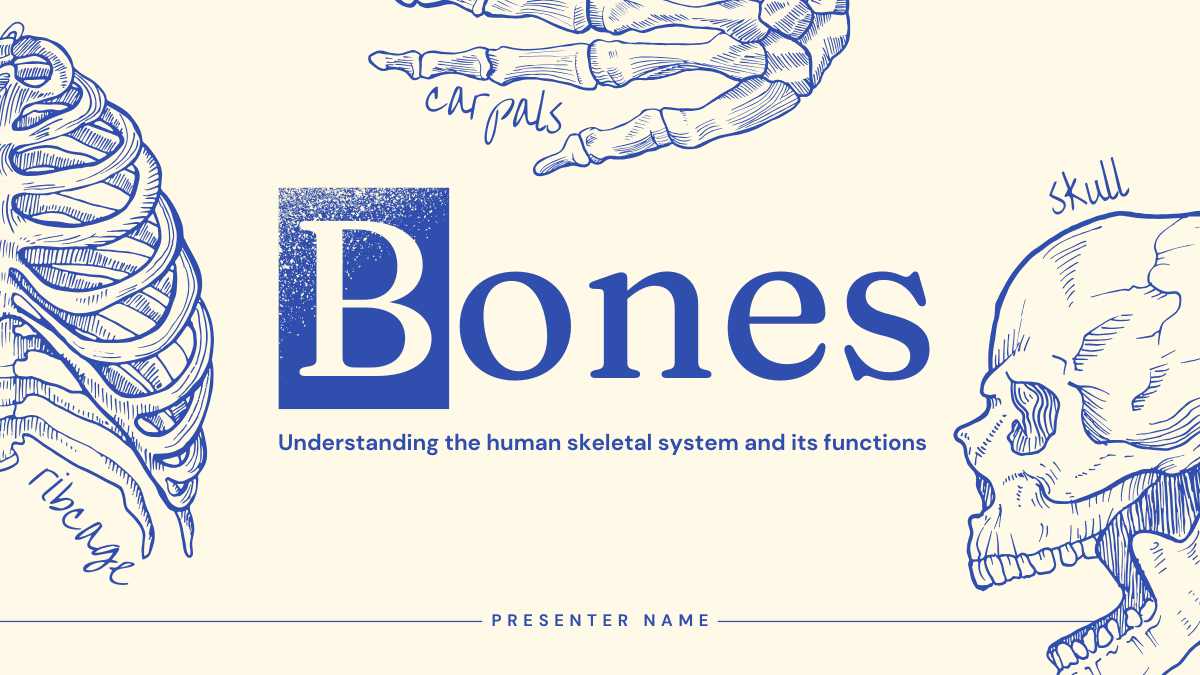
These moments offer built-in momentum and access to existing resources and themes, making it easier to align your initiative’s messaging.
Use SMART goals
SMART goal-setting isn’t just for classrooms or business plans; it works for health initiatives, too. Turn your broad intentions into focused, measurable outcomes.
Recall that SMART stands for:
- Specific (S) – What exactly do you want to accomplish?
- Measurable (M) – How will you track progress or know when it’s done?
- Achievable (A) – Do you have the resources, tools, and support you need?
- Relevant (R) – Does this goal align with your larger priorities or mission?
- Time-bound (T) – What are the start and end dates for this health initiative?
Identifying and understanding your target audience
Effective health initiatives speak directly to the people they aim to help. So how can you create ones that are tailored and targeted? Here are a few strategies worth exploring:
Gather demographic and psychographic data
Look at age, income, education level, and cultural background. Then dig a little deeper: What are their main health concerns? How do they prefer to receive information? A diabetes awareness campaign for college students, for example, will look very different from one designed for retirees.
Create audience personas
Once you’ve gathered insights, build audience personas. For example, a mental health campaign at a university might feature “Stressed-out Student Lila” or “Supportive Friend Inigo.” These profiles can help shape your tone, messaging, and content so it resonates more deeply.
Choosing the right channels and tools
Different audiences consume information in different ways. Choose the channels that best match their habits and preferences.
Digital channels
- Social media: Broad reach, especially among younger people
- Email newsletters: Great for detailed info and ongoing updates
- Webinars: Interactive and educational
- Mobile apps: Ideal for tracking habits and engagement
Traditional channels
- Posters and flyers: Effective in clinics, schools, and local centers
- In-person events: Create meaningful community connections
- Local media: TV, radio, and newspapers can reach wide audiences
- Community partnerships: Collaborate with trusted local groups
Most successful initiatives combine multiple channels. For example, a month-long campaign during Nutrition Month might include:
- Social media teasers to build anticipation and highlight key workshops and other activities
- Email invitations with detailed information
- Posters and flyers placed in health centers and public spaces
- In-person talks that offer hands-on learning and community connection
- Follow-up digital resources to keep the momentum going
Tip
Kicking off a Nutrition Month campaign? Try these templates to help you prepare your presentations and other resources.
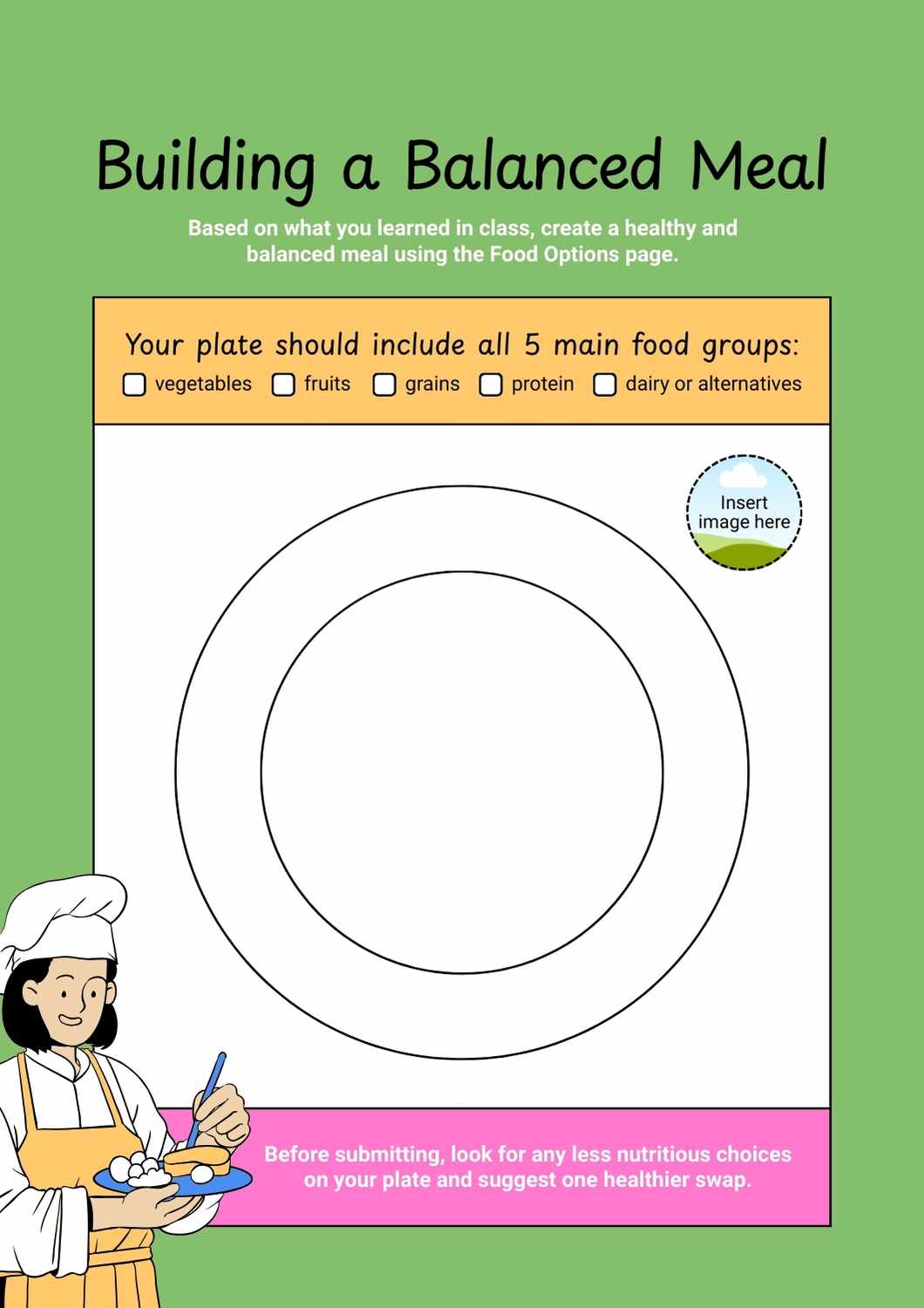
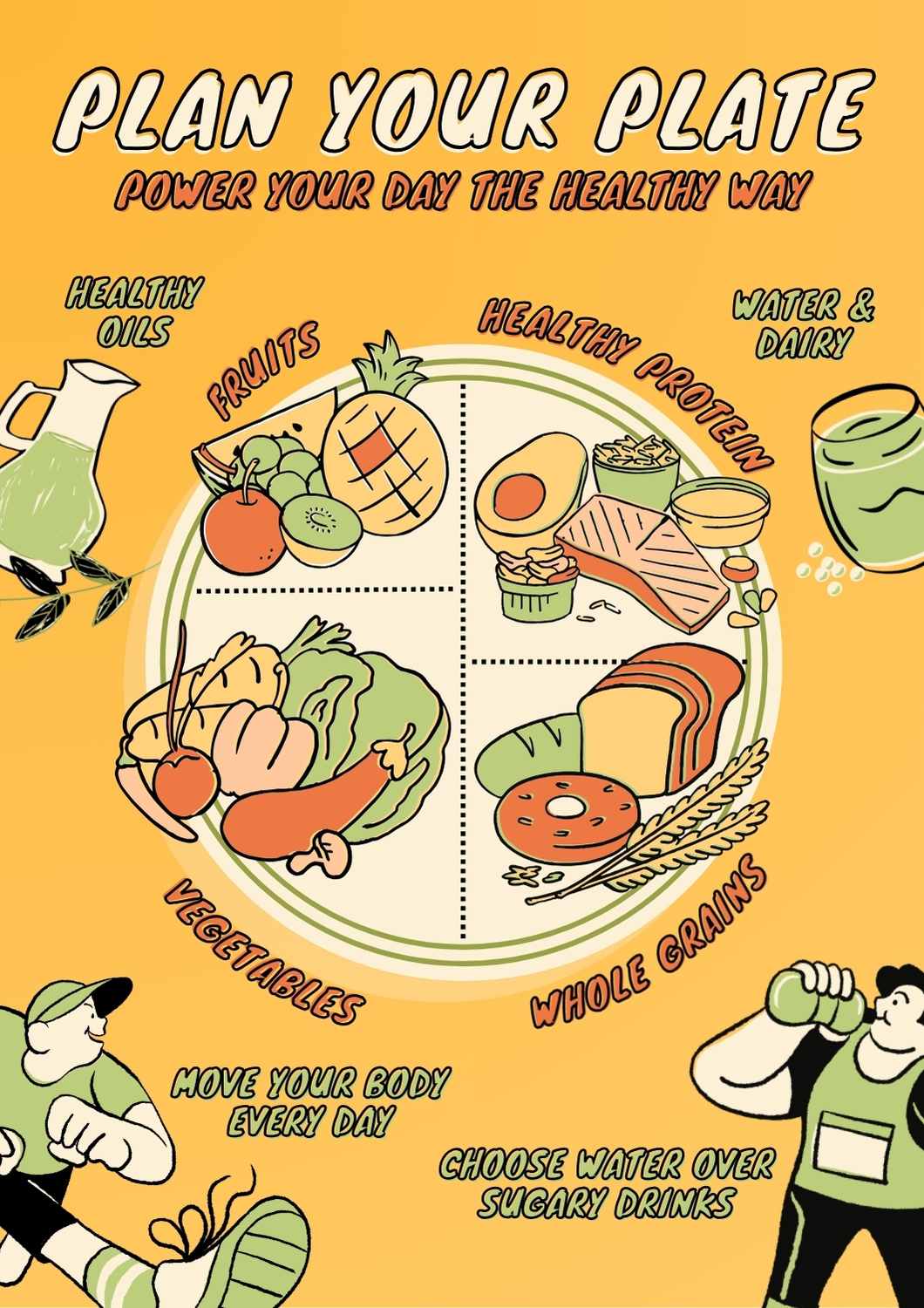
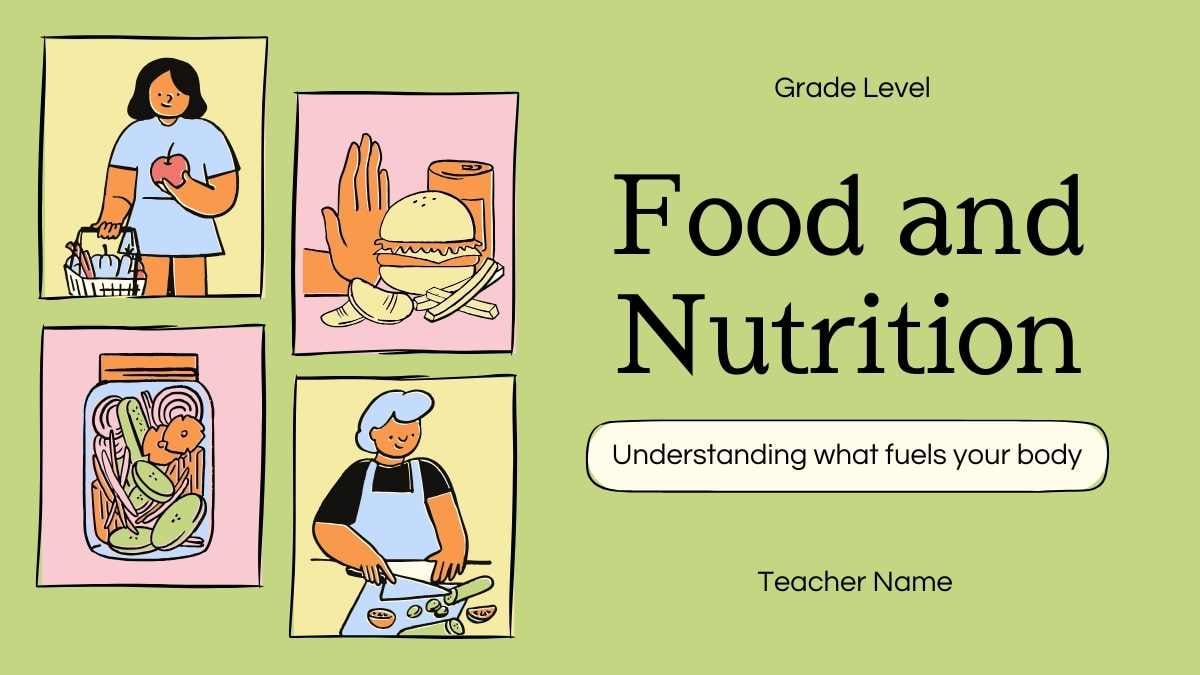
Crafting your message for maximum engagement
Your message is the heart of your health initiative. It should inform, inspire, and be easy to act on. To nail your messaging before, during, and after the campaign:
Anticipate common barriers. Address potential concerns like cost, time, language, or accessibility from the start. Provide alternatives or solutions to help your message reach everyone it’s meant to serve.
- Use clear, inclusive language. Avoid medical jargon. Instead of “hypertension management,” say “controlling blood pressure.” Replace “cardiovascular risk factors” with “things that can hurt your heart health.” Your audience is more likely to engage with your message when it’s easy to understand.
- Promote behavior change. While raising awareness is important, the real power of health messaging lies in inspiring action. For example, instead of just explaining what diabetes is, show specific steps people can take to prevent or manage it.
- Include a strong call to action. Tell your audience exactly what to do next. Where can they go? How can they participate? Where can they get additional resources?
- Match your tone to your audience.
- Students – casual, engaging, visually rich
- Healthcare professionals – Evidence-based, data-driven, clinically relevant
- Community groups – Warm, inclusive, culturally sensitive
- Corporate teams – Professional, efficiency-focused, results-oriented
- Anticipate common barriers. Address potential concerns like cost, time, language, or accessibility from the start. Provide alternatives or solutions to help your message reach everyone it’s meant to serve.
Tip
Here are some general medical-themed templates you can use when creating presentations and other resources for your initiative’s workshops and talks:

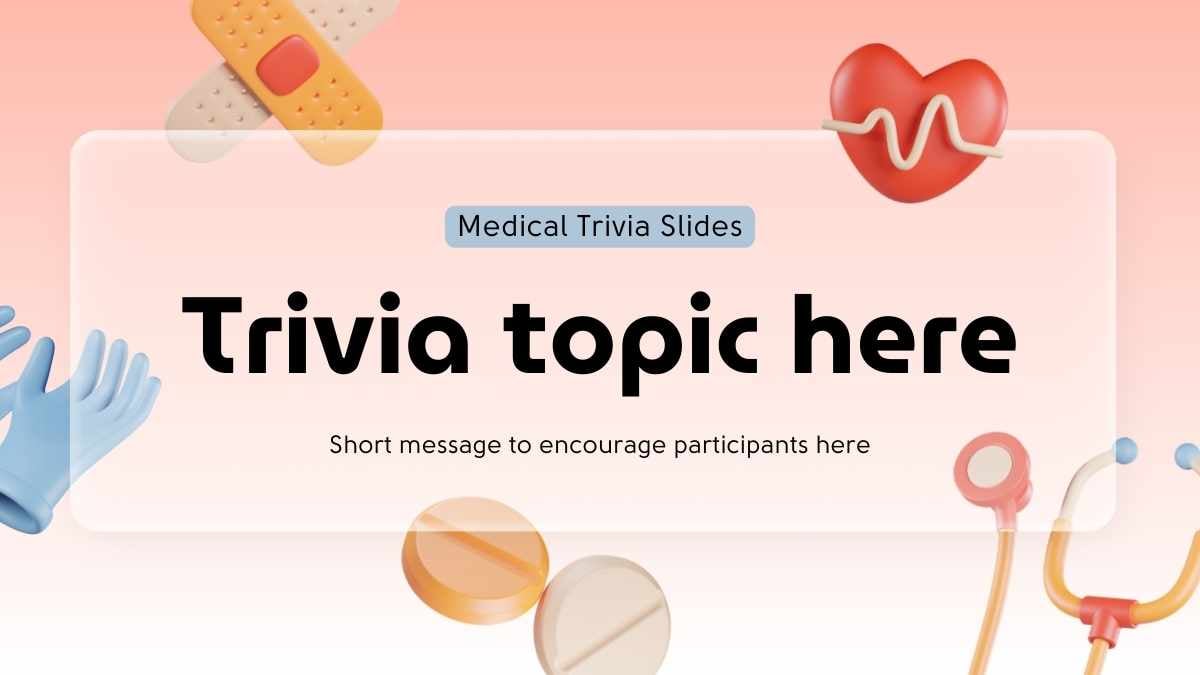

Measuring success and improving over time
Tracking results is how you learn what works and how you make future health initiatives better.
Some of the key metrics to consider:
- Engagement
- Event attendance
- Social media reach
- Email open/click-through rates
- Website traffic
- Knowledge
- Pre/post campaign surveys
- Quiz scores
- Feedback form results
- Behavior change
- Referral form submissions
- Participation in follow-up programs
- Self-reported changes
Some health initiatives take time to show real impact. That’s why it’s crucial to collect data well after the campaign ends, not just during or immediately after.
Use post-event surveys within 48 hours to capture fresh feedback, and follow up at 30 and 90 days to measure long-term community impact. Remember to gather insights from staff and volunteers, too. Their feedback is key to improving future initiatives.
Most importantly, document lessons learned, such as:
- What exceeded expectations and why
- What underperformed and what you would adjust
- Unexpected hurdles and how you navigated them
- Budget and resource takeaways
- Audience feedback that could shape future campaigns
Key takeaways
Planning an effective health initiative takes strategy and care, but the rewards can be long-lasting and community-wide.
Here’s a quick recap of what we covered in this article:
- Health initiatives combine education, action, and awareness to improve public health.
- Set SMART goals tied to health observances and grounded in real-world constraints.
- Know your audience. Use research to shape messaging, tone, and delivery.
- Use a mix of communication channels for a wider reach.
- Keep your language clear and actionable. Focus on changing behavior, not just spreading awareness.
- Measure as many key metrics as you can and build on what works.
Once you’re ready to put your plans into action, you can explore our medical-themed templates to help you create impactful presentations, workshops, and campaign materials for your next health initiative.

